The last couple of years have included a number of life events that have made any gardening at all a challenge, and I was getting very sick of the front garden patch always being waist high in weeds and grass. I cut it down with a weed eater every now and then, and kept meaning to just start mowing it regularly and letting it become lawn again, but didn't actually do it. Feeling frustrated and overwhelmed with my current inability to keep on top of everything, I decided I would simply cover the whole area (about 50 square meters) in black plastic over winter, and let it kill off all the grass and weeds, and then lift the plastic and plant for summer. But I was behind in doing that too.
On 27th October 2017, after weedeatering down the weeds once again, I finally laid the plastic. Too late to actually kill everything off before summer planting. So instead, I decided to plant with the plastic in place, and this is what I did:
They all grew super fast! The heat was obviously a contributor. The grass rotting down under the plastic would have provided plenty of extra food also. Here are some progress pics, with dates captioned below. Further down, I will itemize the harvest totals.
Pink Banana Jumbo Squash
* This was a small last minute squash I found up in a tree when pulling the vines. Not sure if it's mature enough to eat, so have not counted it's weight in the total or averages
|
Pink banana jumbo squash start out very yellow, and turn pink as they mature. The flesh is bright orange. It is well flavoured and excellent roasted or for soups. The puree of this squash was commonly used in baking instead of butter during WWII.
Planted: 3 plants
Average number of squash per plant: 6 Total weight: 167.20kg Average per fruit: 9.84kg Average yield per plant: 56 kg of squash |
Crown Pumpkin
|
Number of plants: 4
Average fruit per plant: 6 Total yield (kg): 74 Average per fruit: 2.85kg Average yield per plant: 17.1 kg |
Butternut Squash
|
Total plants: 4
Average fruit per plant: 5.75 Total weight: 30.49 kg Average per fruit: 1.33 kg Average yield per plant: 7.65 kg Butternut are a lovely sweet squash - the flavour is best after they have been stored for at least a month, as this allows time for the starches to convert to sugars. |
Buttercup Squash
Total plants: 5
Average fruit per plant: less than one
Total weight: 8.53kg
Average weight per fruit: 1.42kg
Average yield per plant: 1.71kg
Spaghetti Squash
Number |
Weight (kg) |
Number |
Weight (kg) |
Number |
Weight (kg) |
Number |
Weight (kg) |
1 |
2.0 |
15 |
1.03 |
29 |
1.30 |
43 |
1.62 |
2 |
3.86 |
16 |
1.60 |
30 |
1.89 |
44 |
1.54 |
3 |
2.61 |
17 |
1.32 |
31 |
1.66 |
45 |
1.08 |
4 |
3.23 |
18 |
1.45 |
32 |
1.94 |
46 |
2.84 |
5 |
3.60 |
19 |
1.32 |
33 |
1.12 |
47 |
1.42 |
6 |
1.99 |
20 |
1.09 |
34 |
1.39 |
48 |
2.14 |
7 |
1.79 |
21 |
1.08 |
35 |
1.52 |
49 |
1.58 |
8 |
1.80 |
22 |
2.49 |
36 |
0.74 |
50 |
1.71 |
9 |
2.76 |
23 |
1.83 |
37 |
2.24 |
51 |
1.86 |
10 |
2.77 |
24 |
1.02 |
38 |
1.89 |
52 |
1.60 |
11 |
3.71 |
25 |
0.73 |
39 |
0.79 |
53 |
3.20 |
12 |
0.97 |
26 |
0.99 |
40 |
1.04 |
54 |
3.82 |
13 |
1.72 |
27 |
1.30 |
41 |
0.94 |
- |
- |
14 |
1.18 |
28 |
1.24 |
42 |
1.53 |
- |
- |
Average fruit per plant: 9.17
Total weight: 96.88kg
Average per fruit: 1.79kg
Average yield per plant: 16.15kg
| Spaghetti squash are used instead of pasta - cut the squash in half lengthwise, scoop out the seeds. Place squash cut sides down on a baking paper lined tray. Prick all over. Bake 180C for approx 40 mins or until tender. Then pick up one half at a time with a teatowel, and scrape out the flesh with a fork into a bowl. The flesh comes out in spaghetti-like strands. |
Grand Total: 124 squash = 378.10kg
Dollar value if I were buying the squash? Again, just for fun, I decided to put an approximate dollar value on the squash if I were purchasing them from the supermarket. I used prices seen locally (where some of them are on special), or in the case of the spaghetti squash, what others have told me they are paying:
Spaghetti squash $4.99 each x 54 = $269.46
Buttercup squash $2 each x 6 = $12
Crown pumpkin $4.99 each x 24 = $119.76
Butternut squash $4.99 each x 23 = $114.77
Pink banana jumbos it's harder to put a price on, but using the crown at $4.99 each with an average weight of, lets say 3kg, then the price per kg would be $1.66. Mutiplying that out to the total jumbo squash (167.2 kg) then total value = $278.12
Total squash price to buy: $794.11
Of course, there are huge variables - what is available locally, what they are charging etc.
But still, a fun exercise.
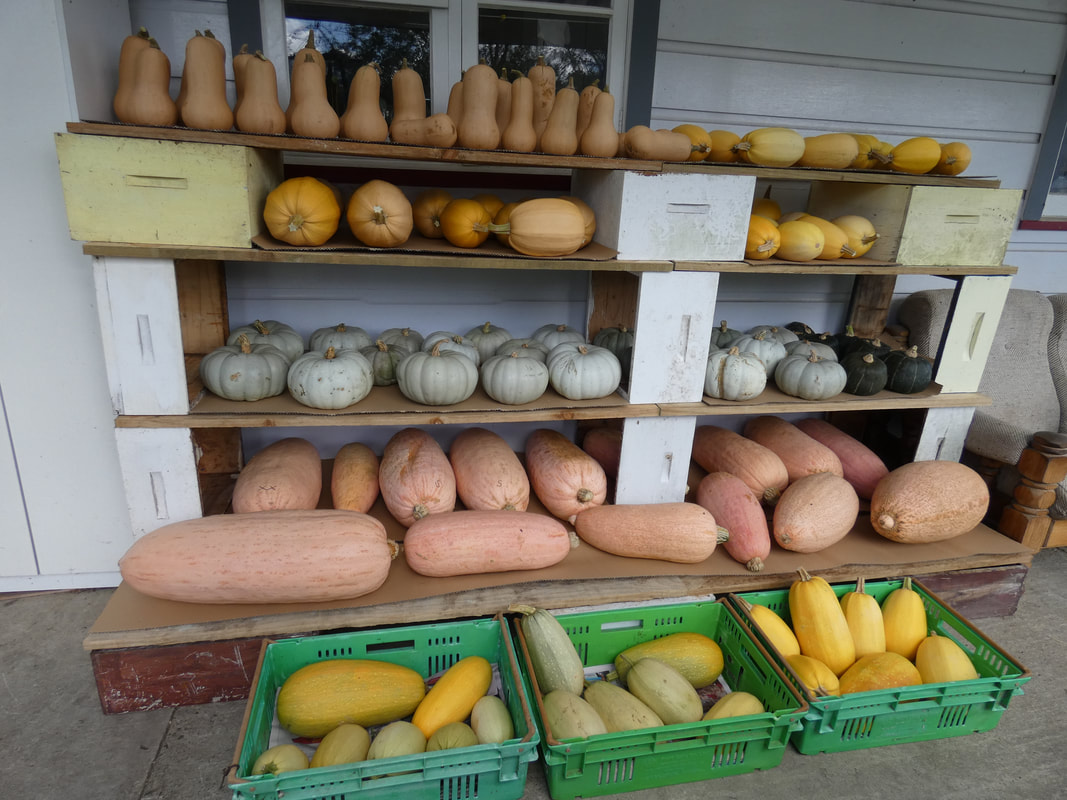
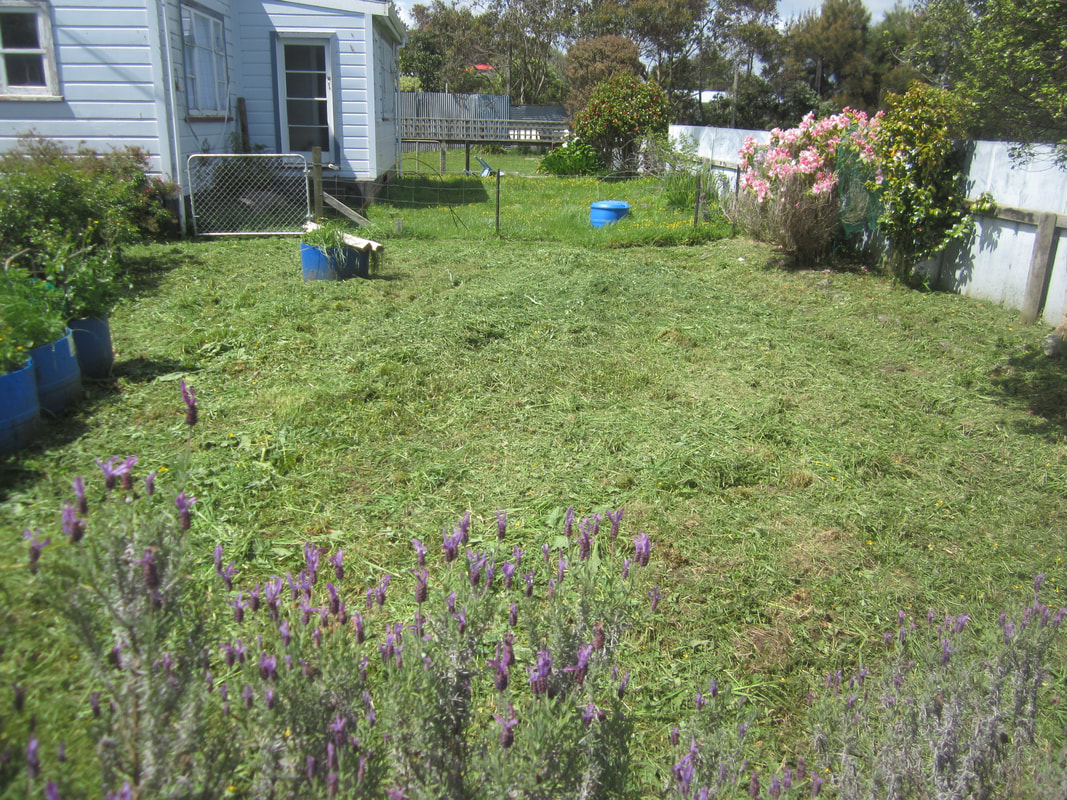

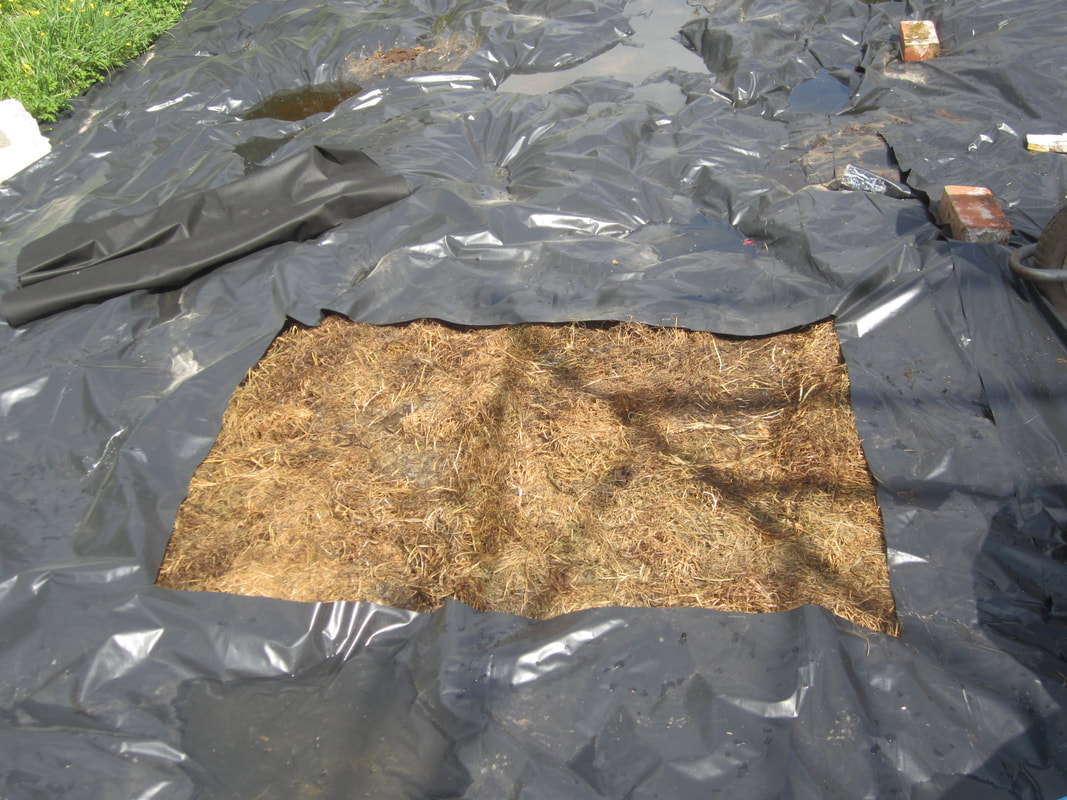
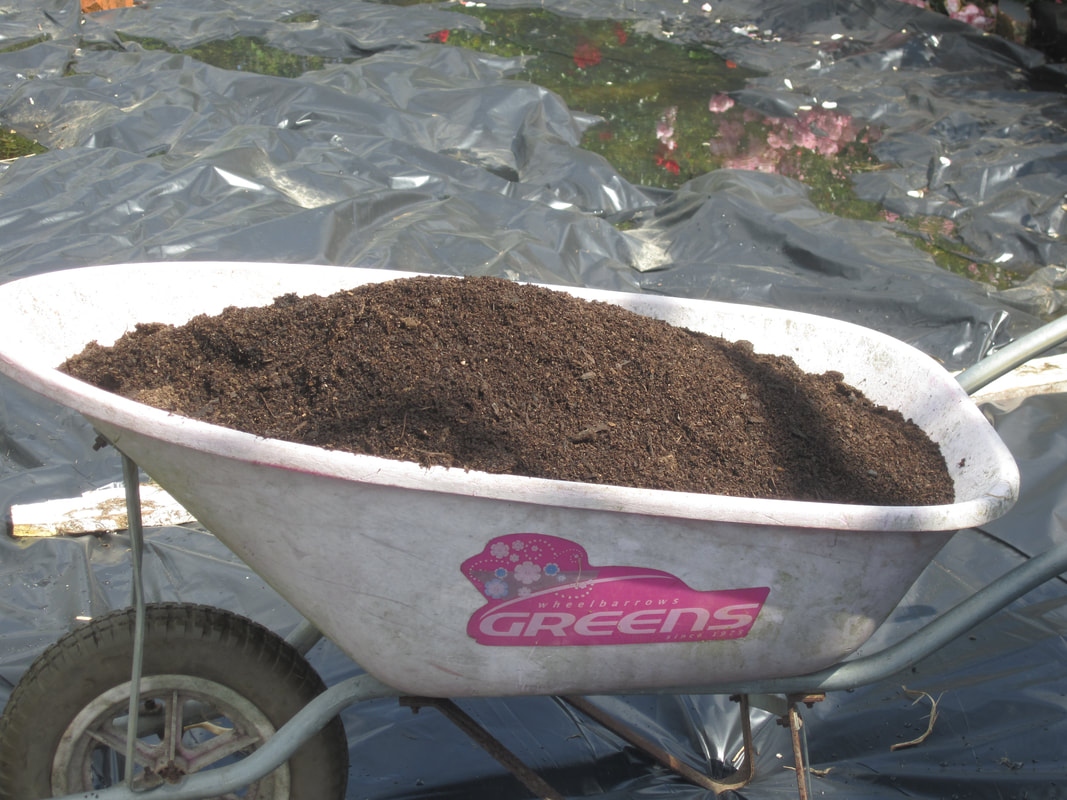
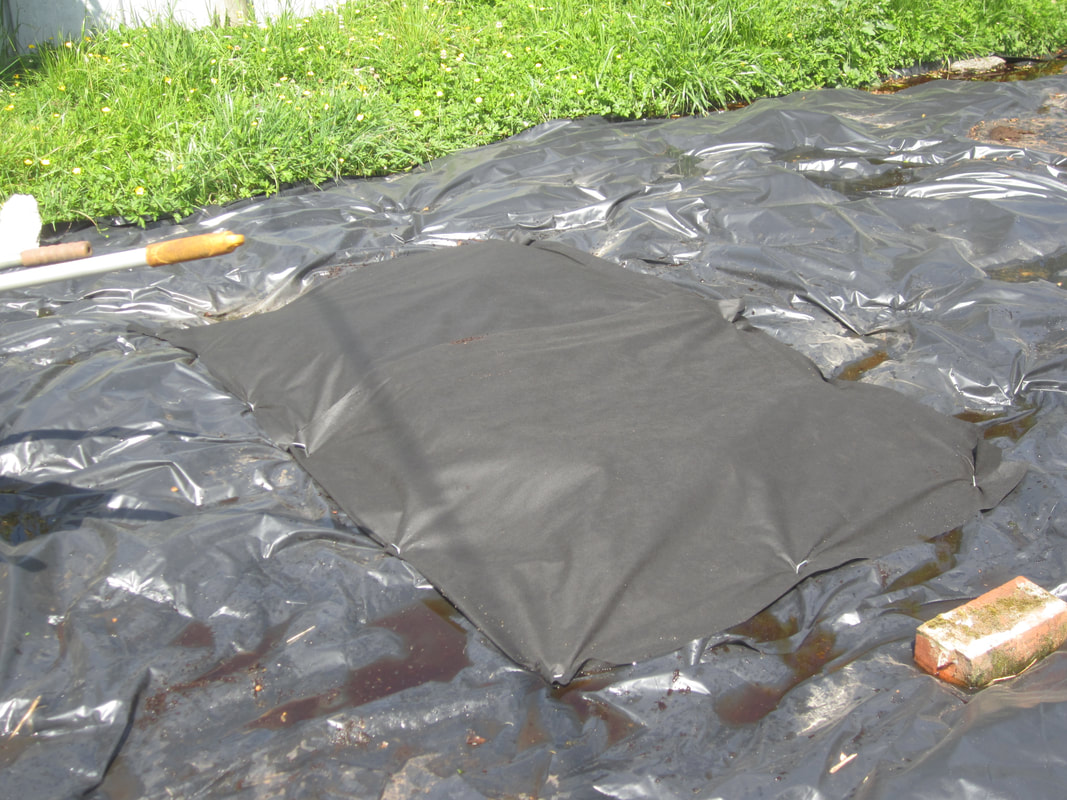
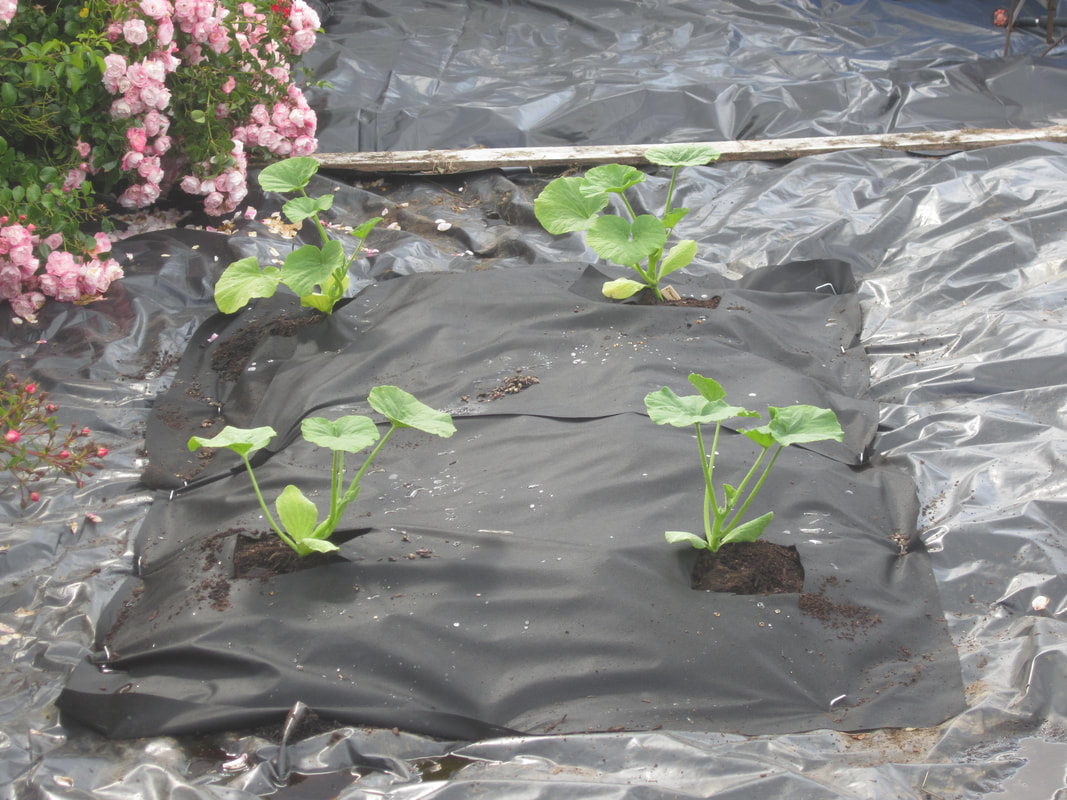
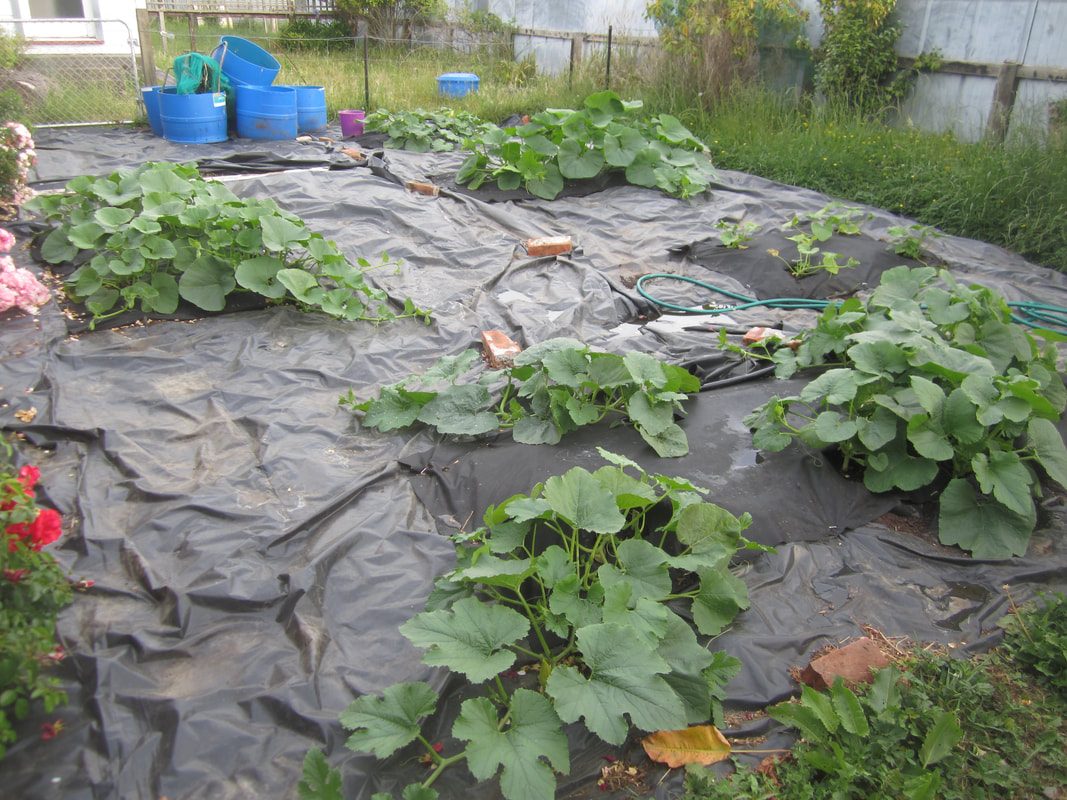

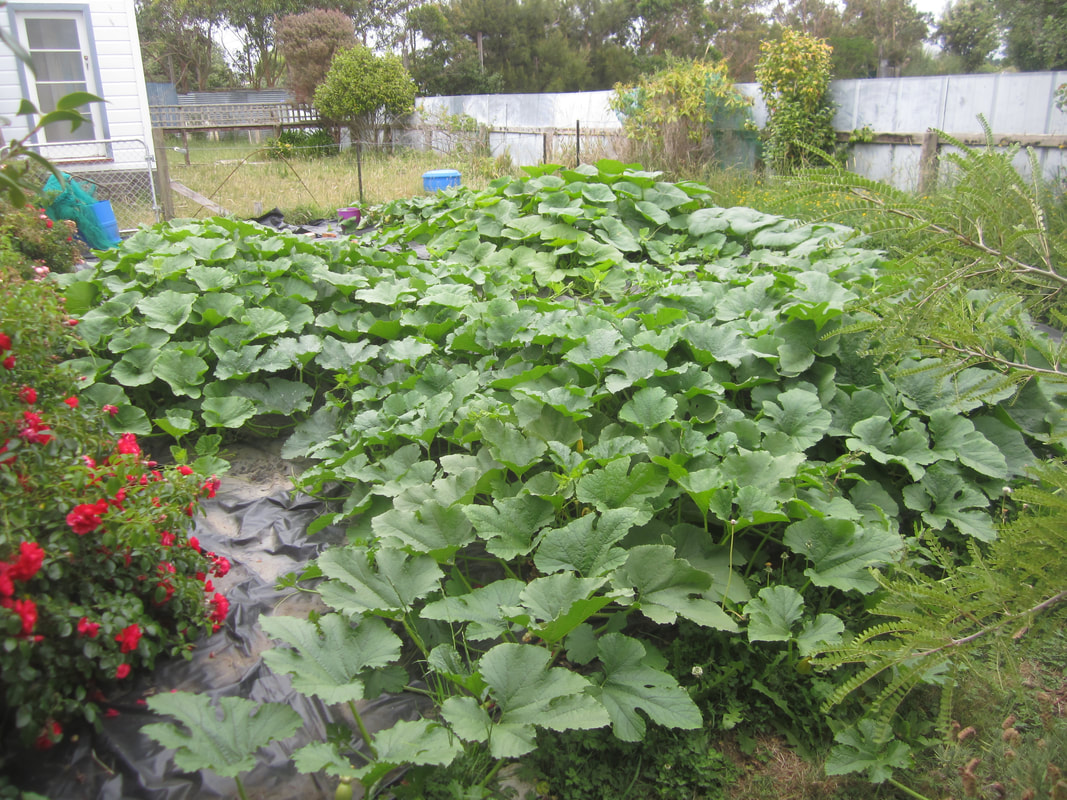
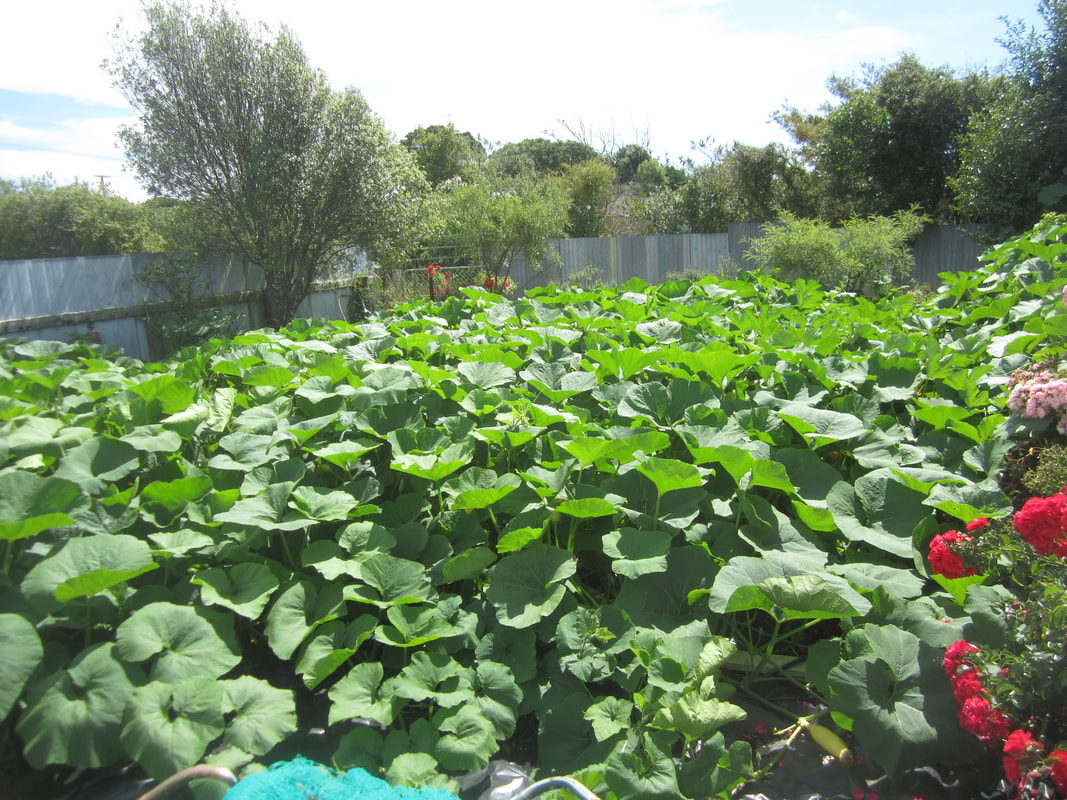
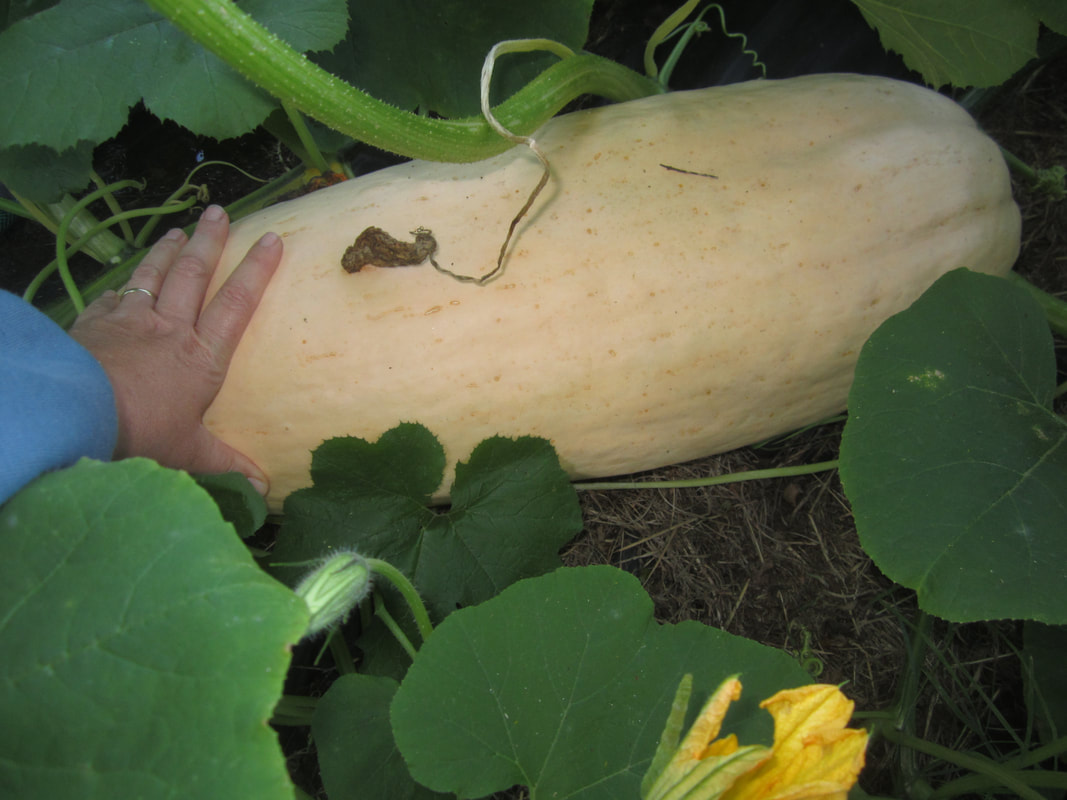
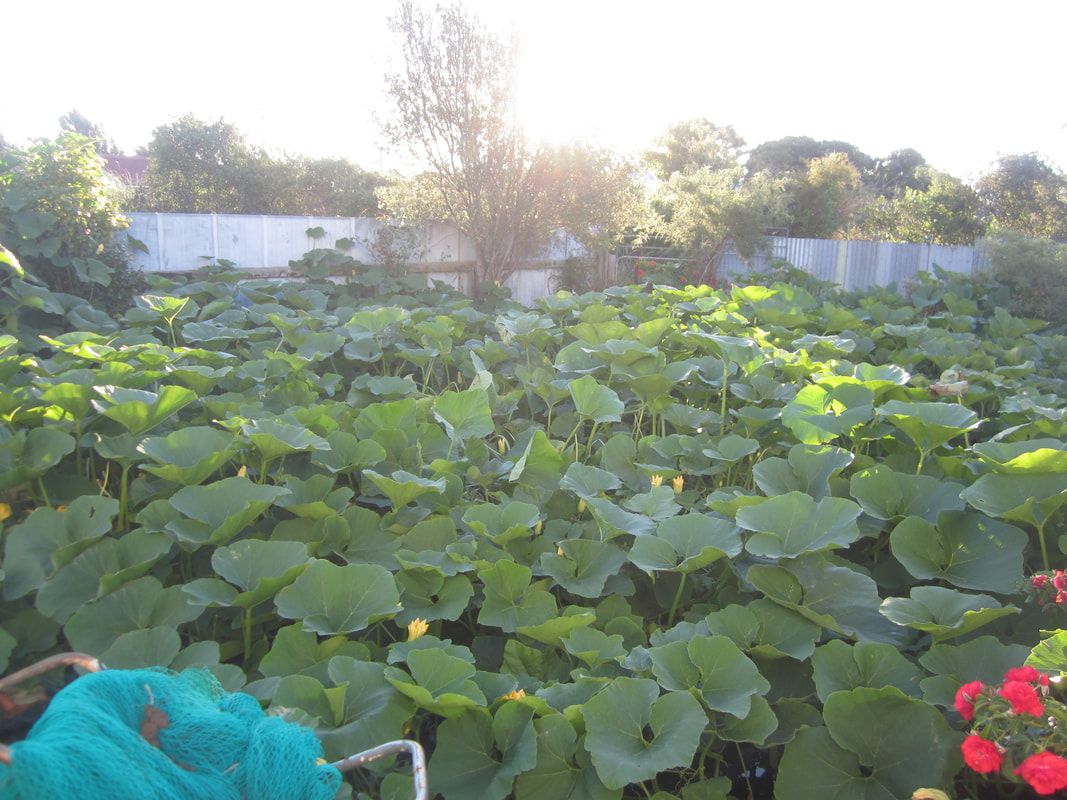
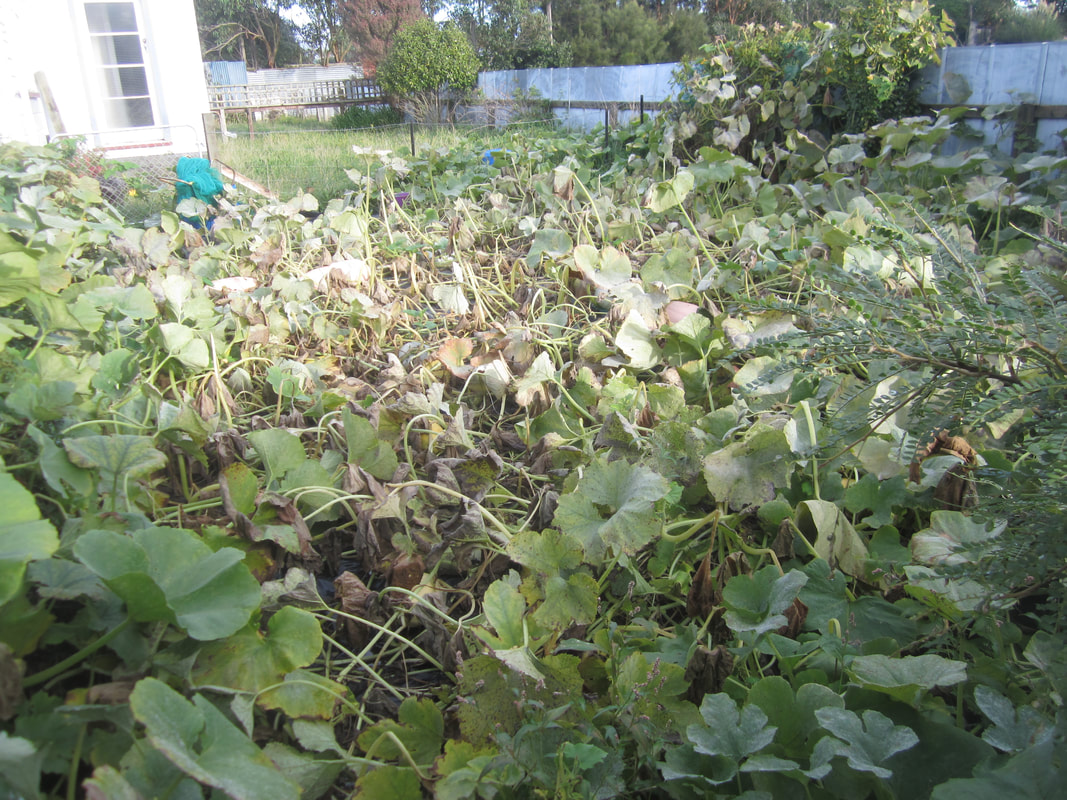
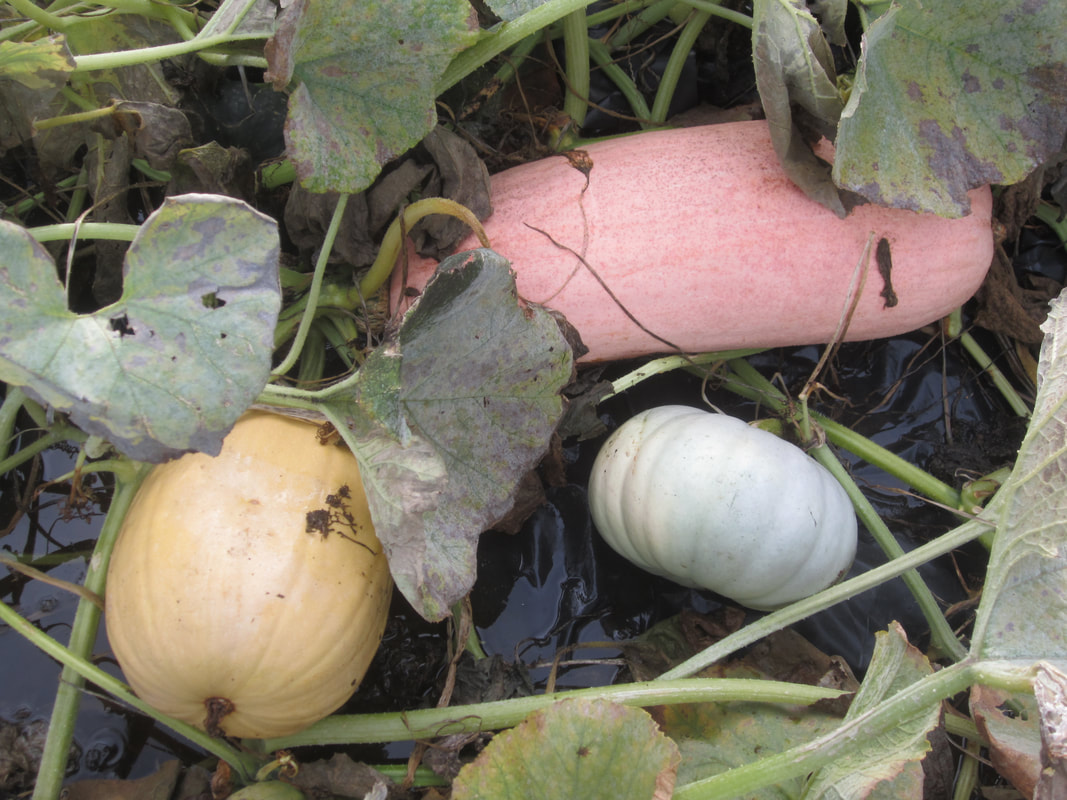
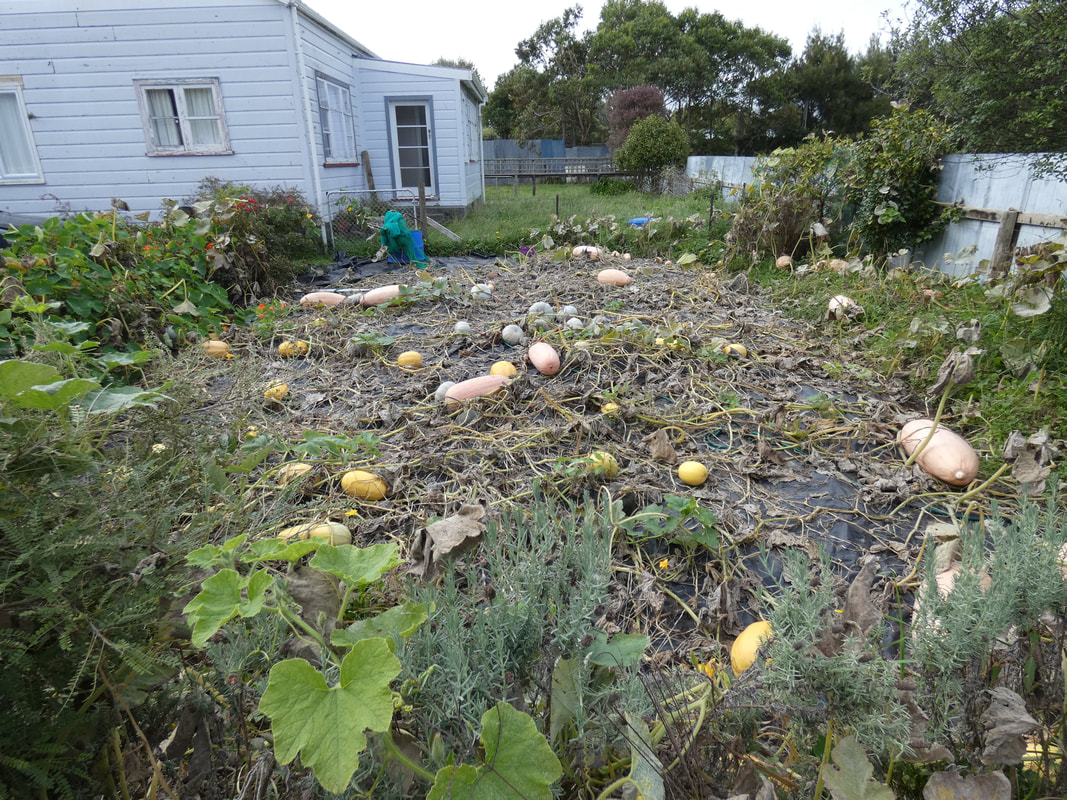
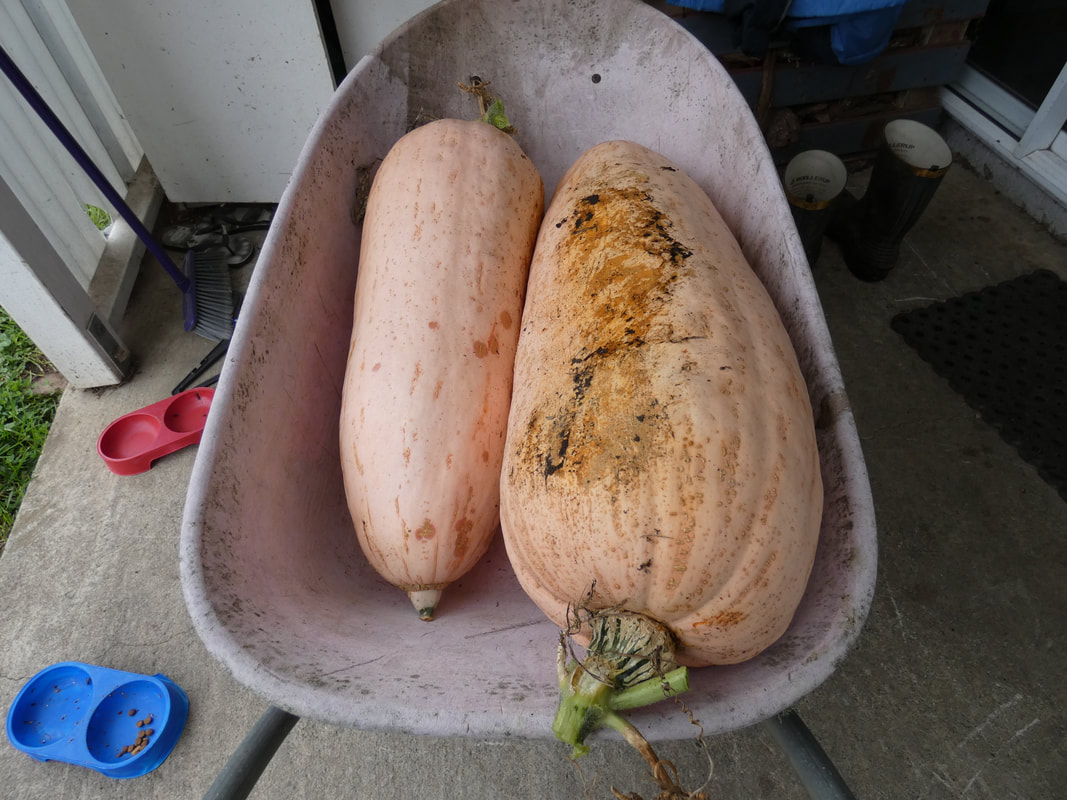
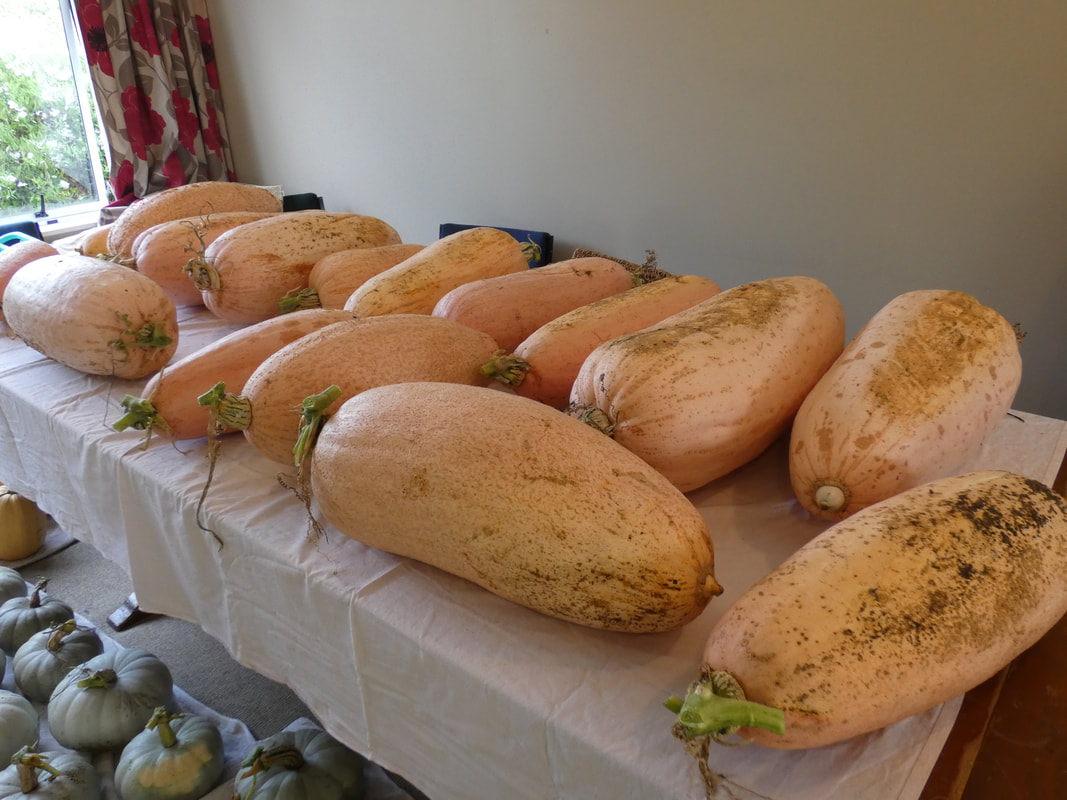


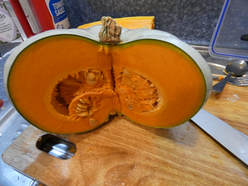
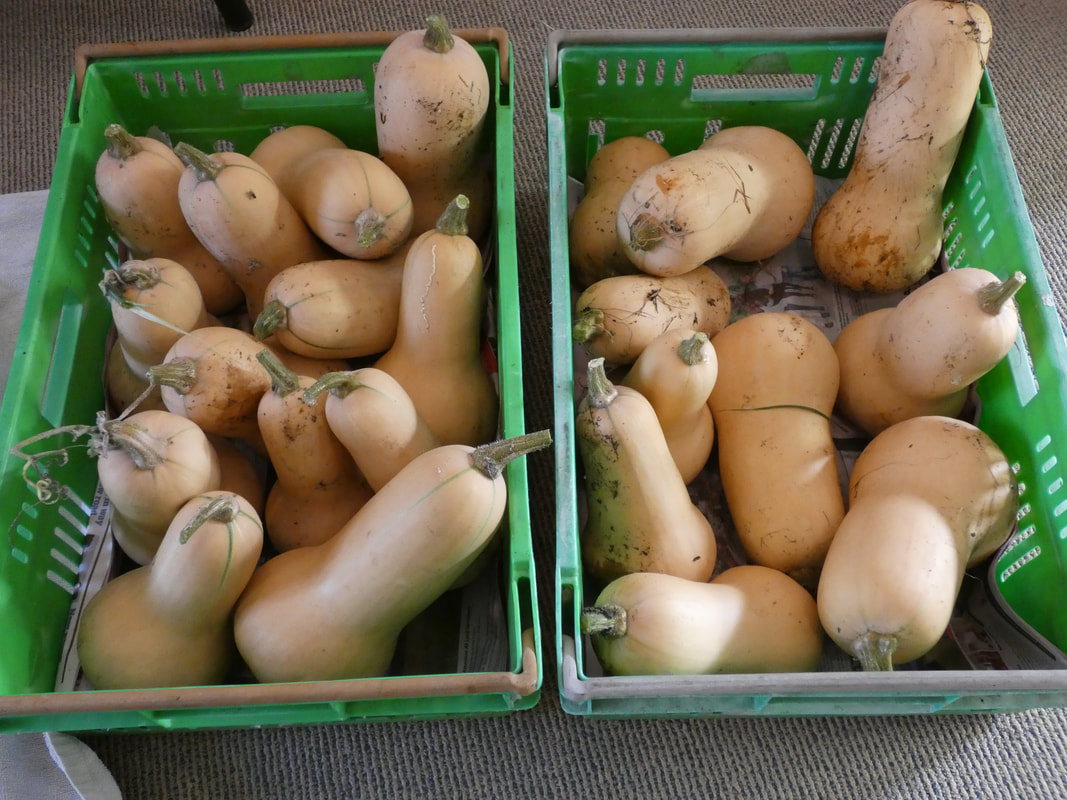
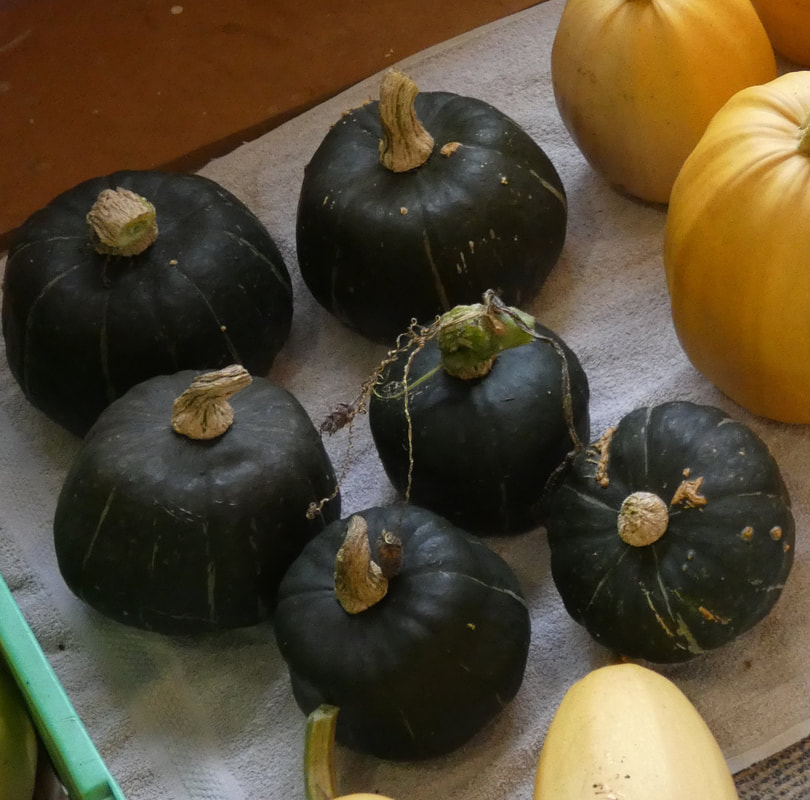
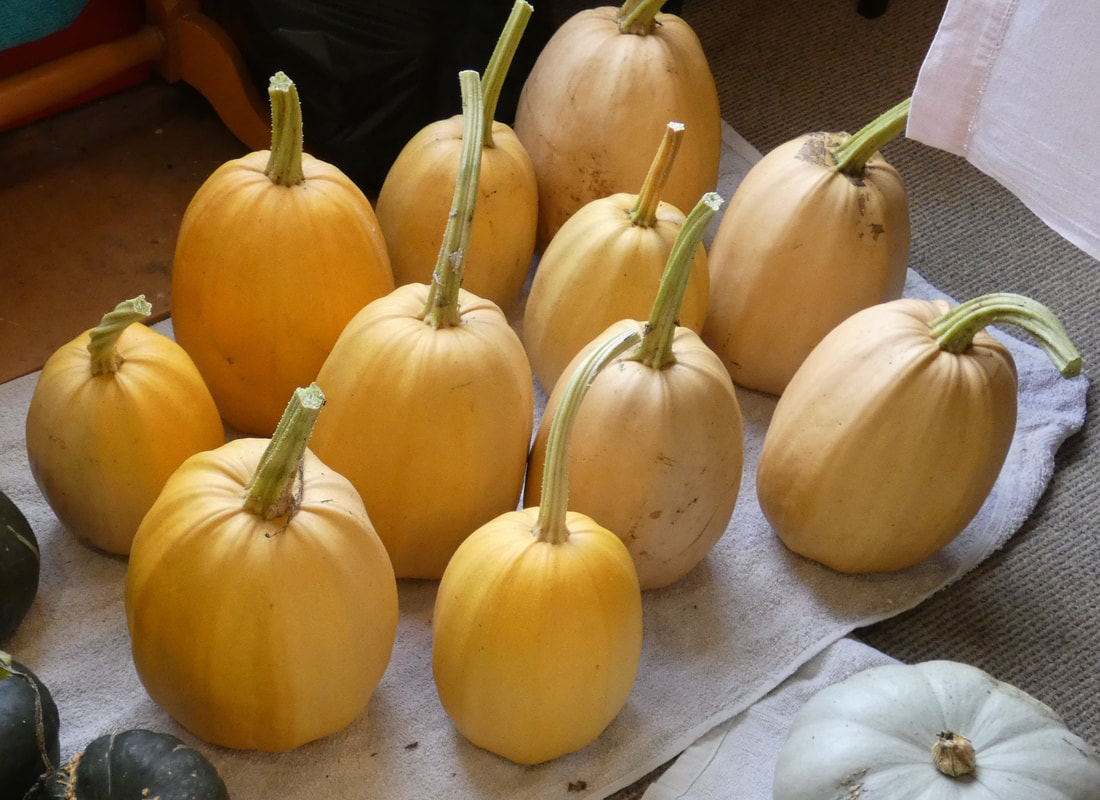
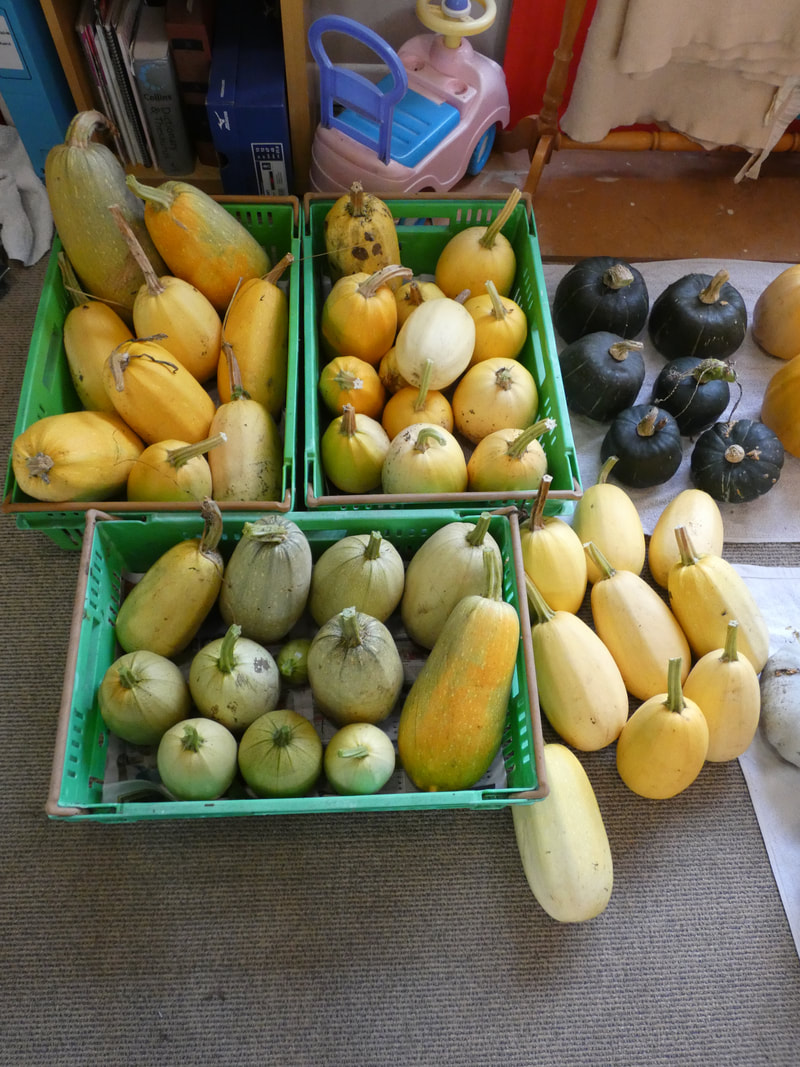
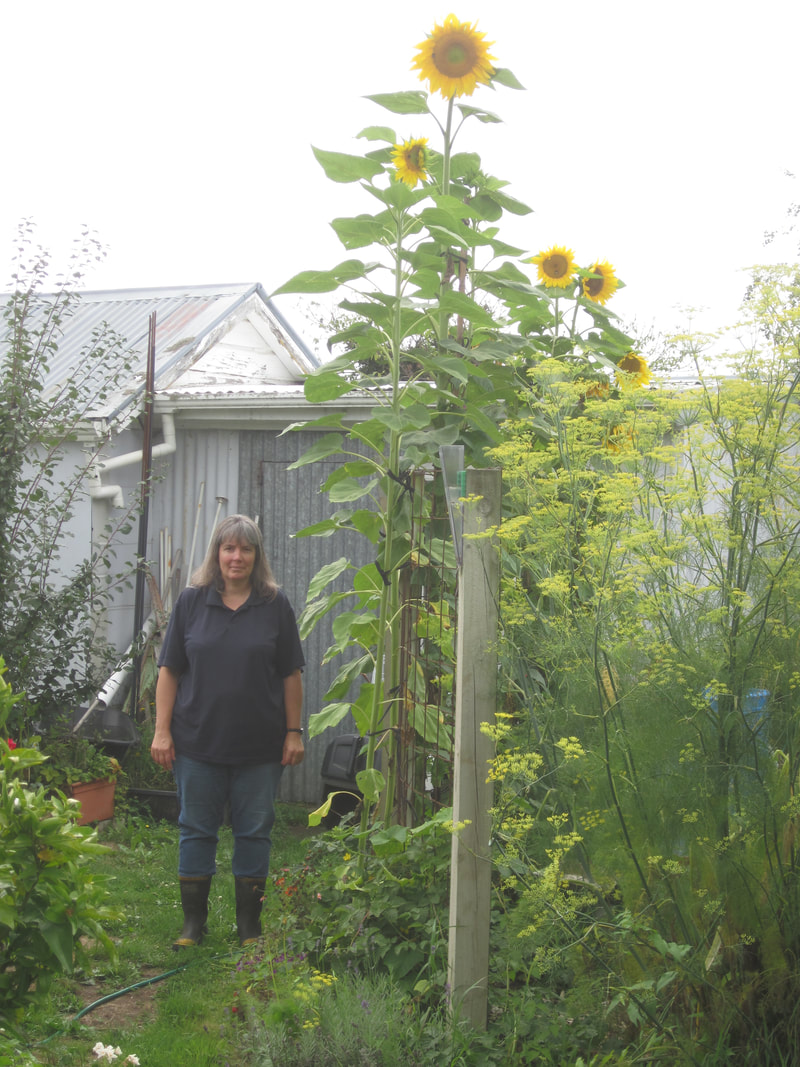
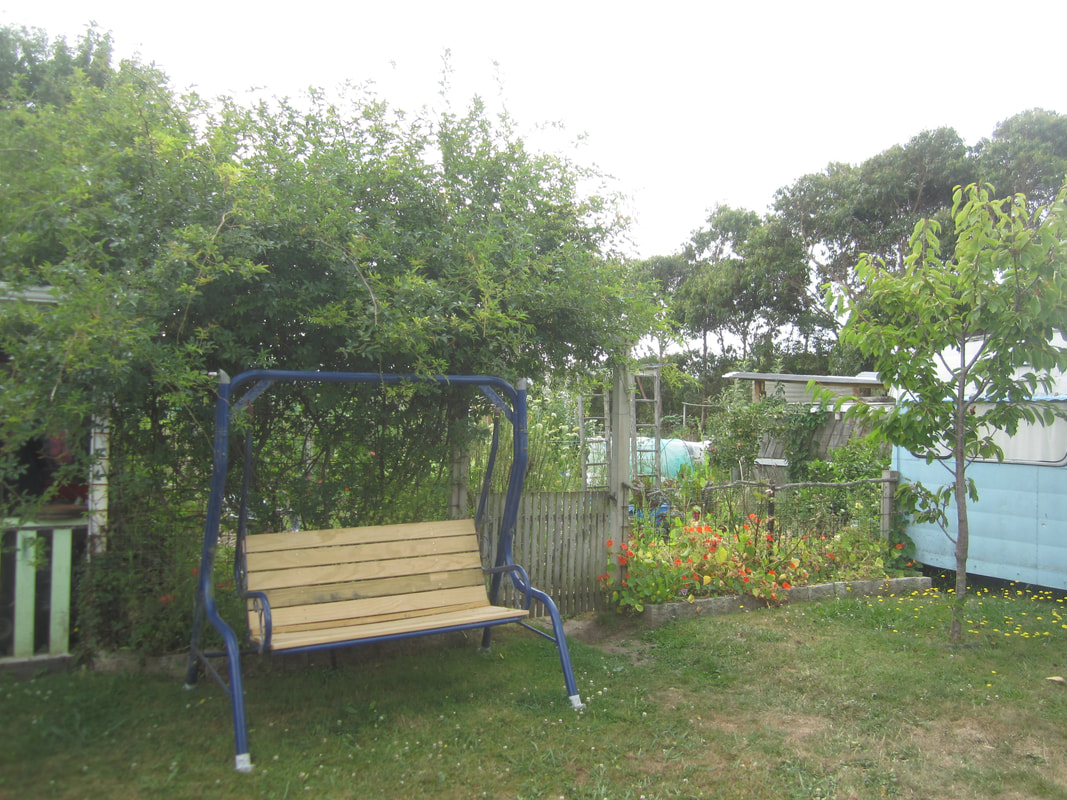
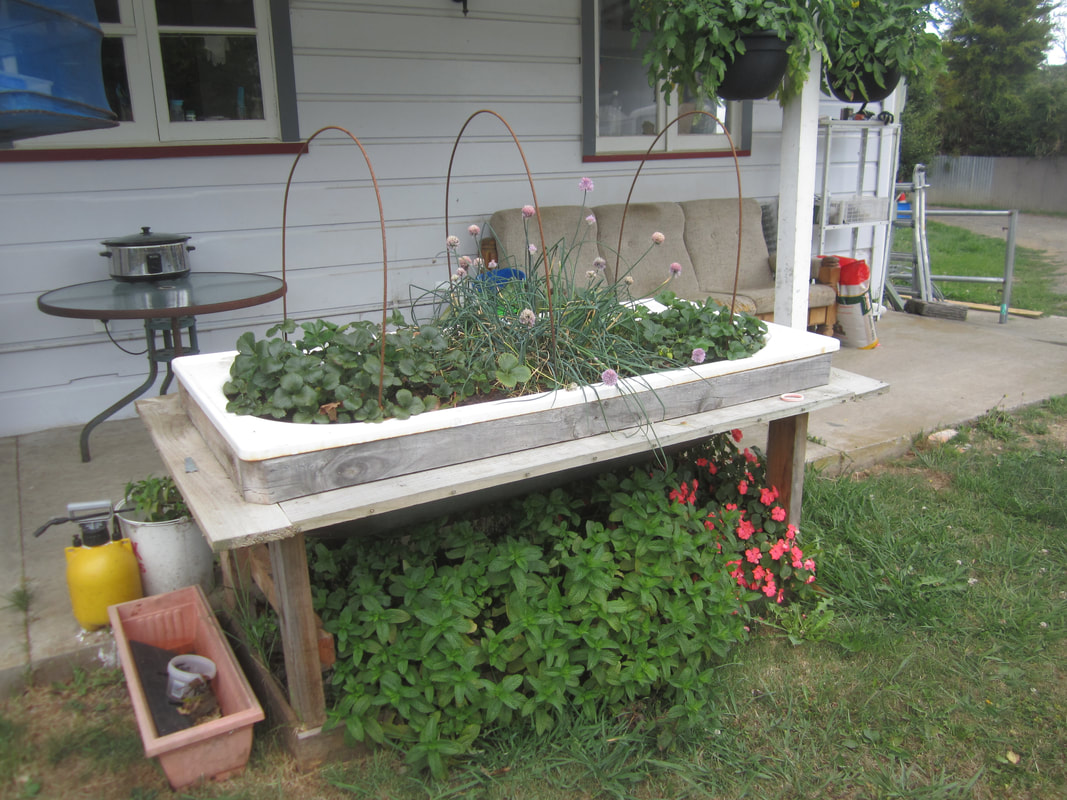
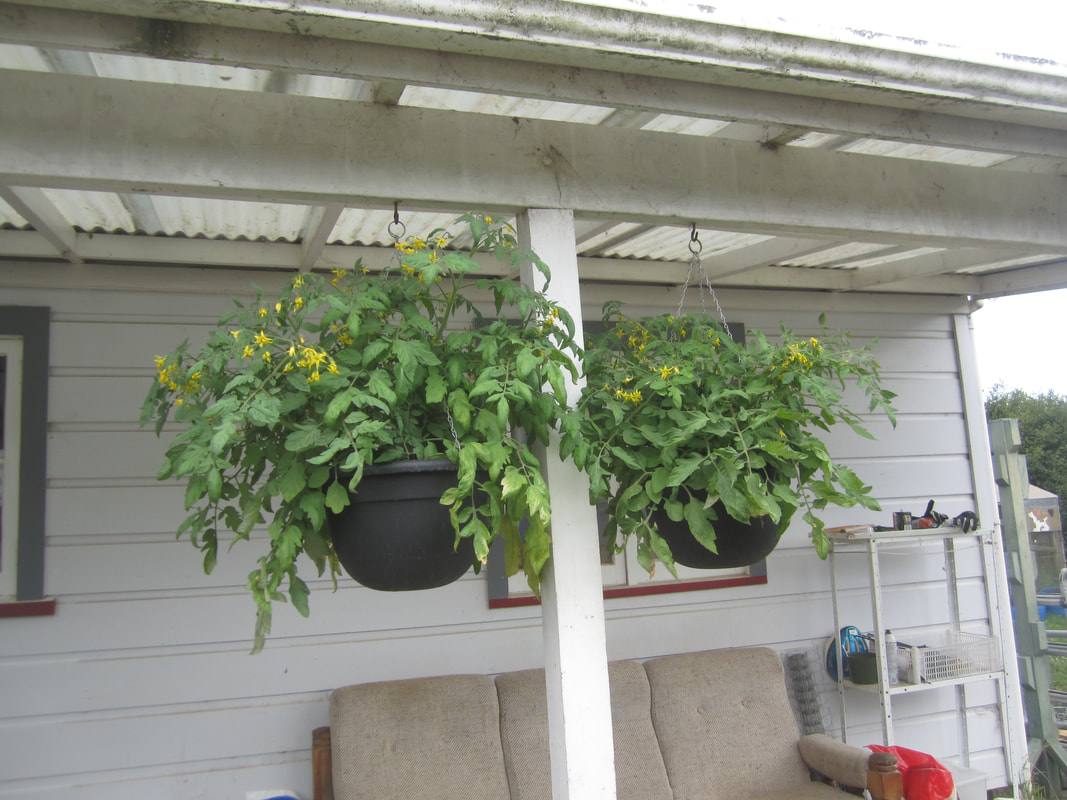
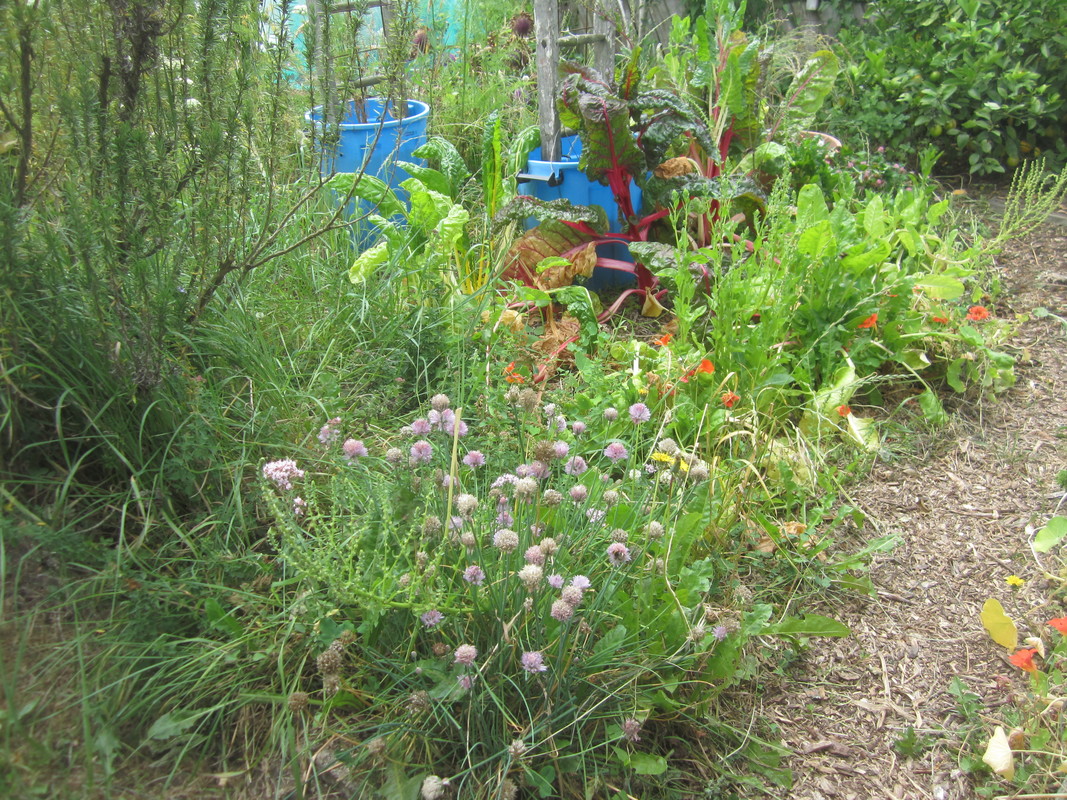
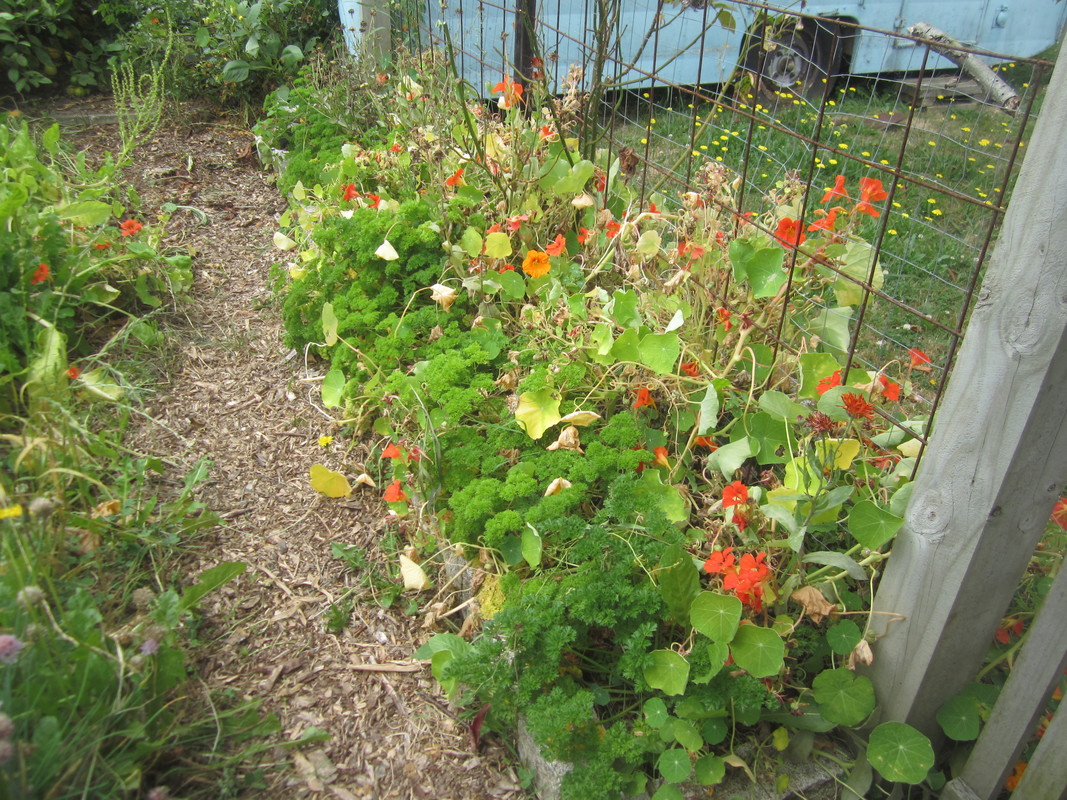
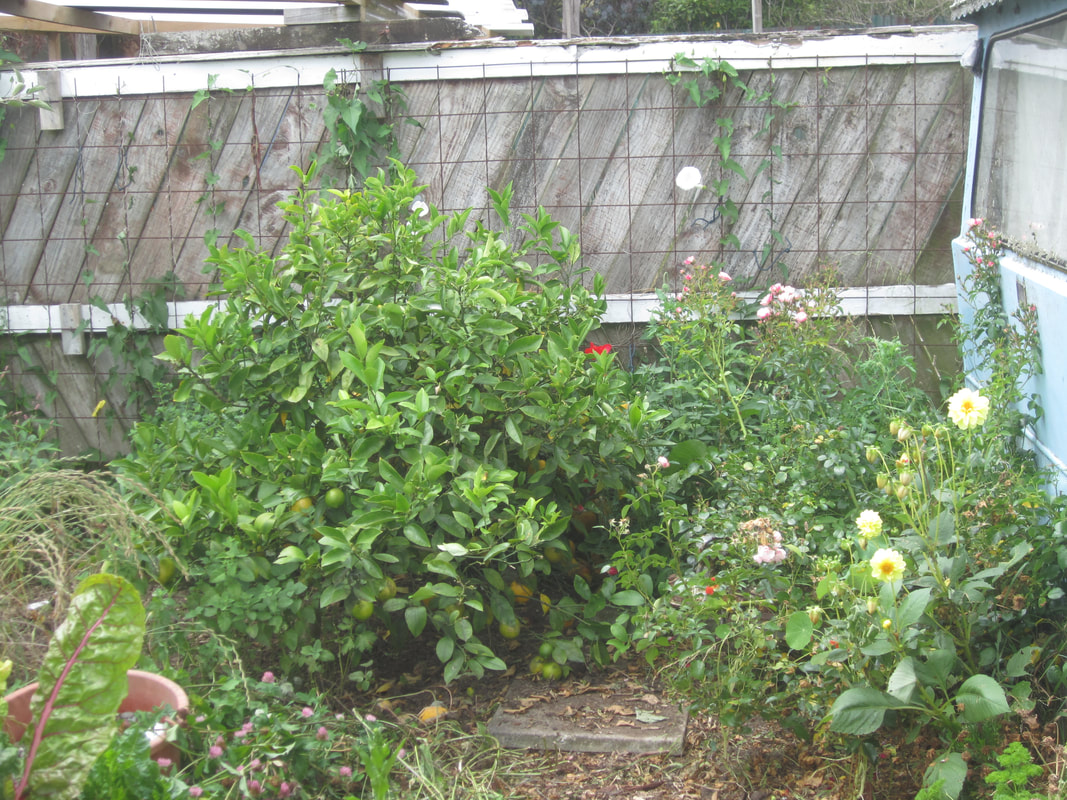
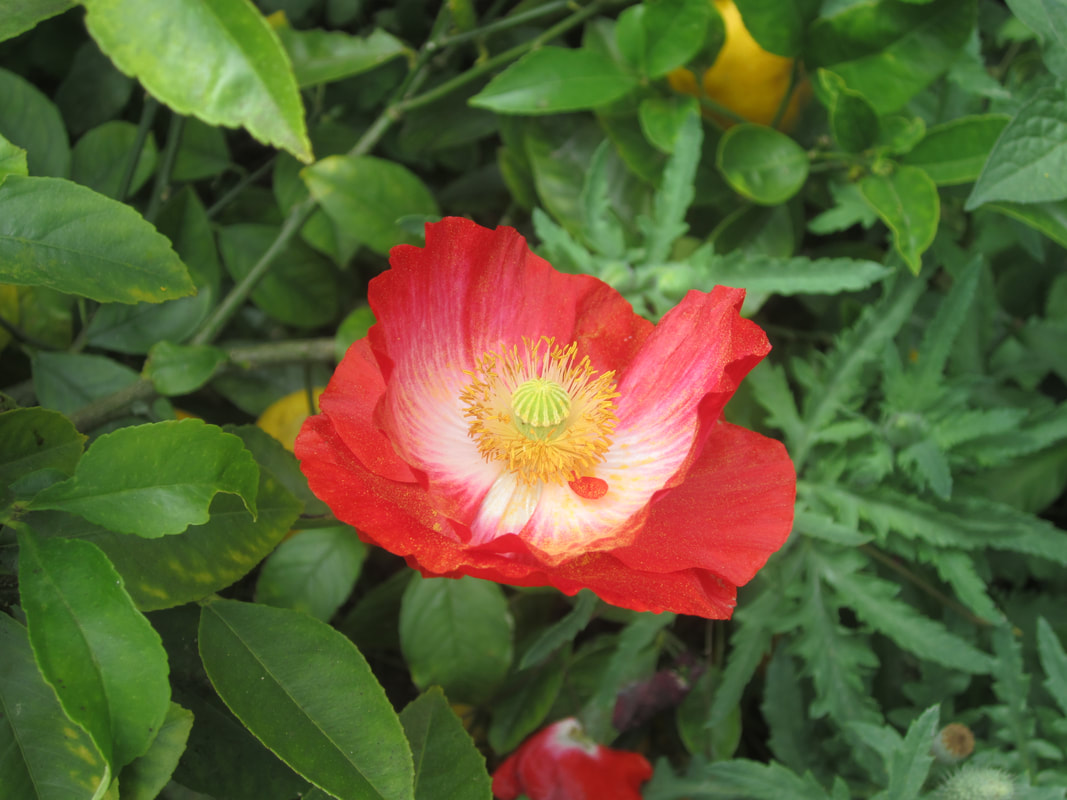
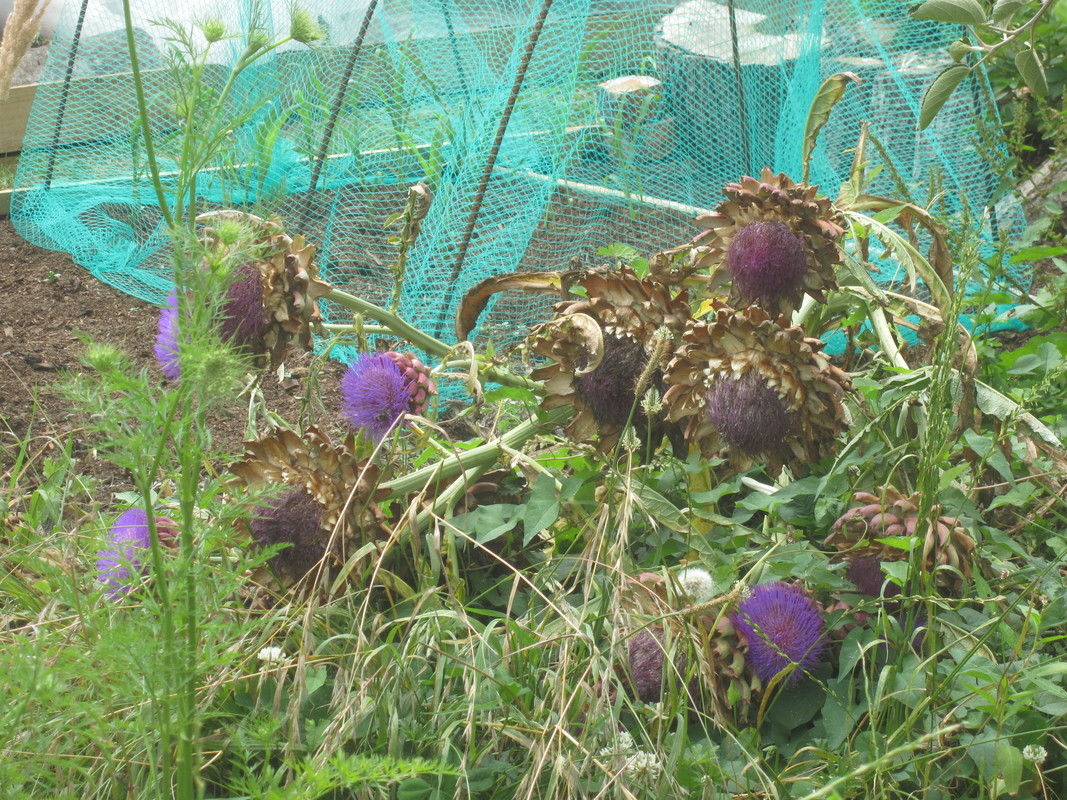
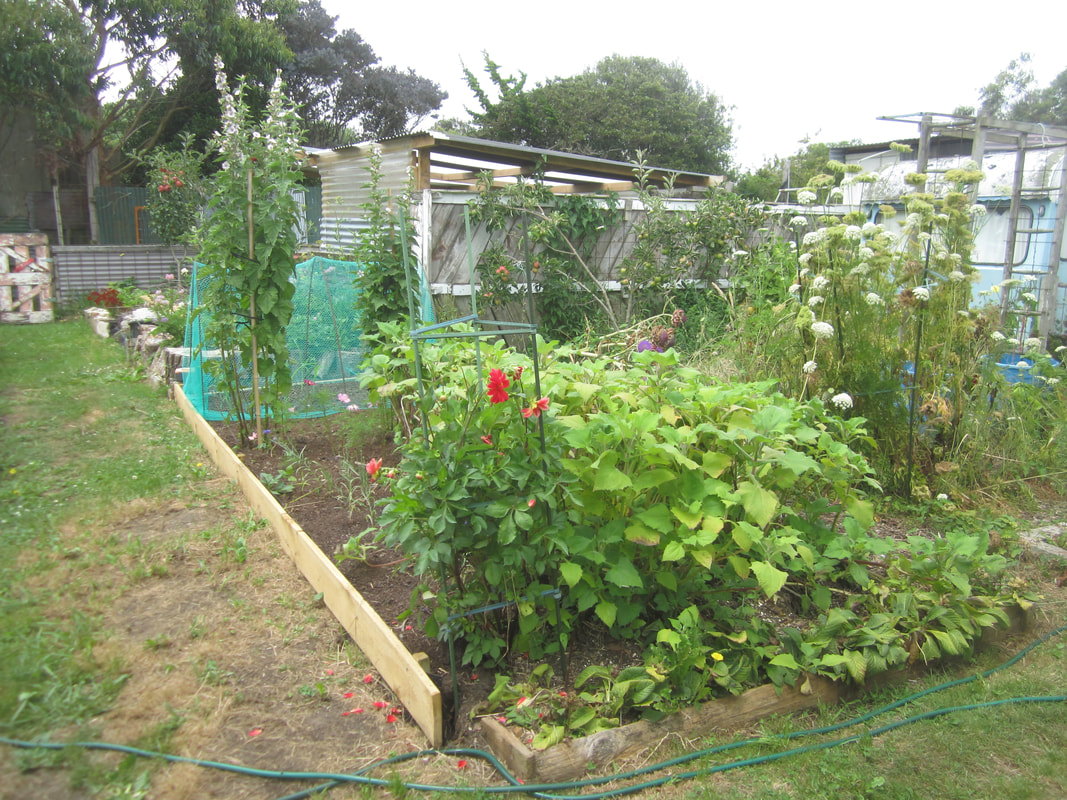
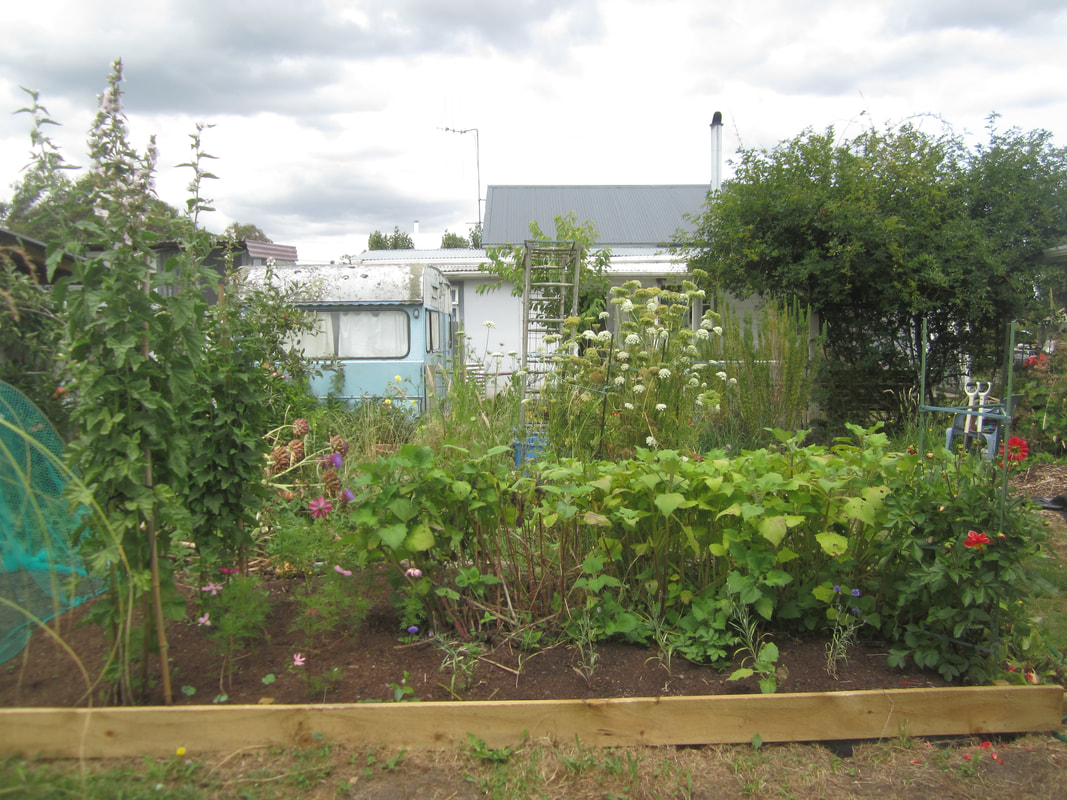
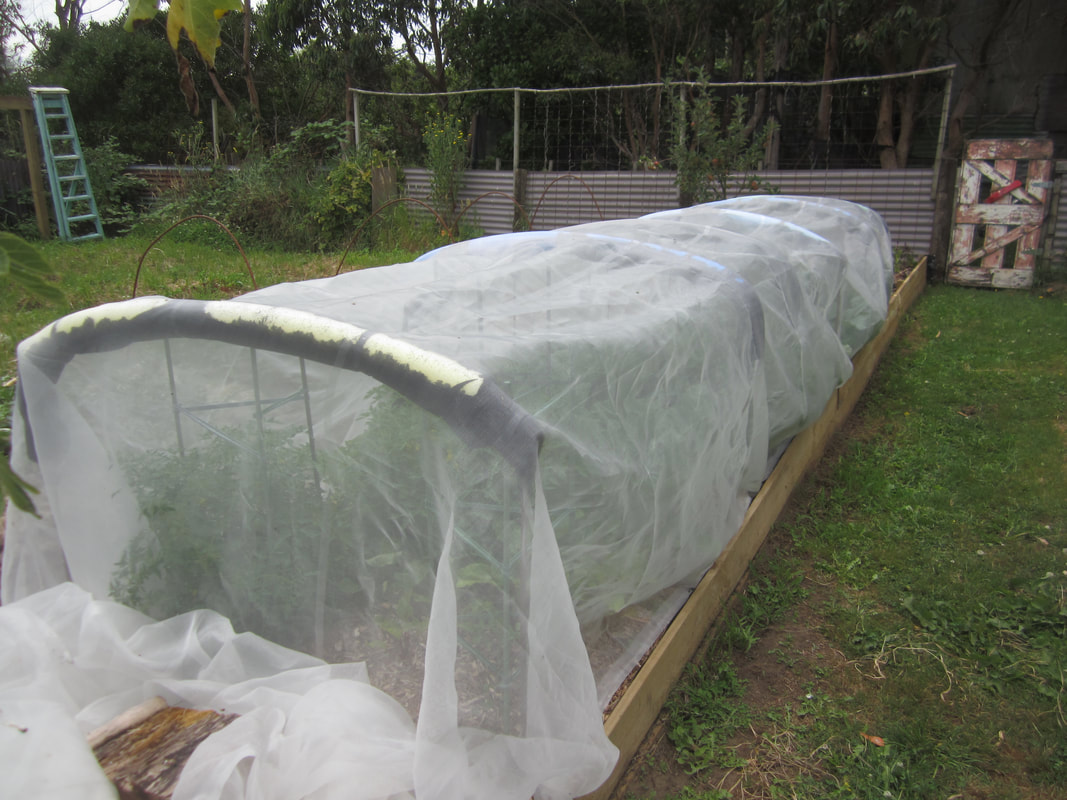
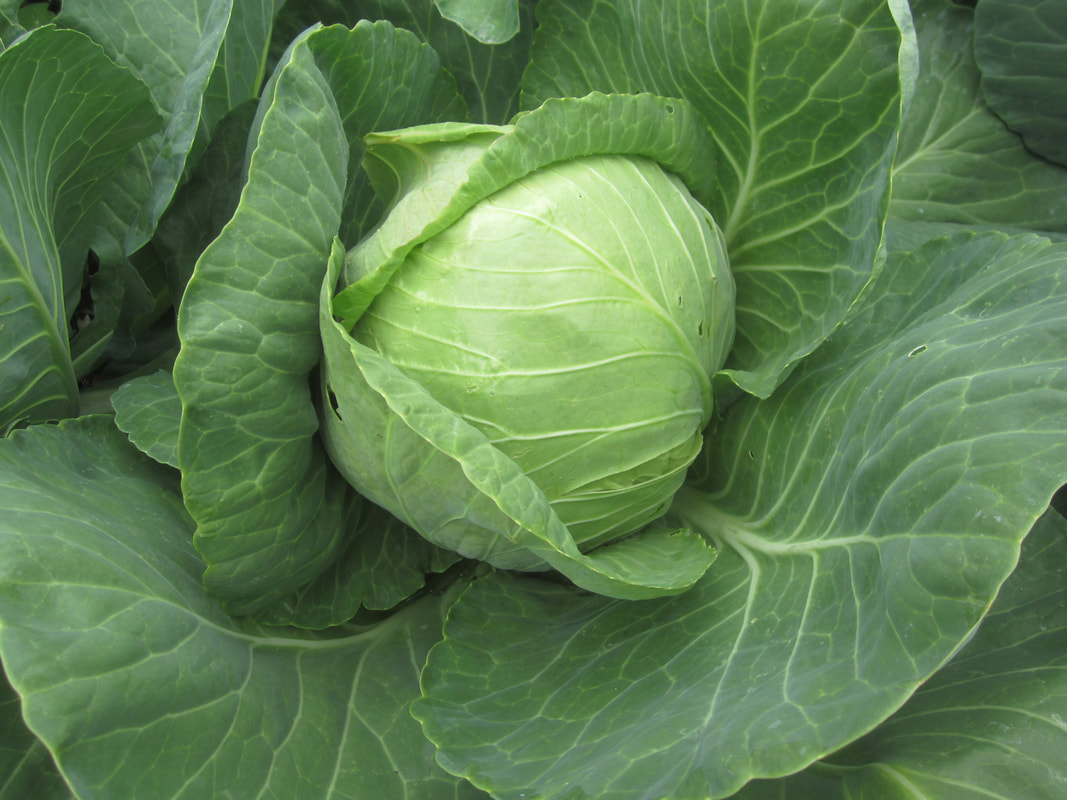
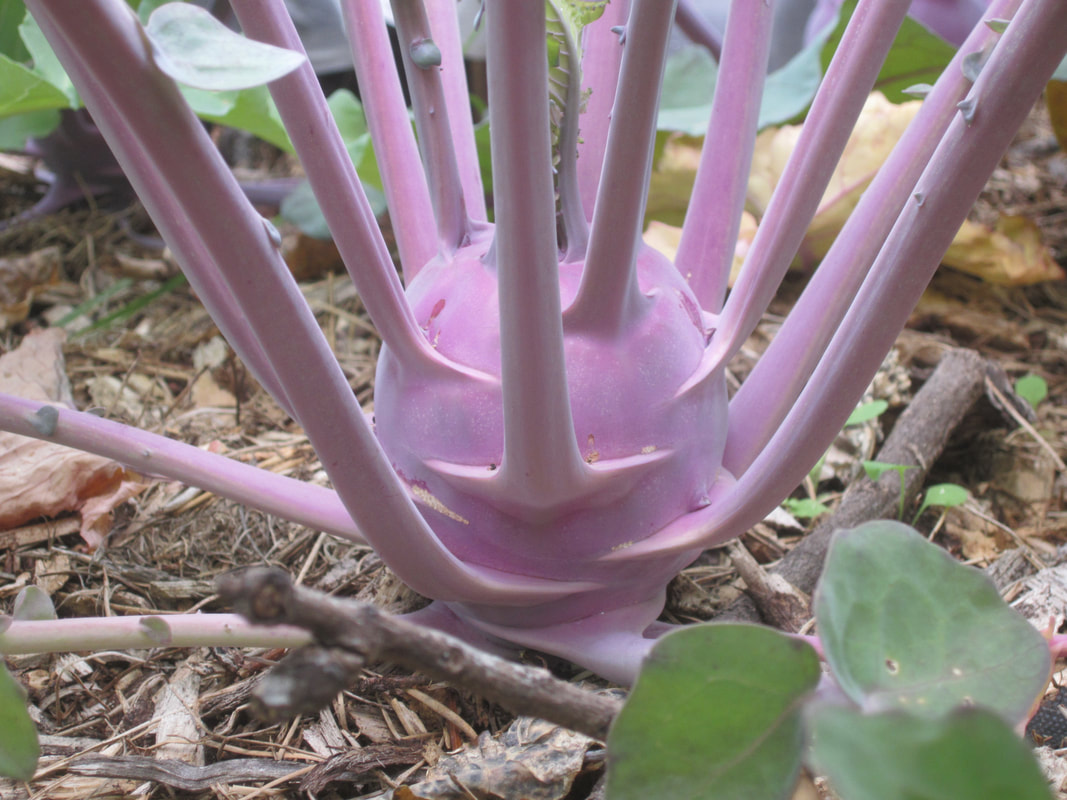
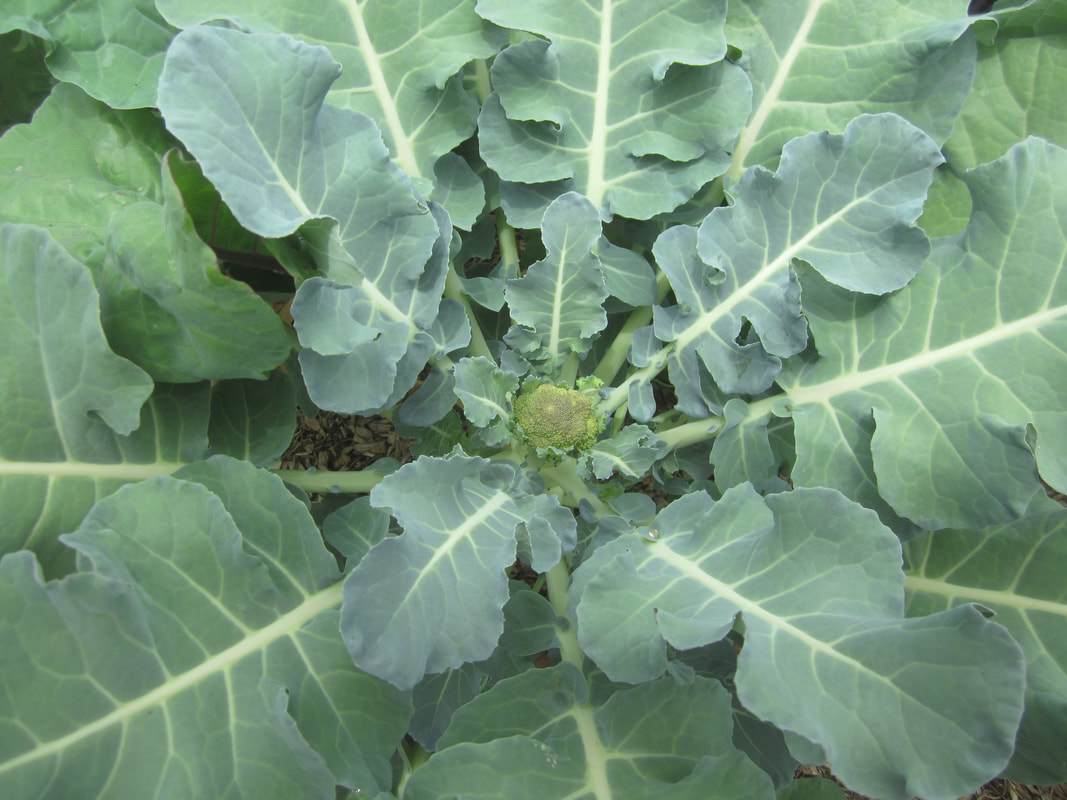
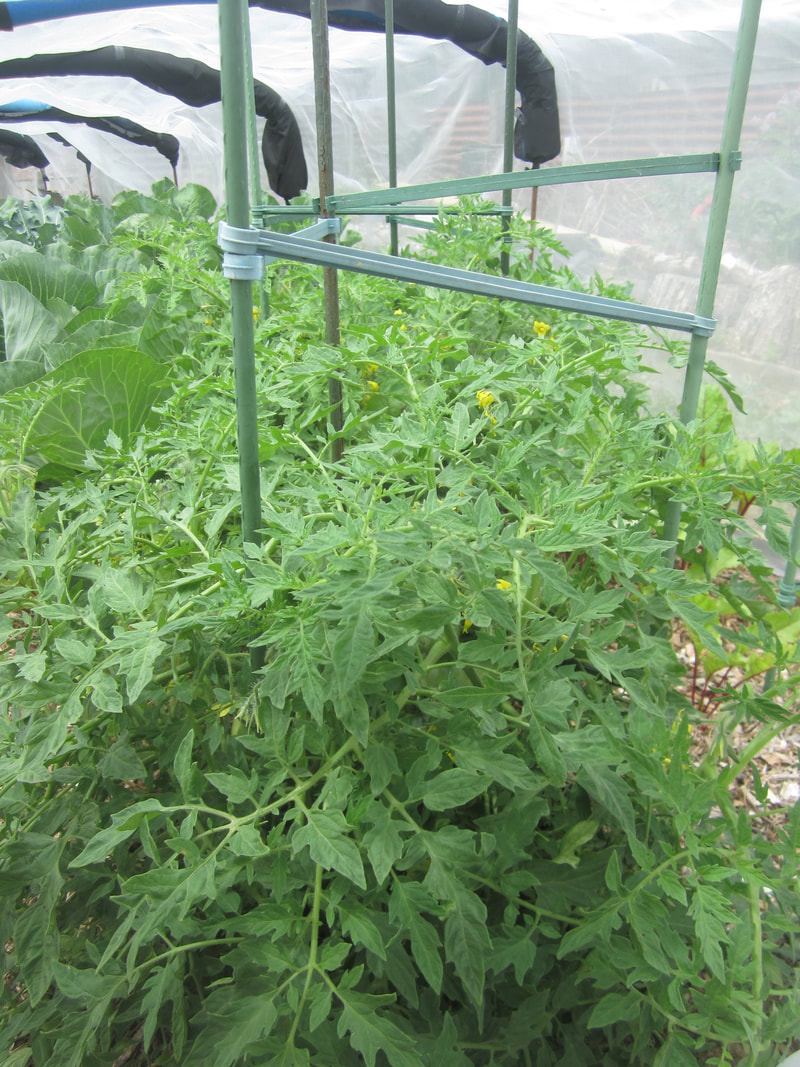
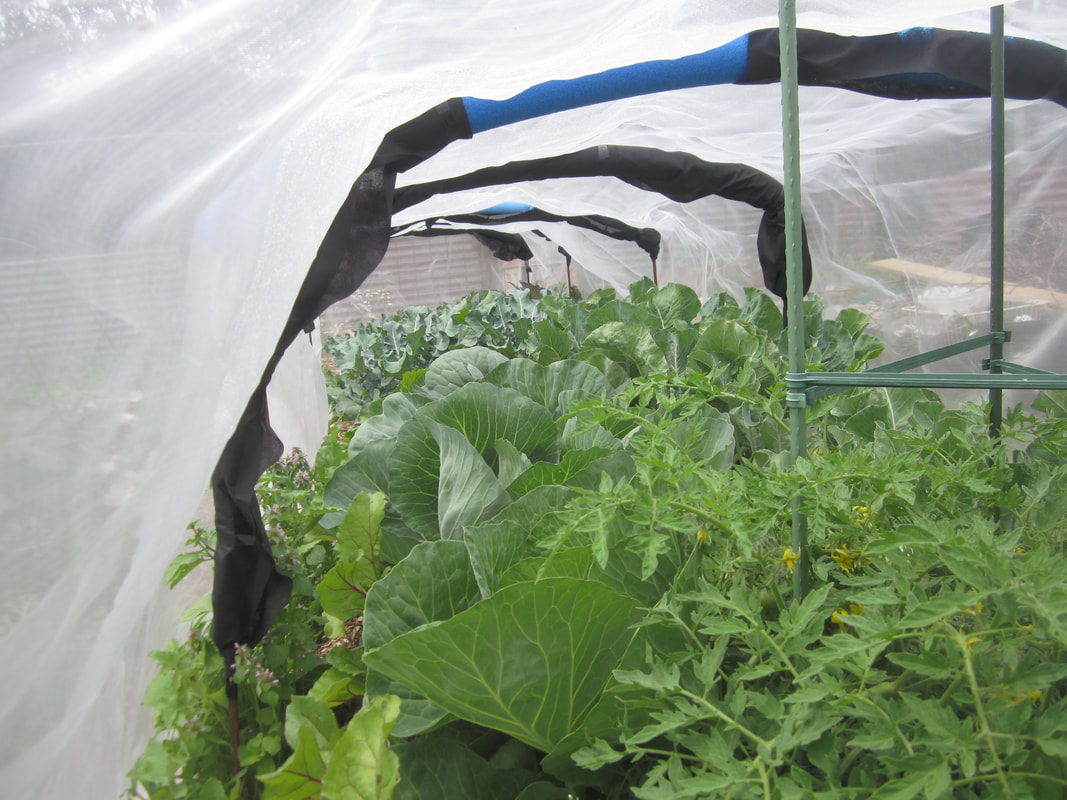
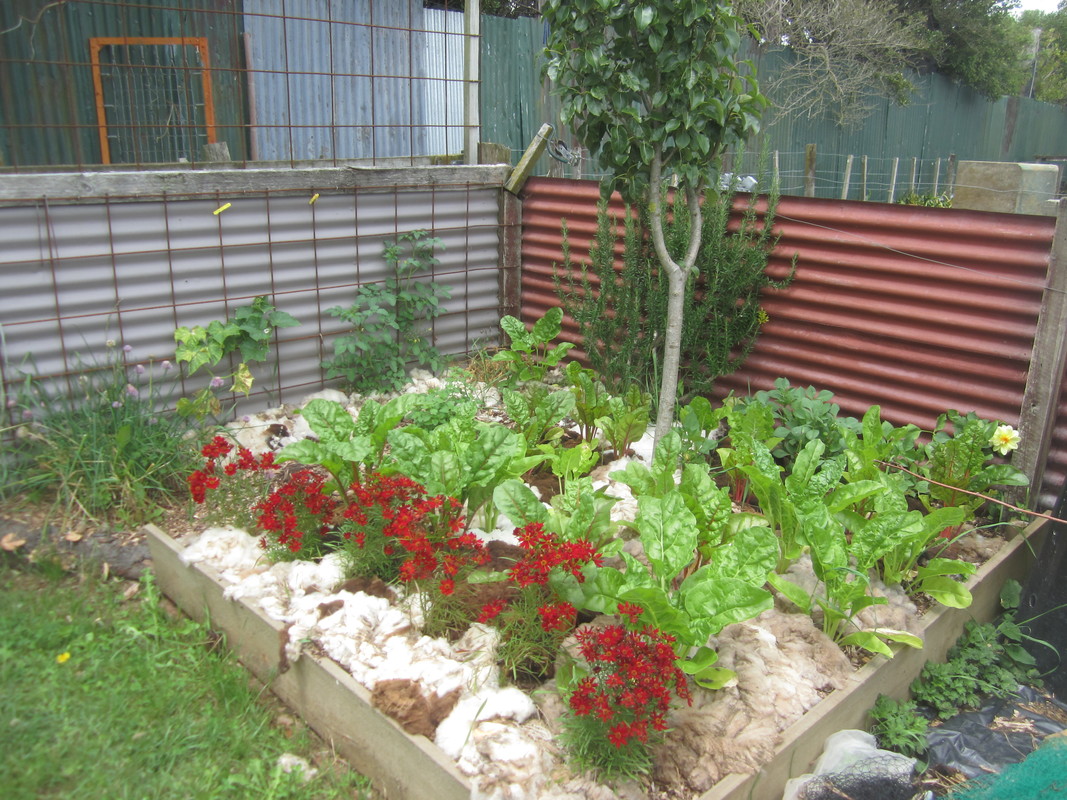
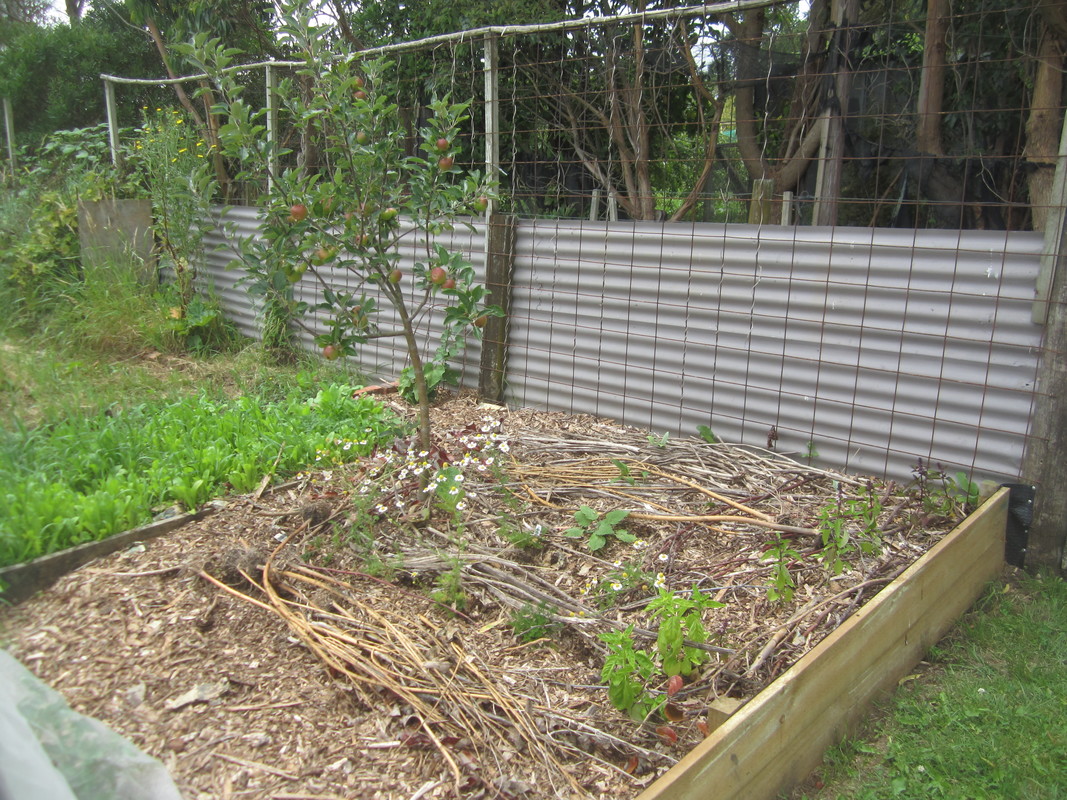
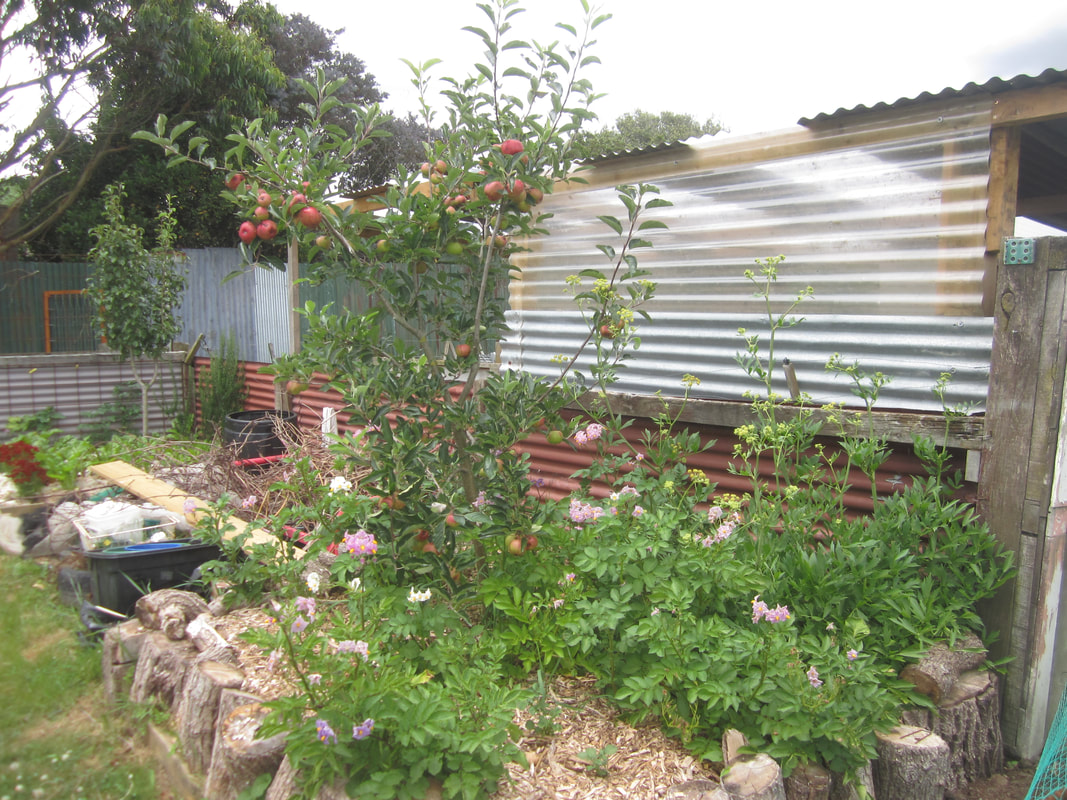
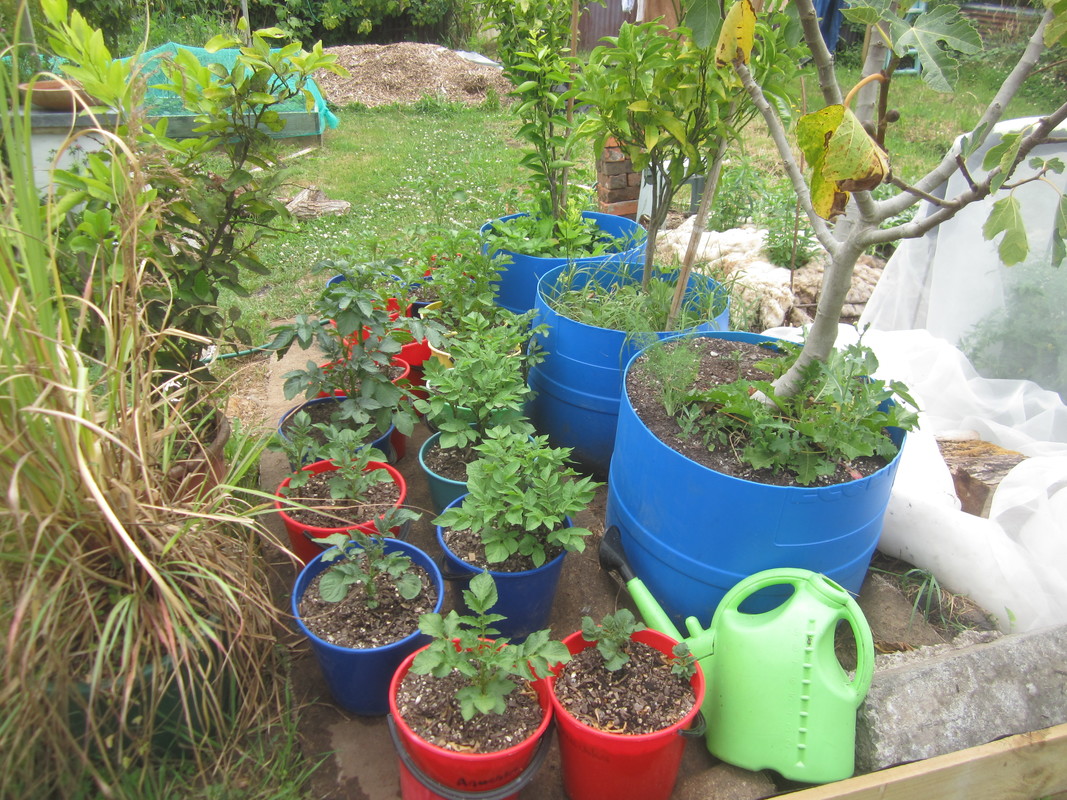
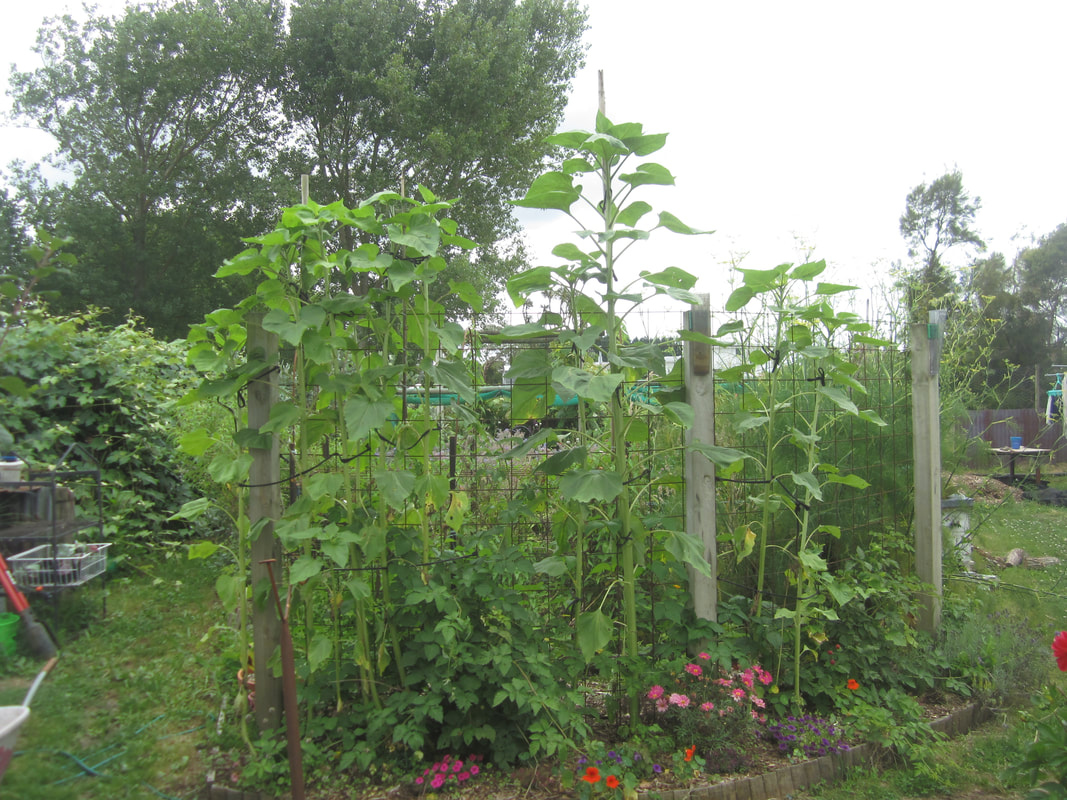
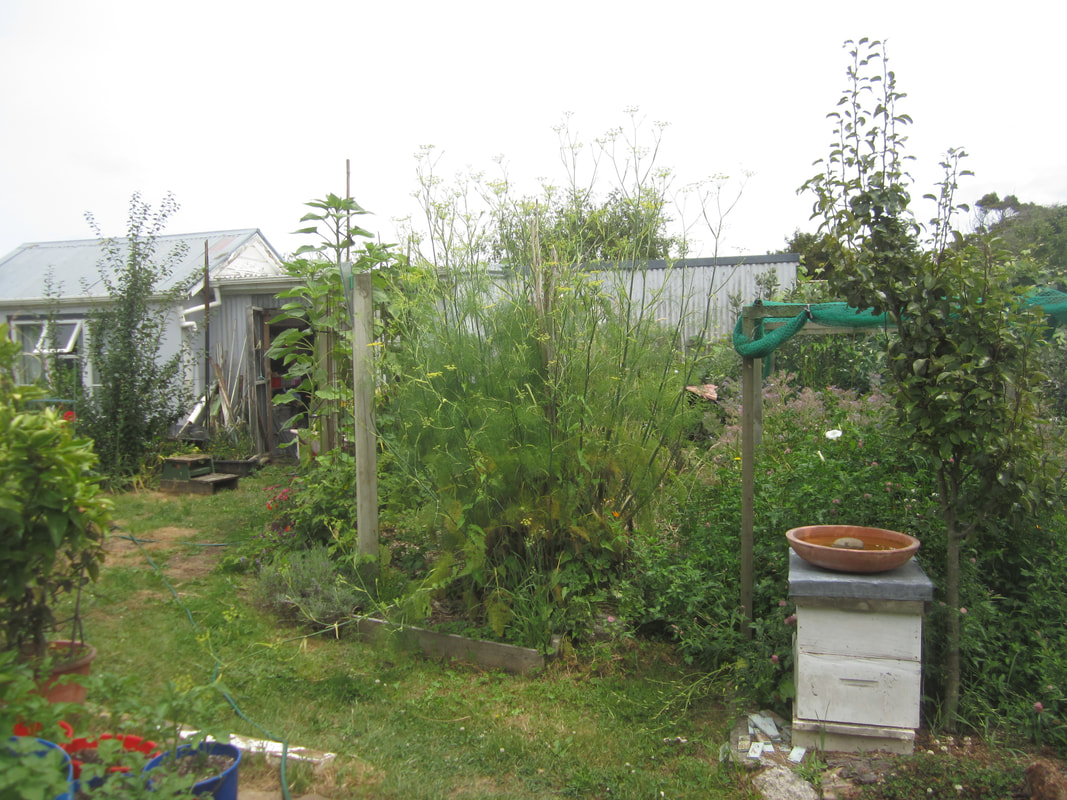
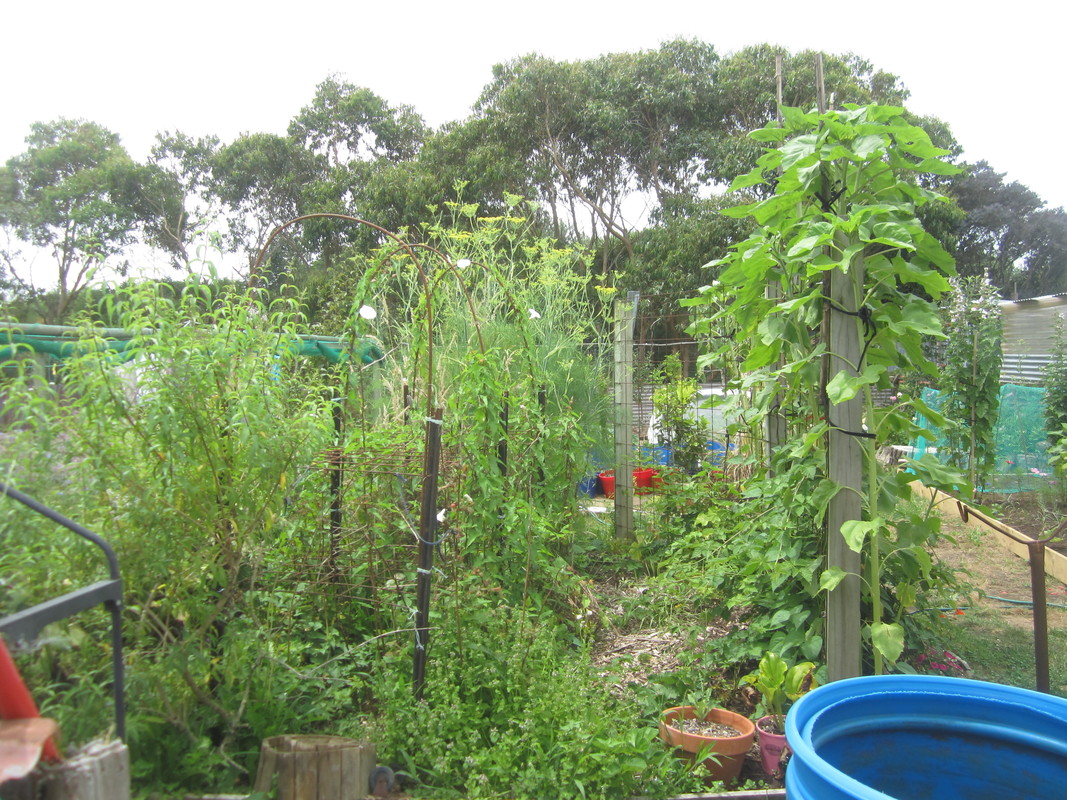
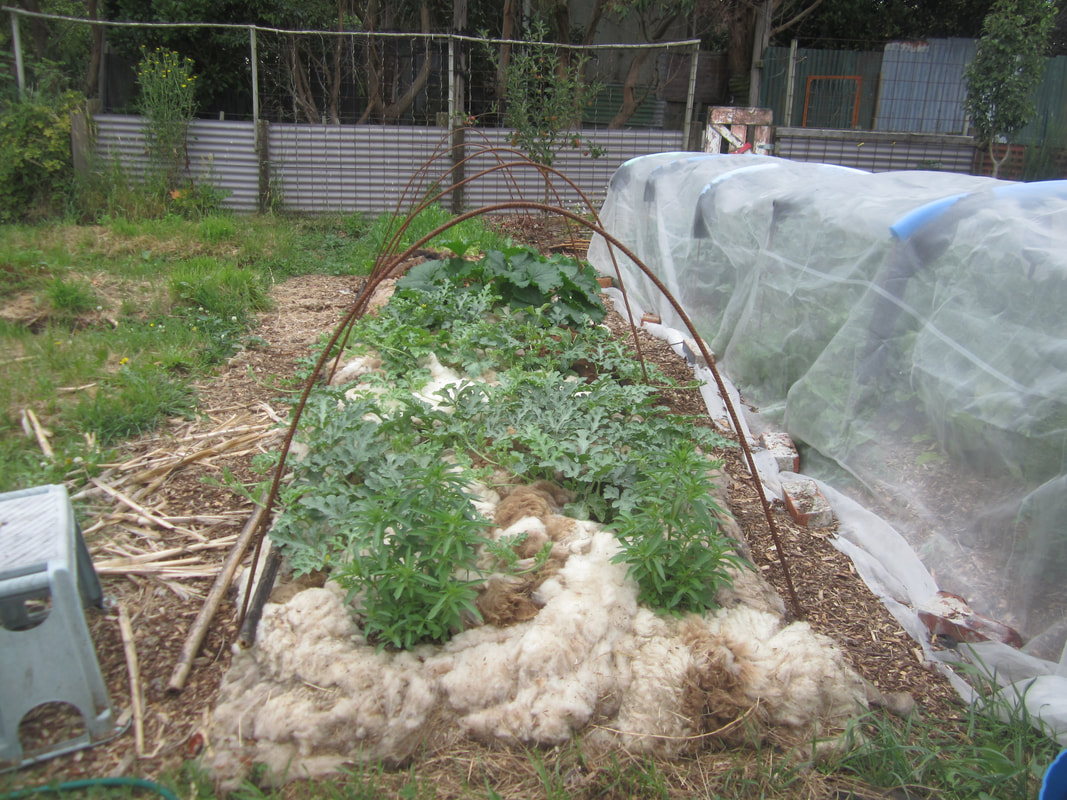
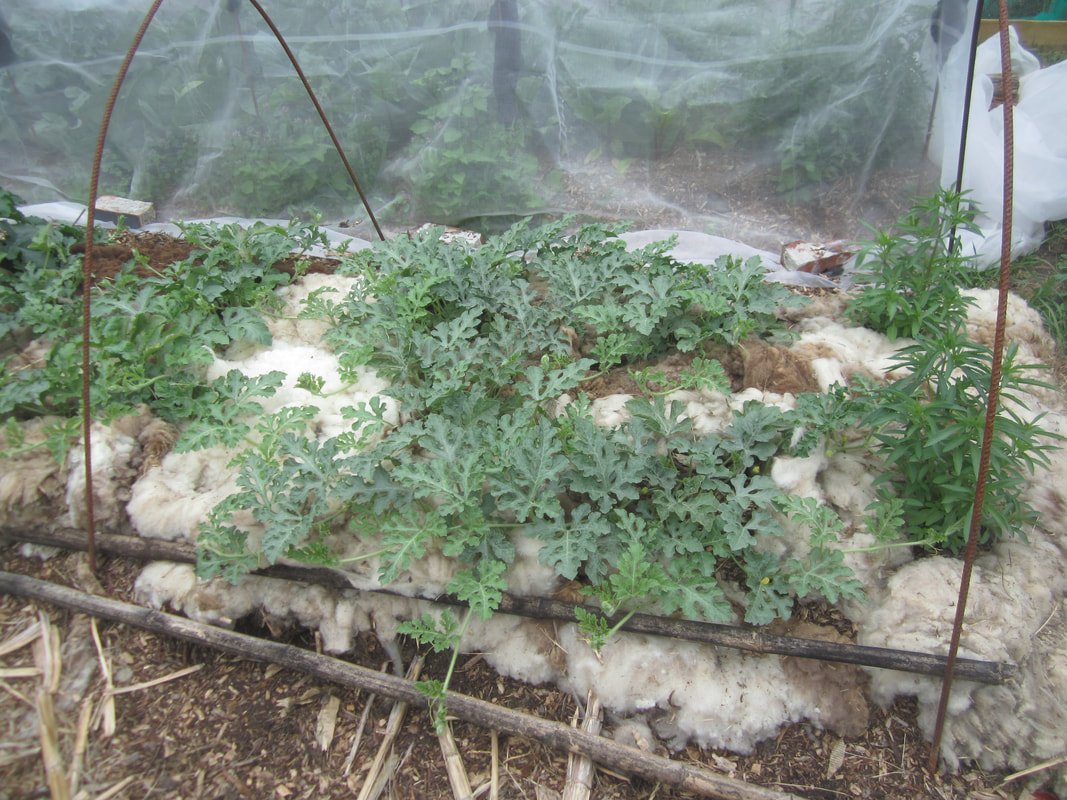
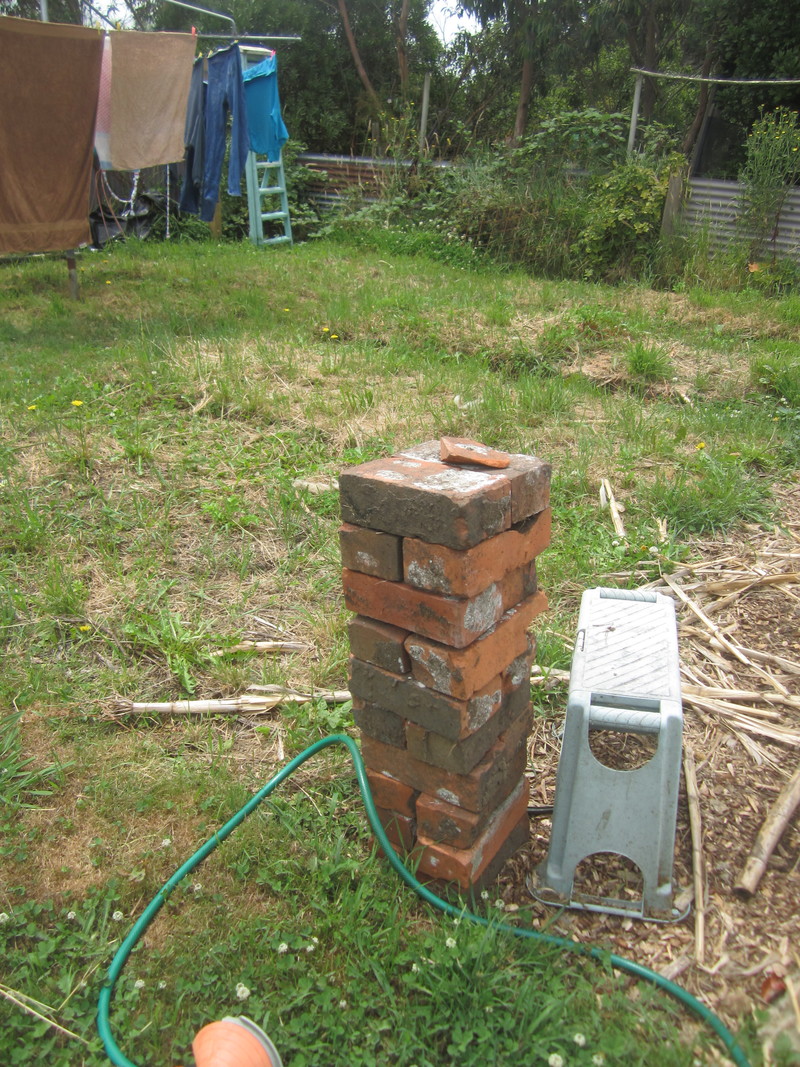
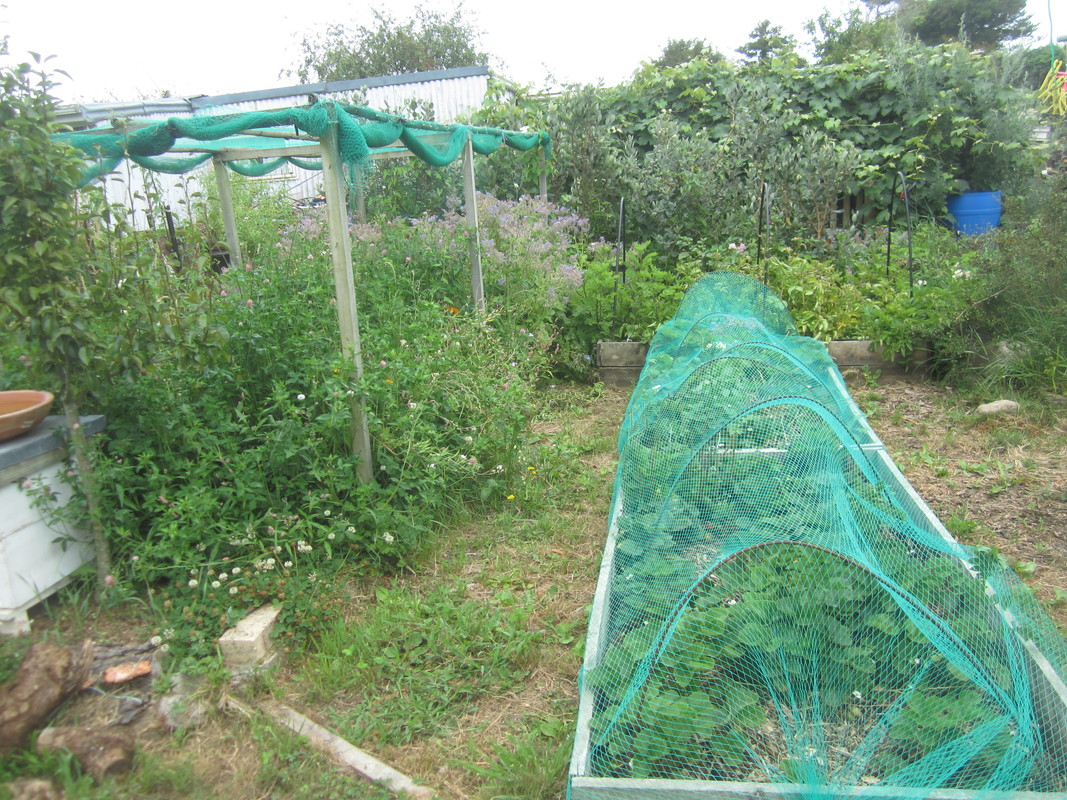
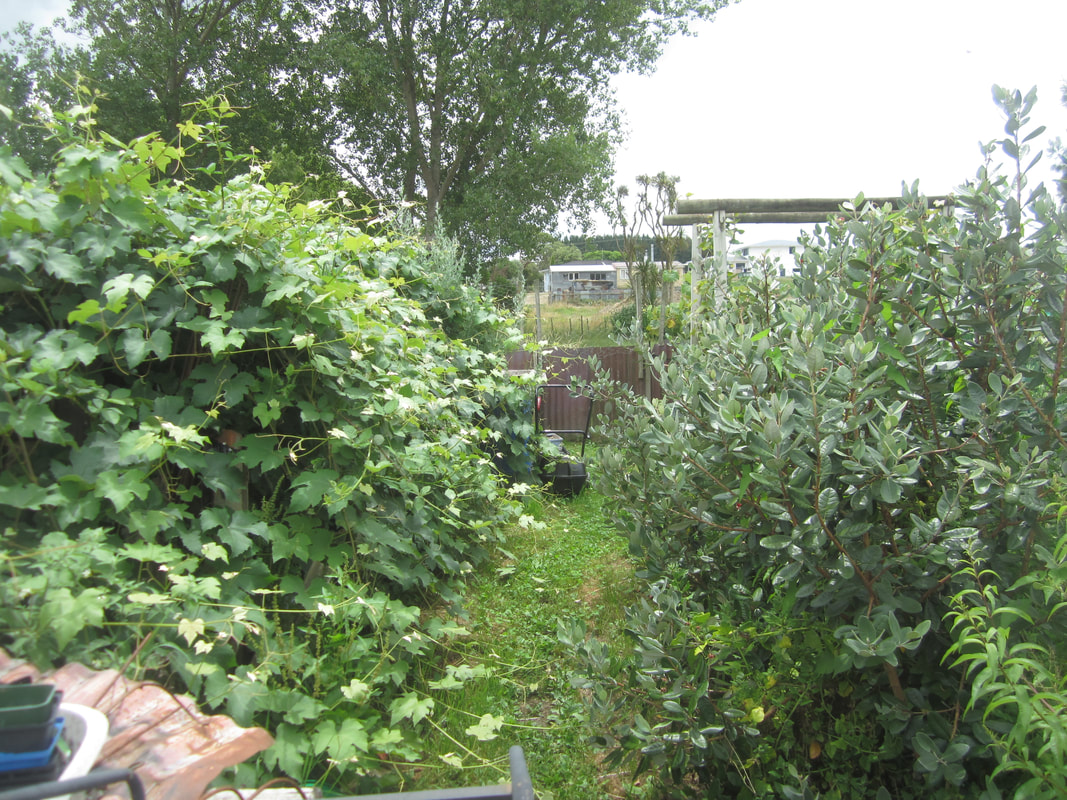
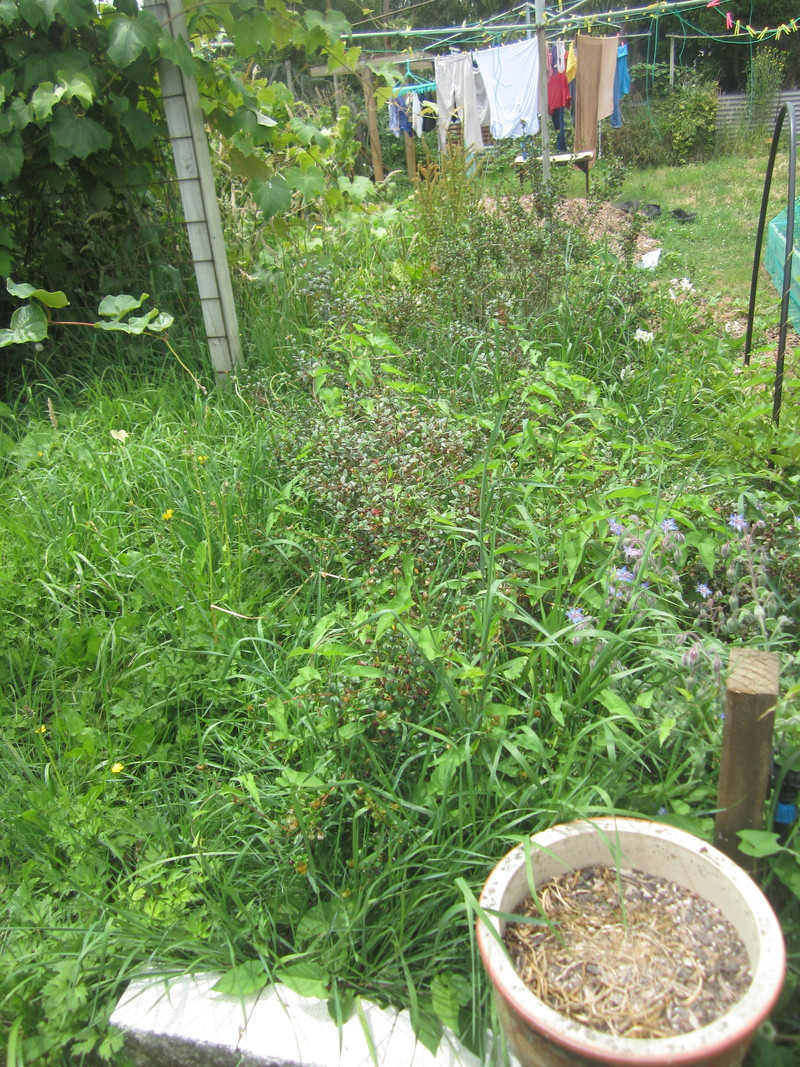
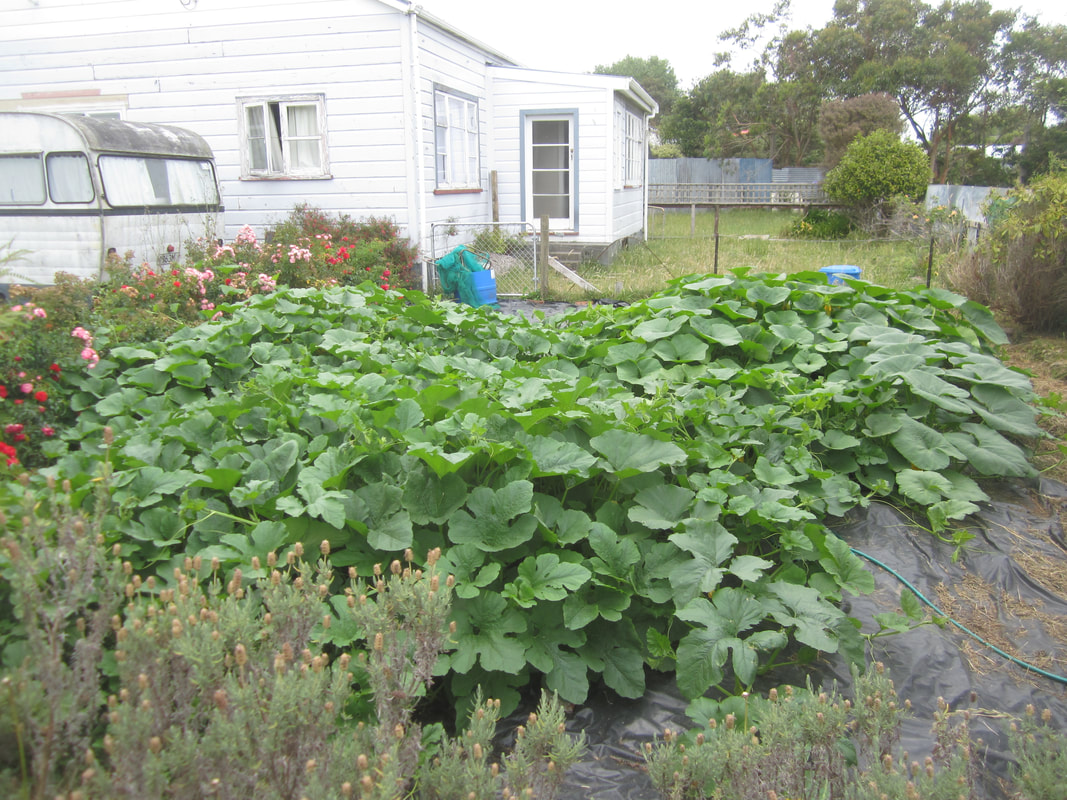
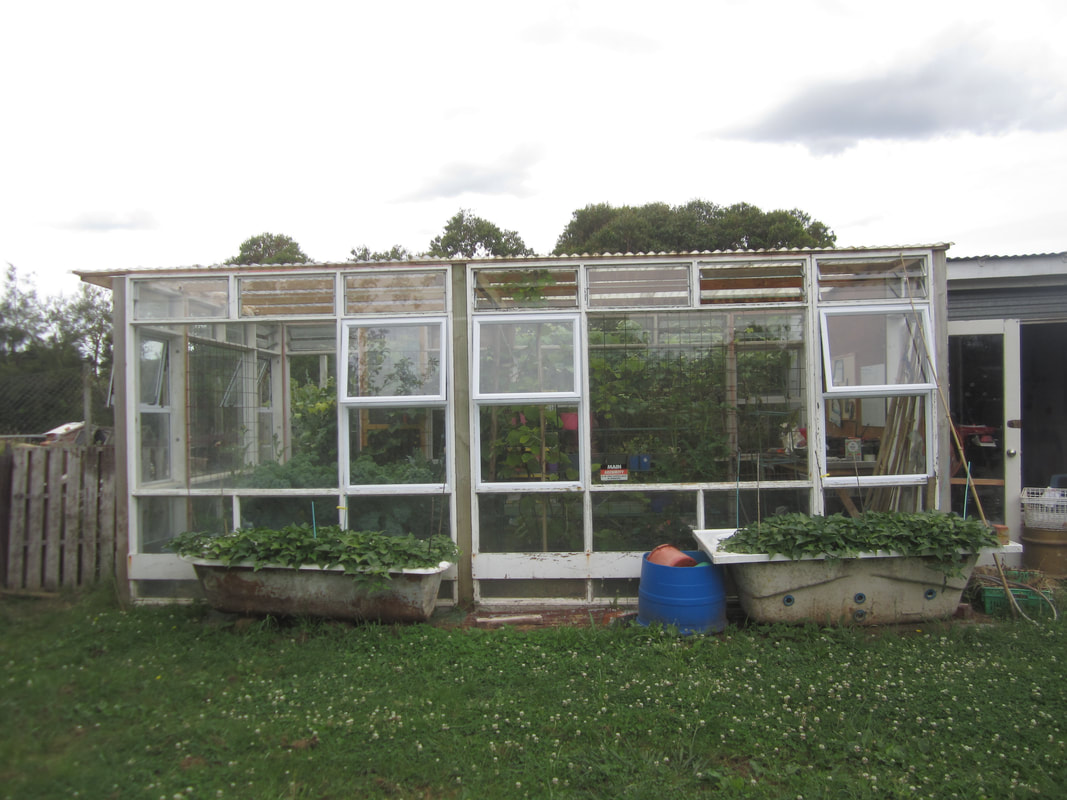
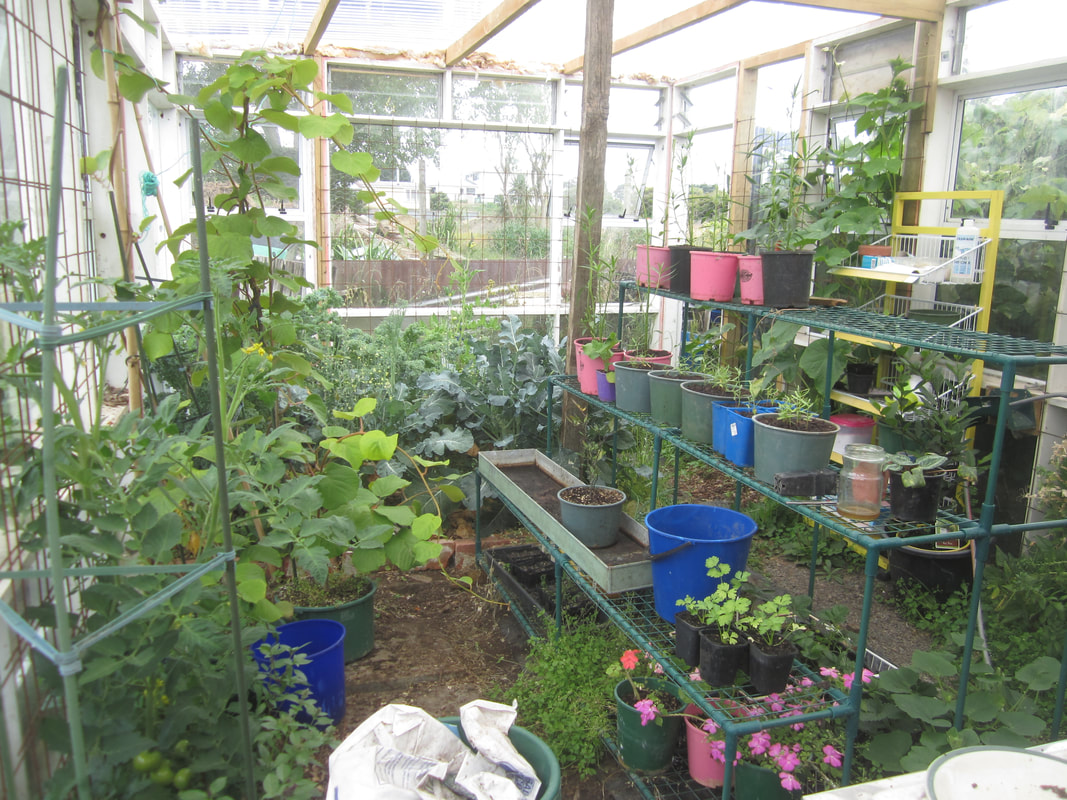
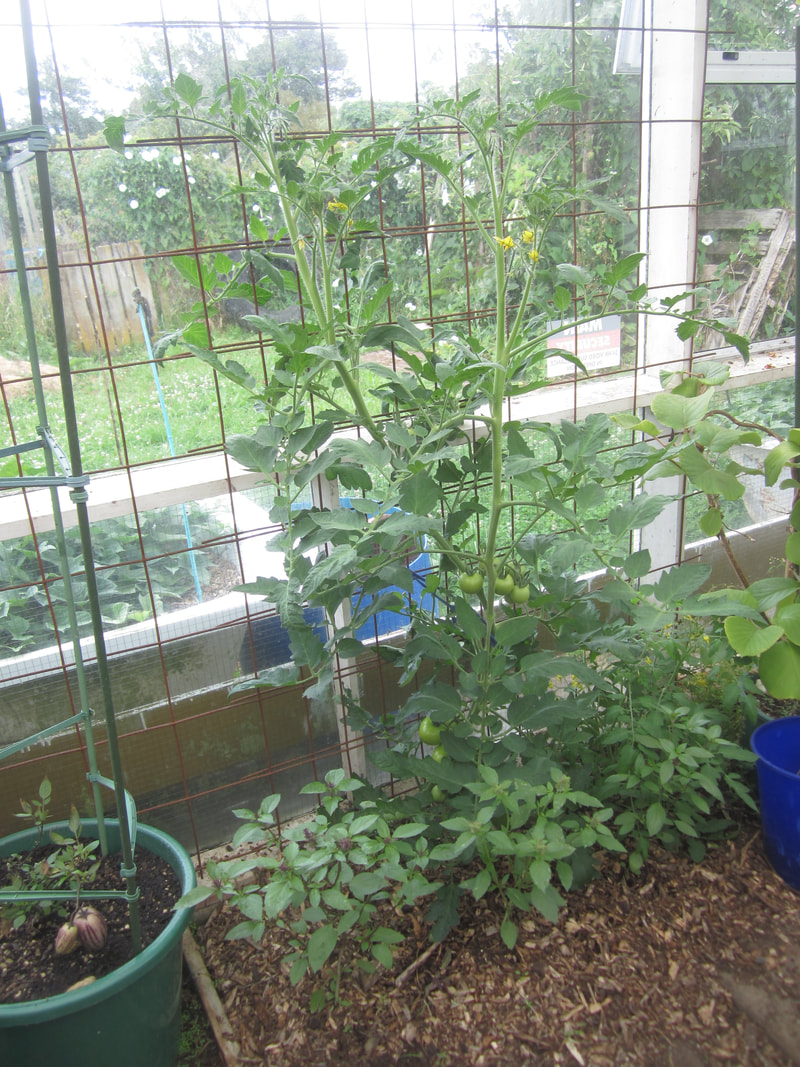

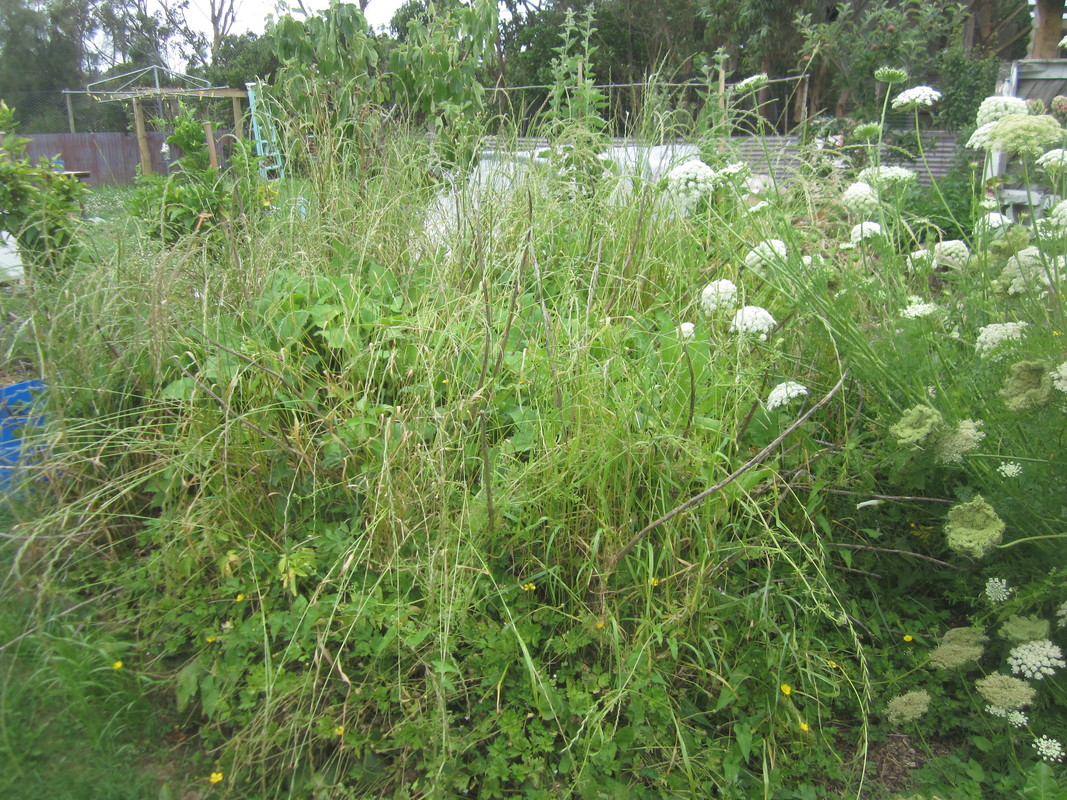
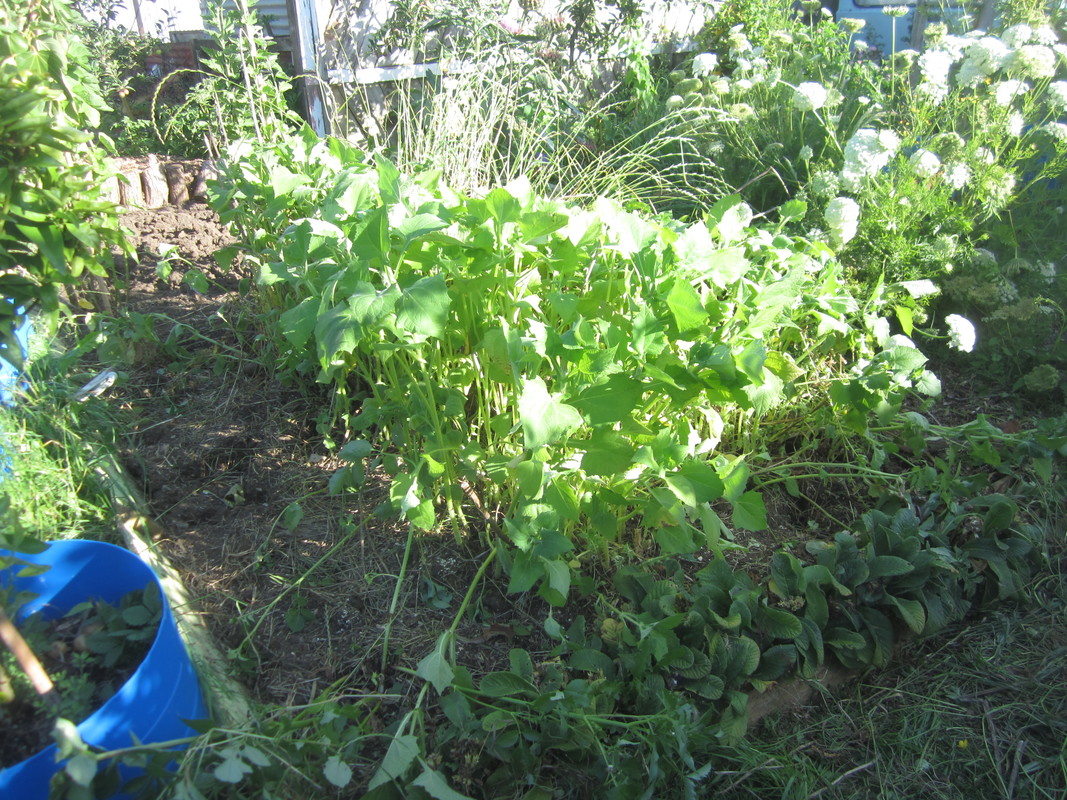
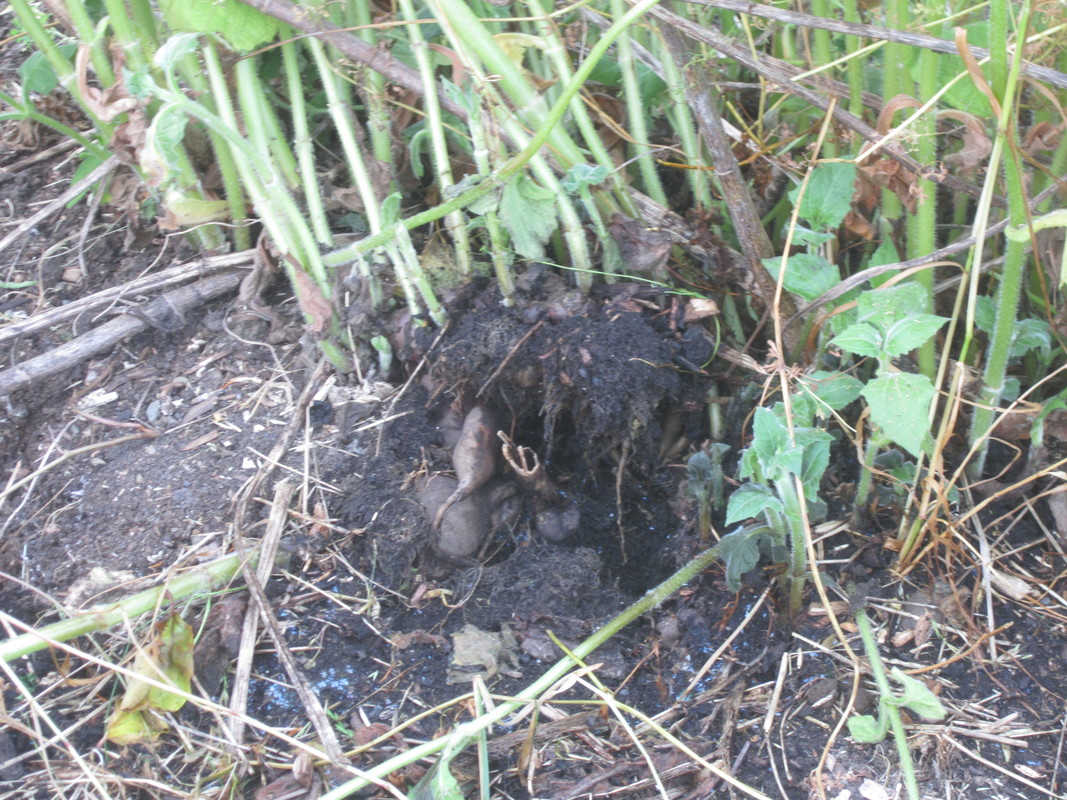
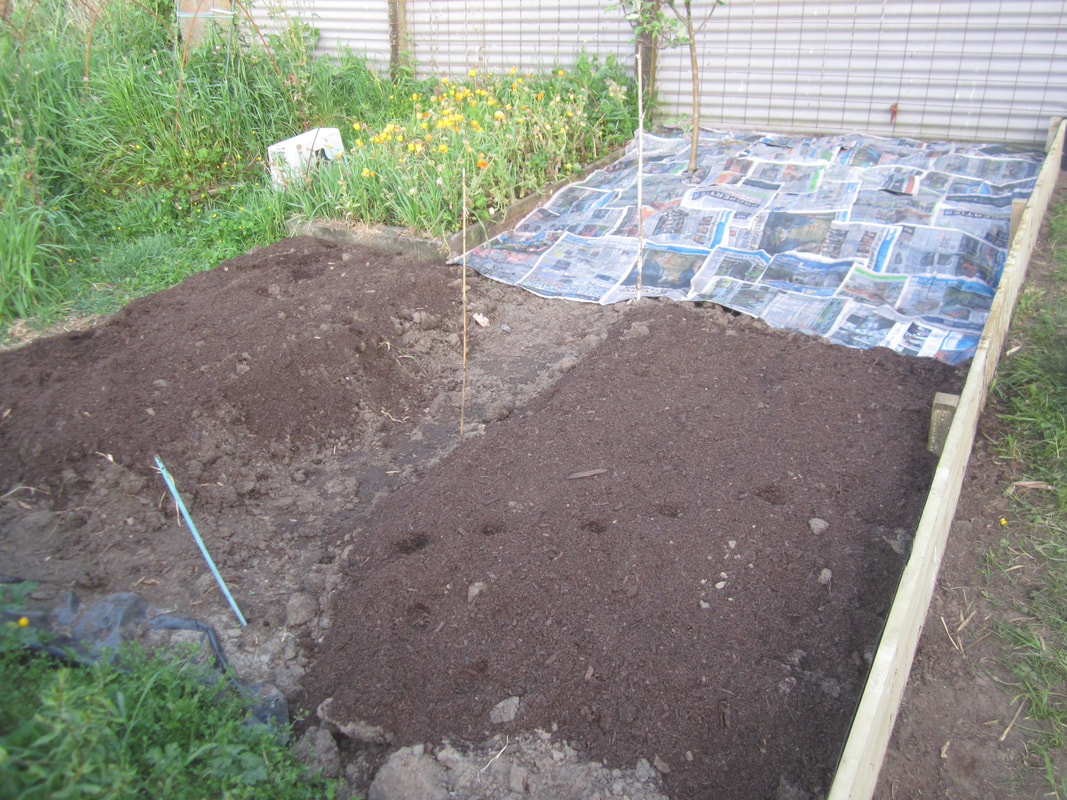
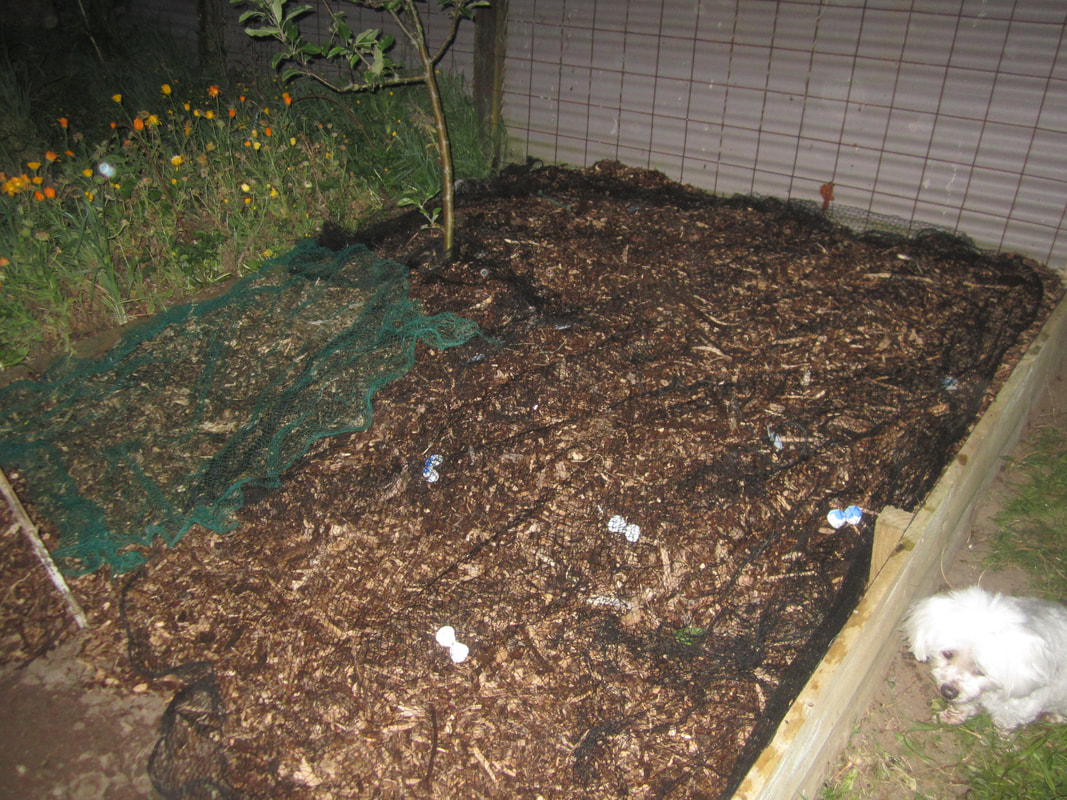
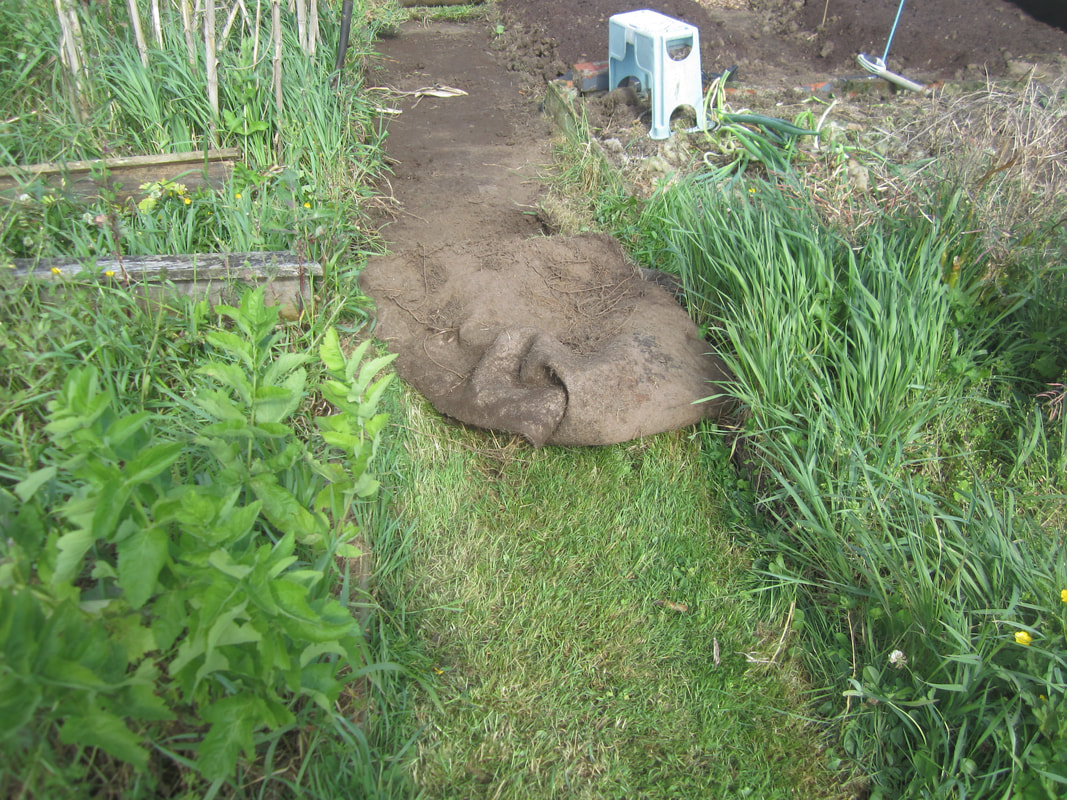
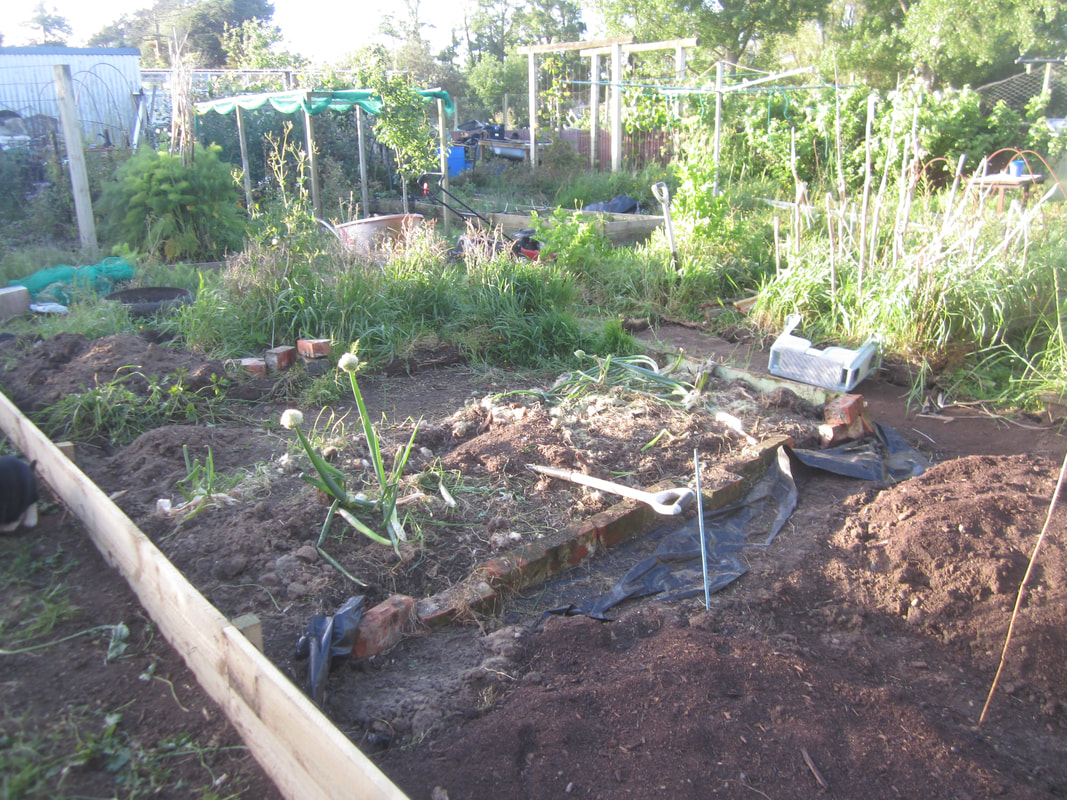
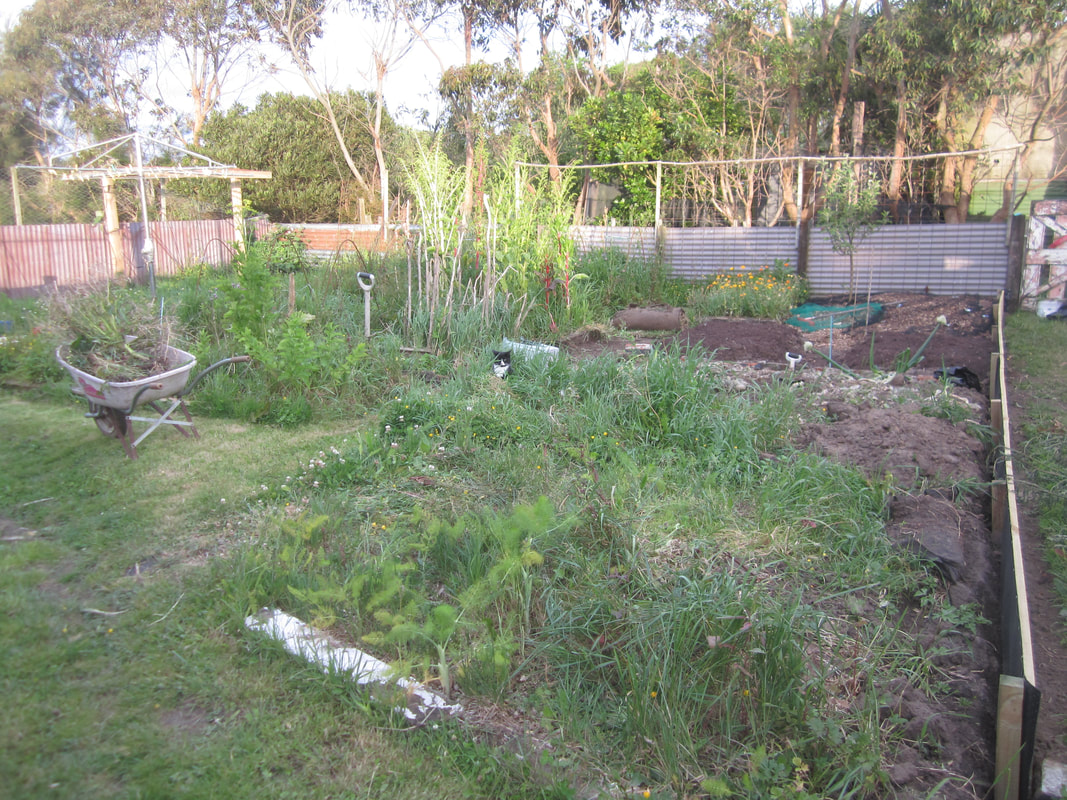
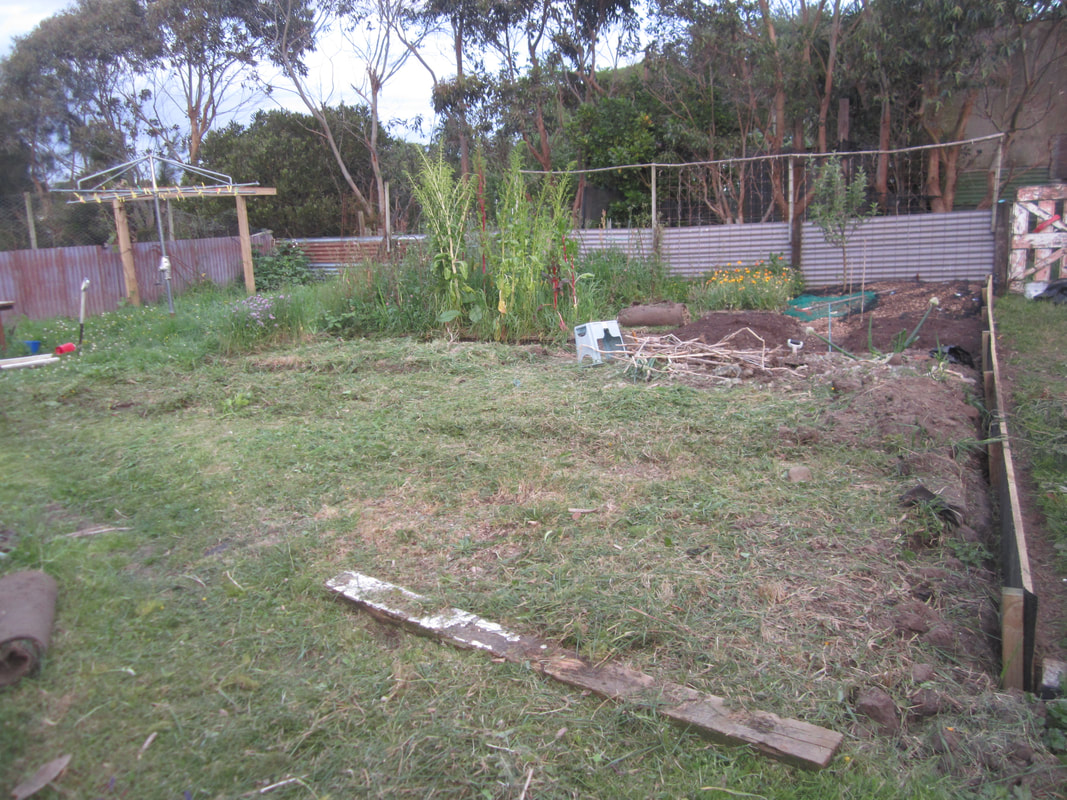
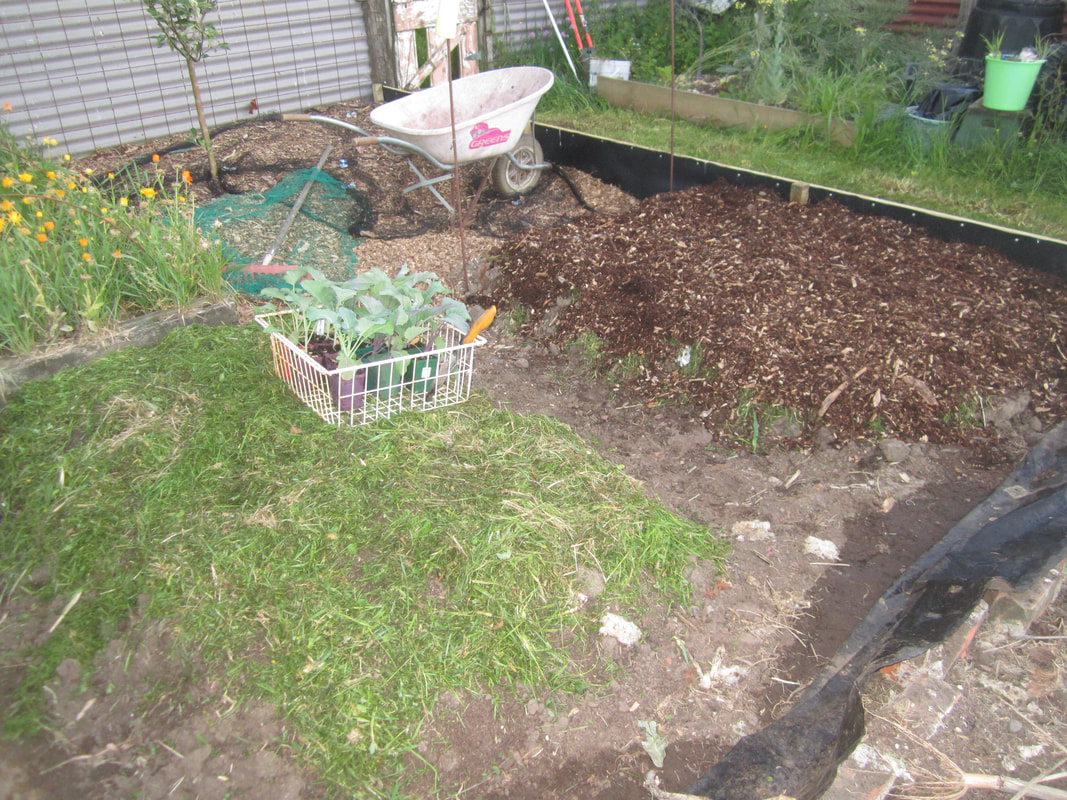
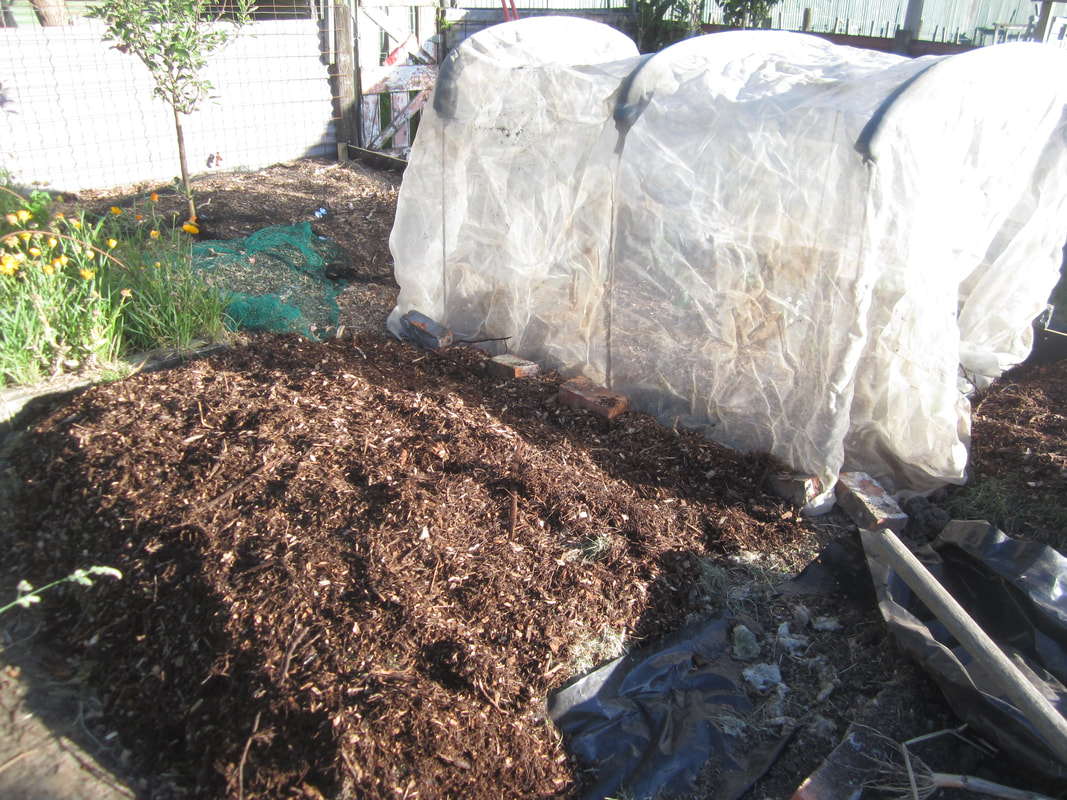
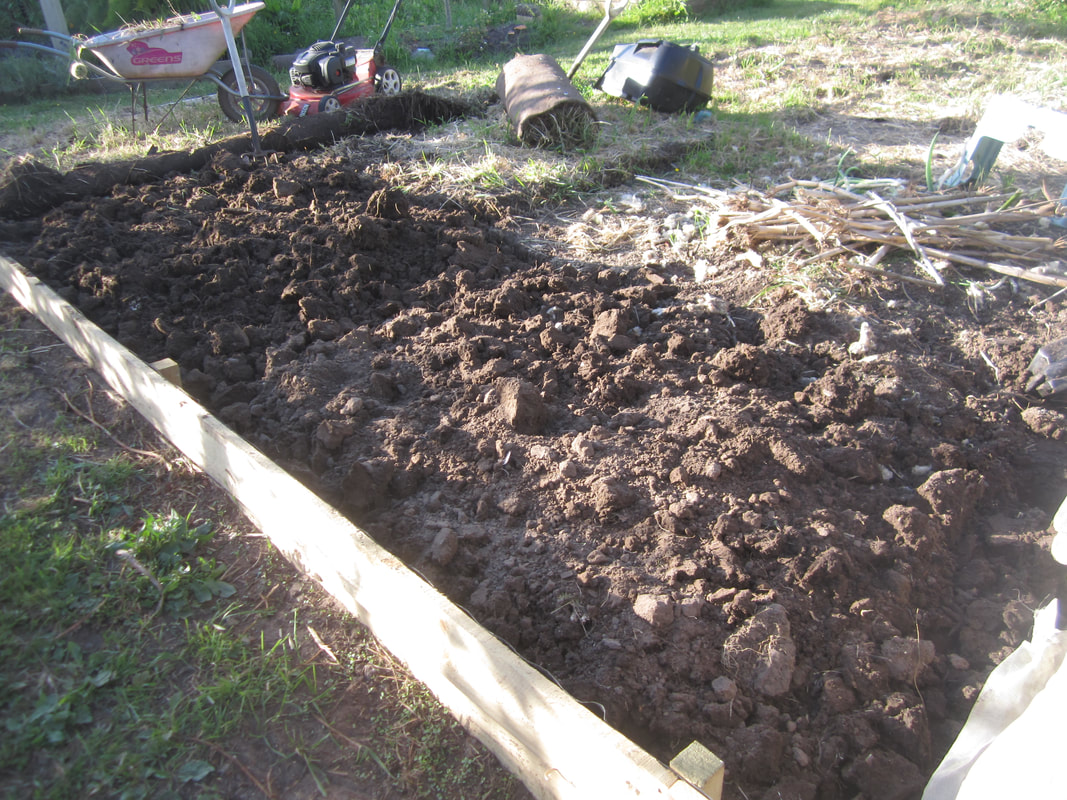
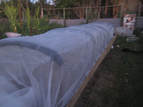
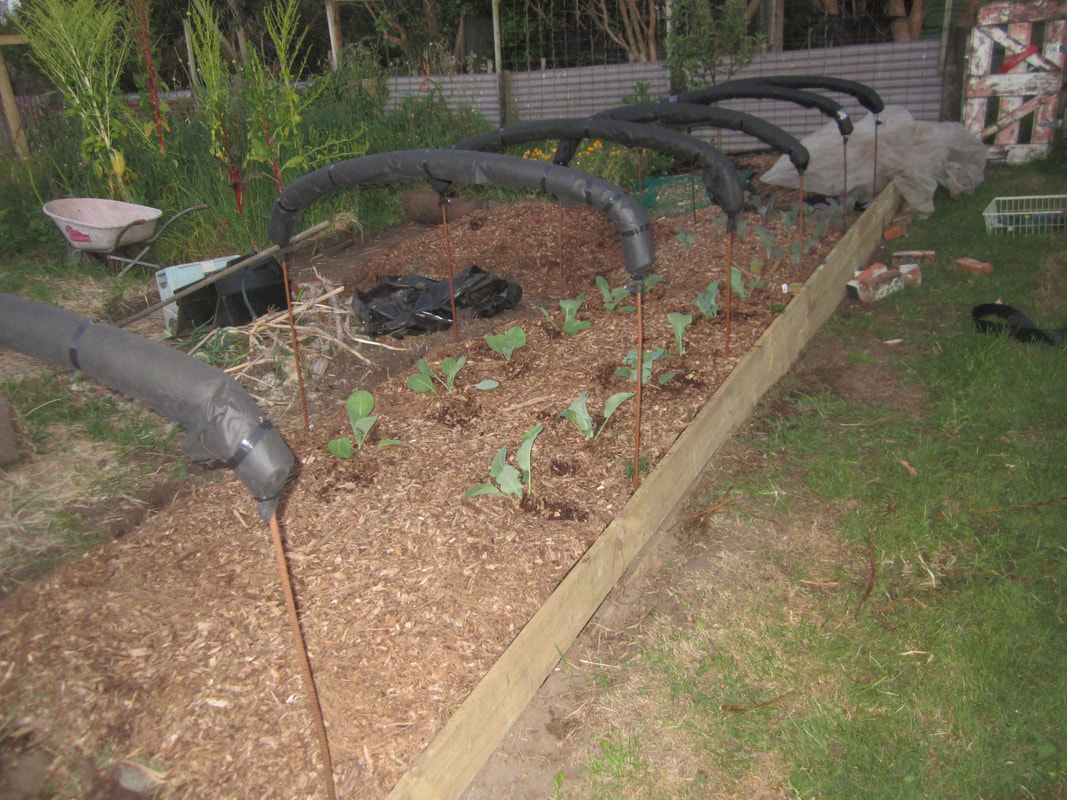
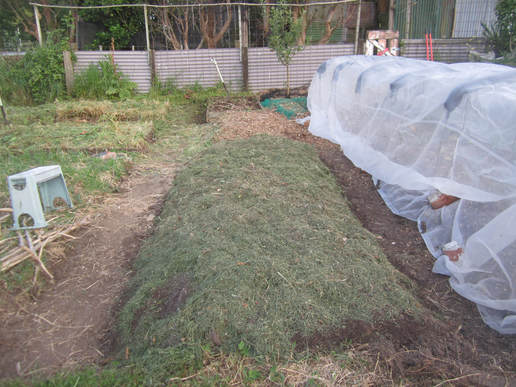
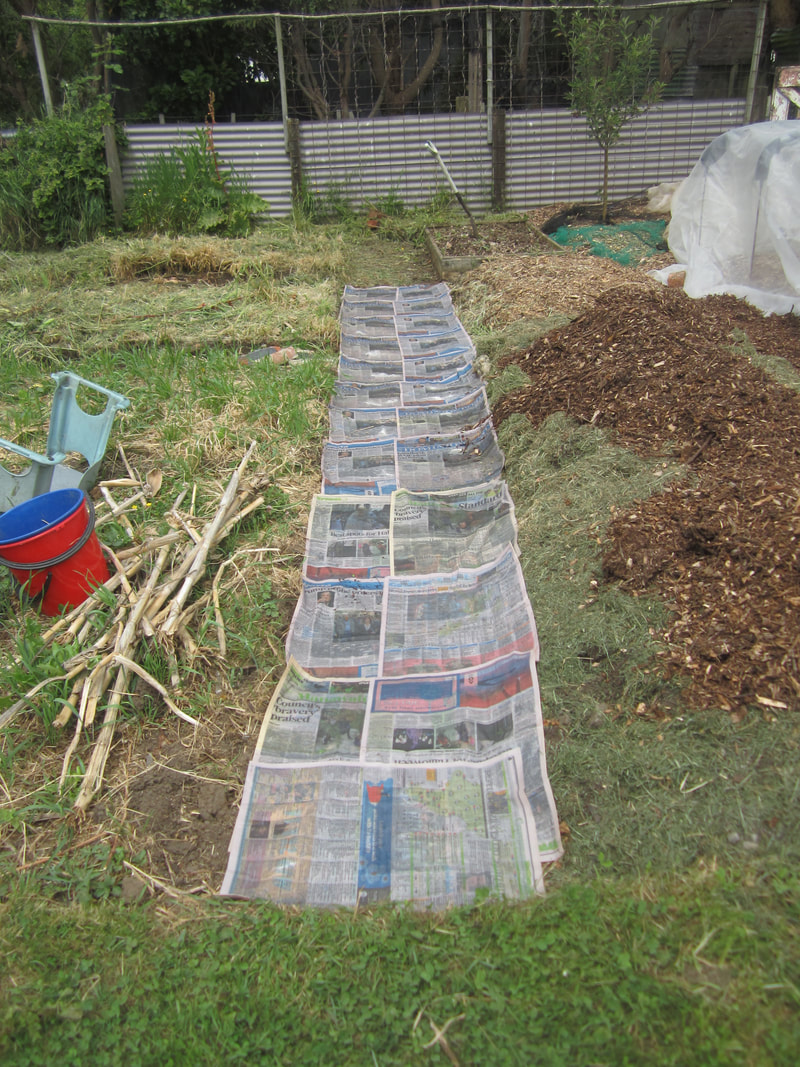

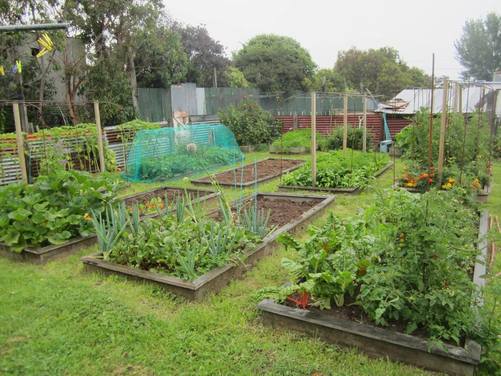
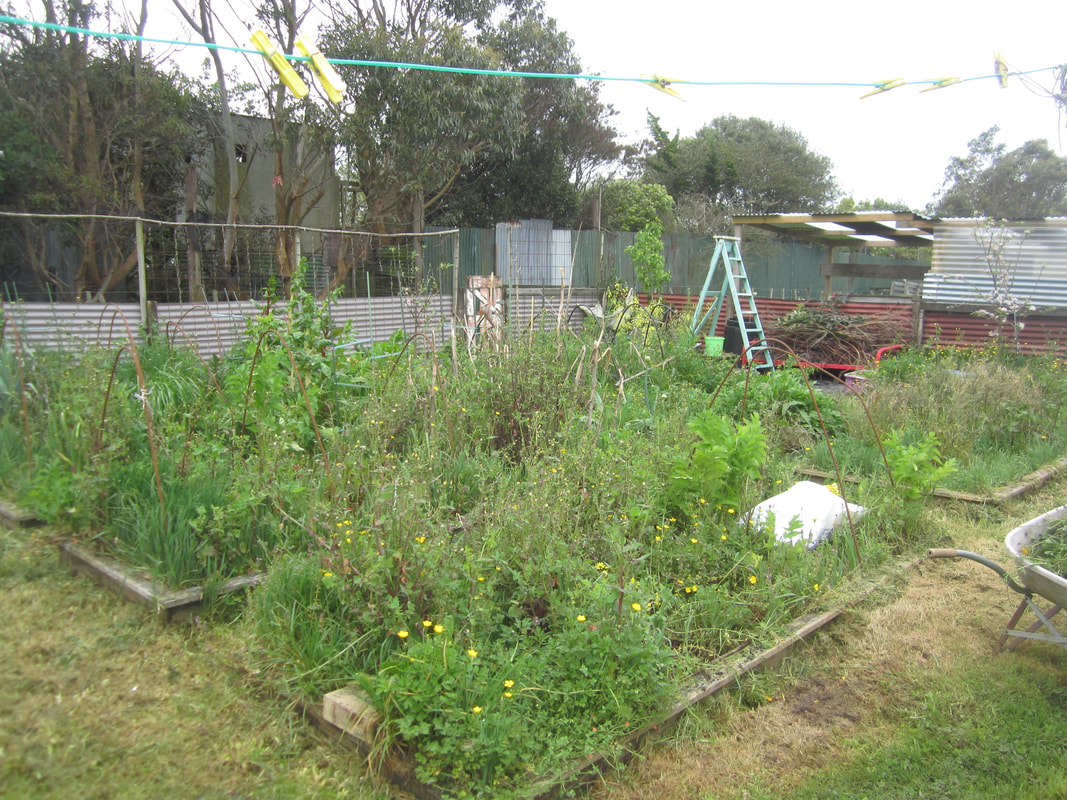
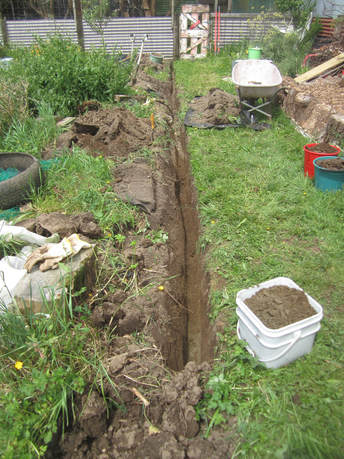
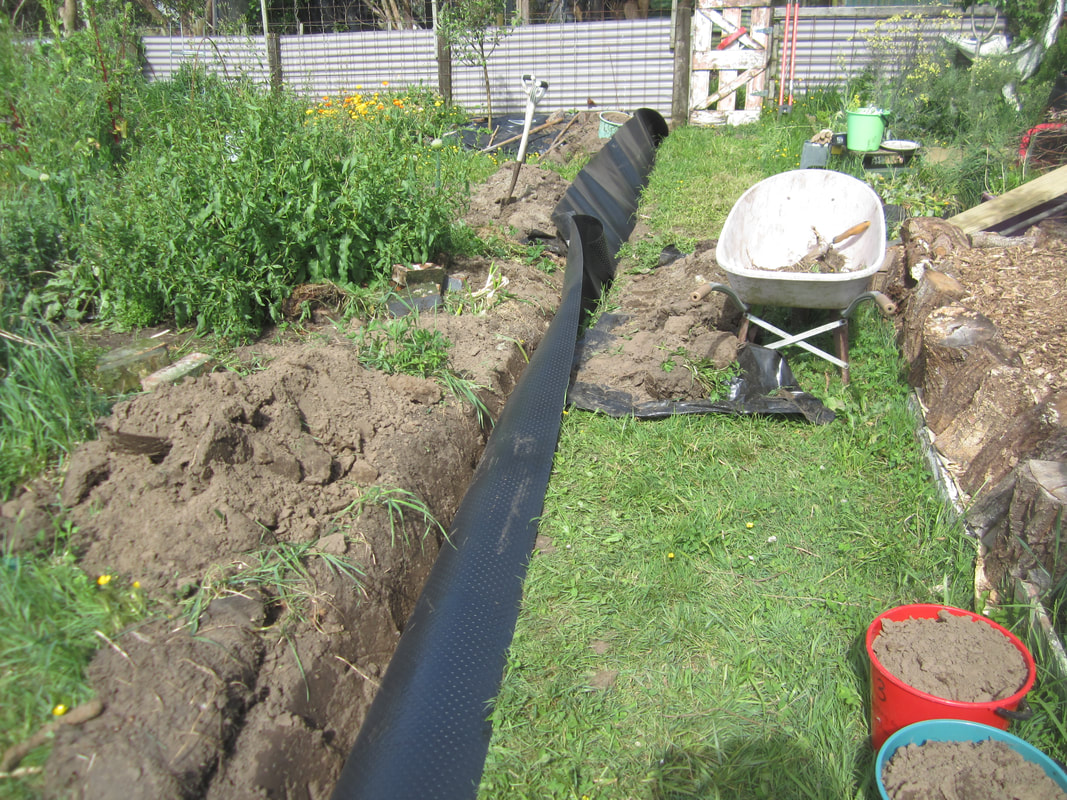
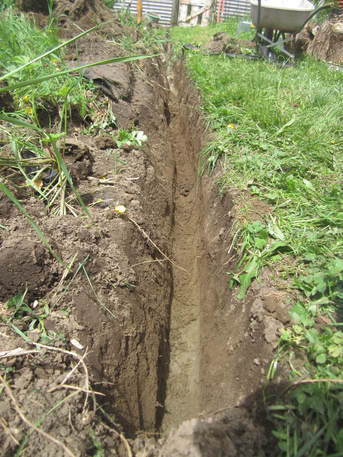
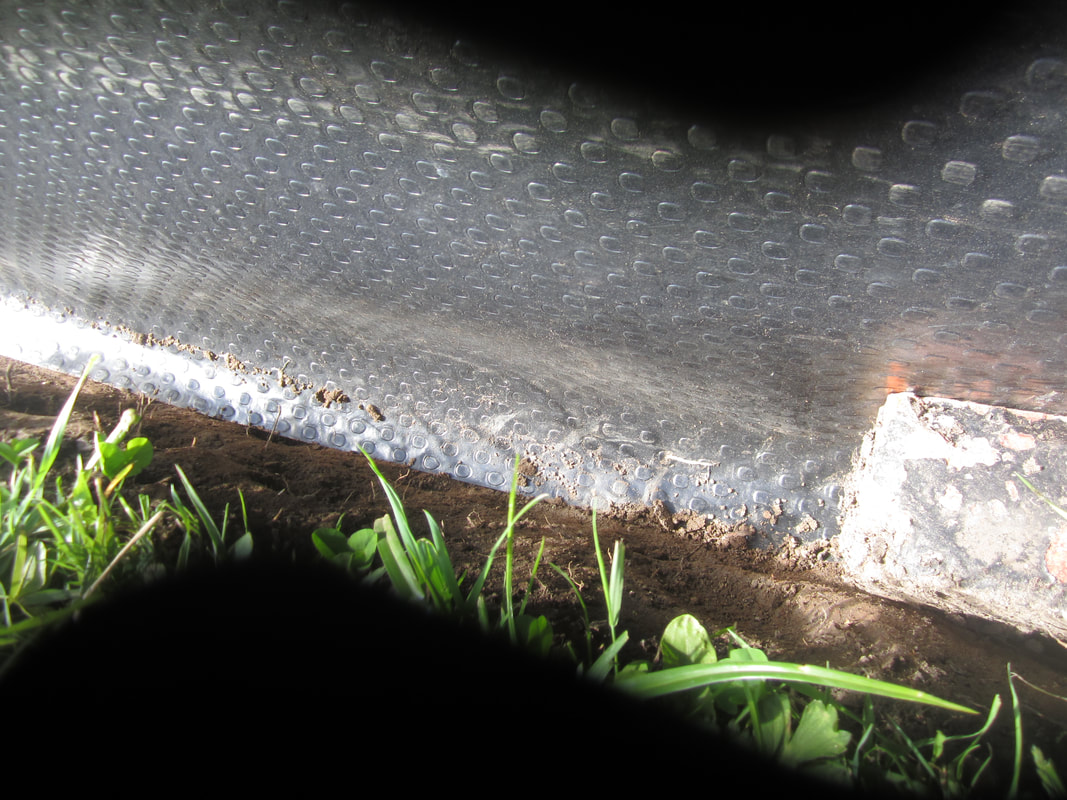
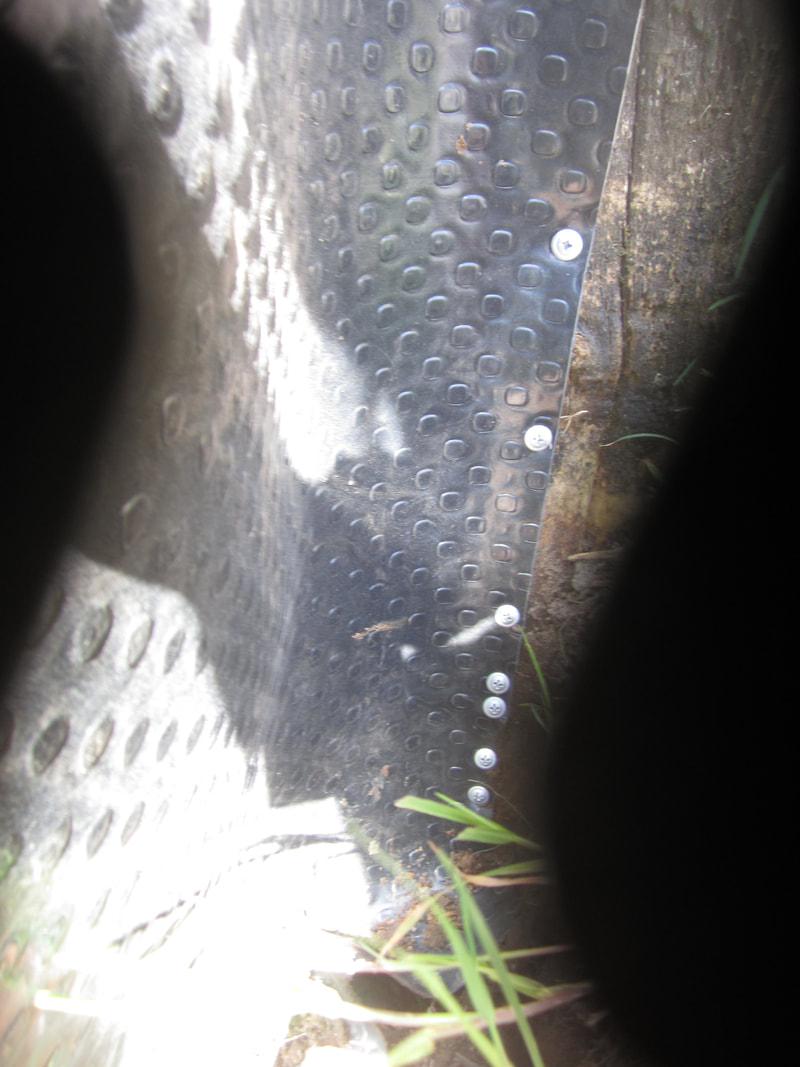
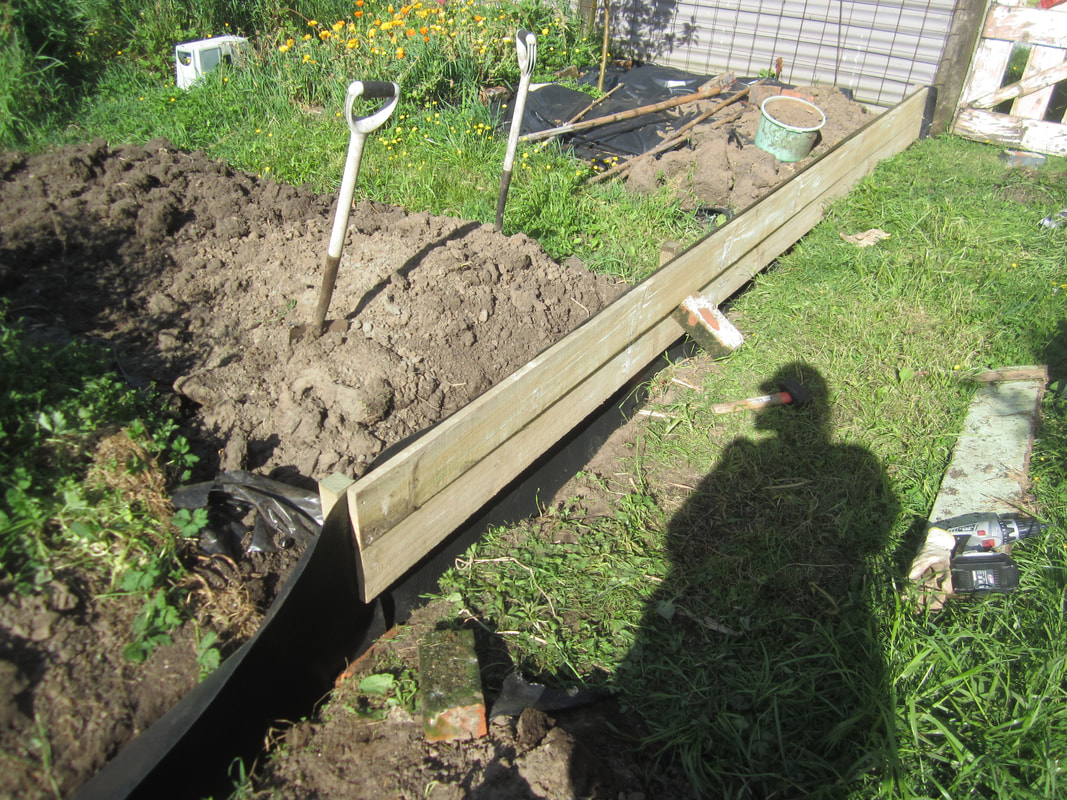
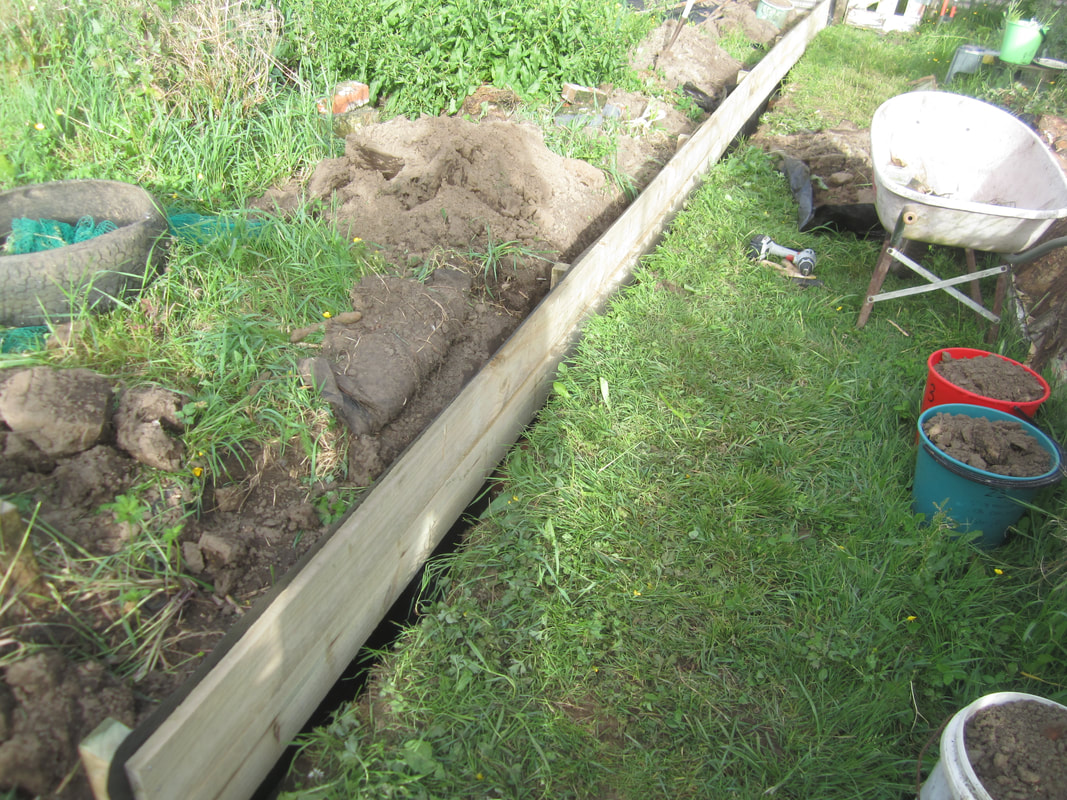
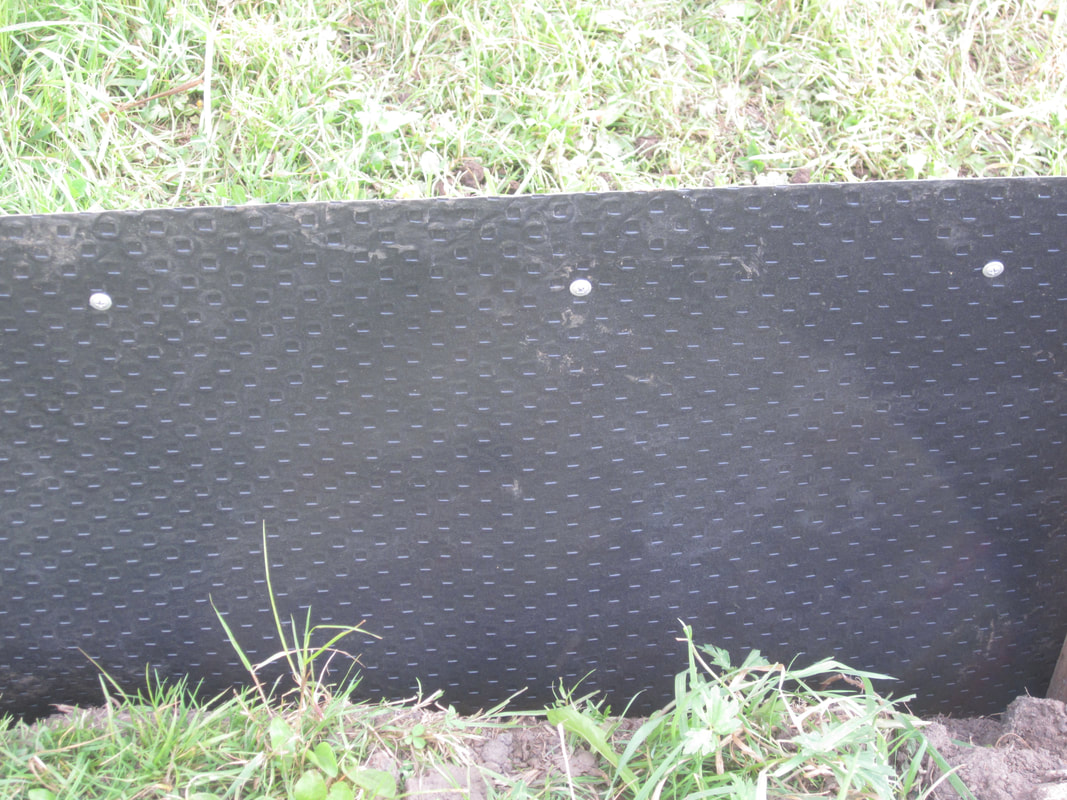
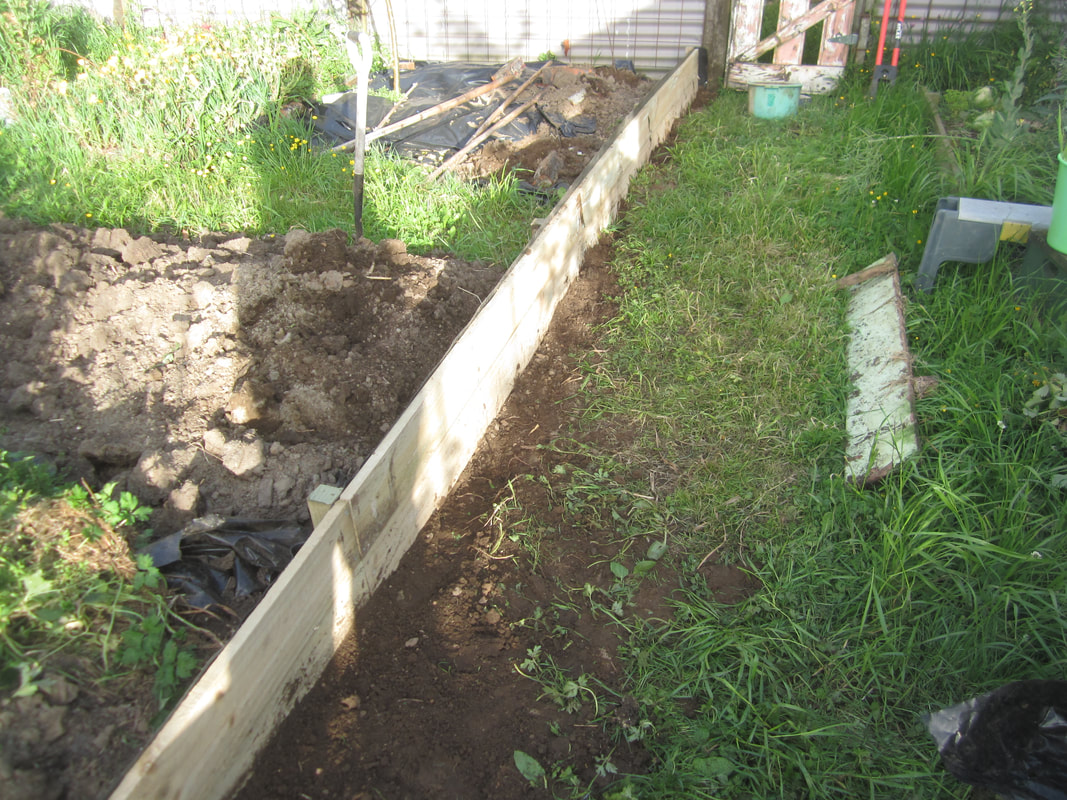

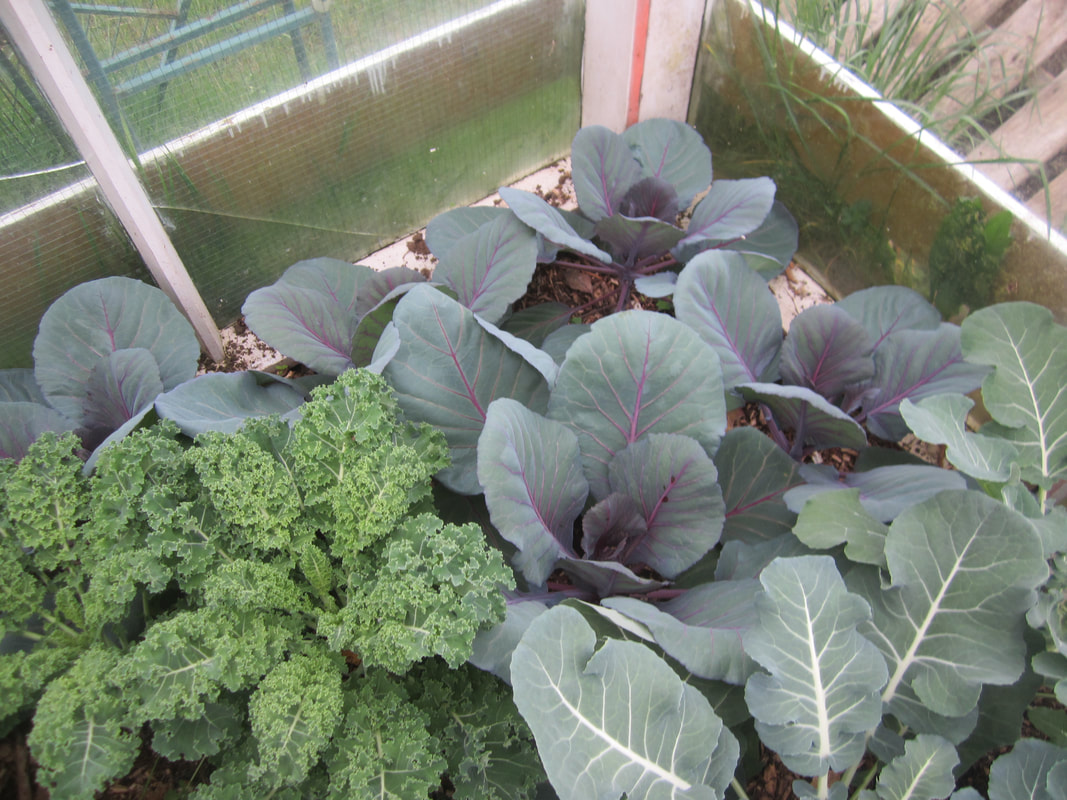
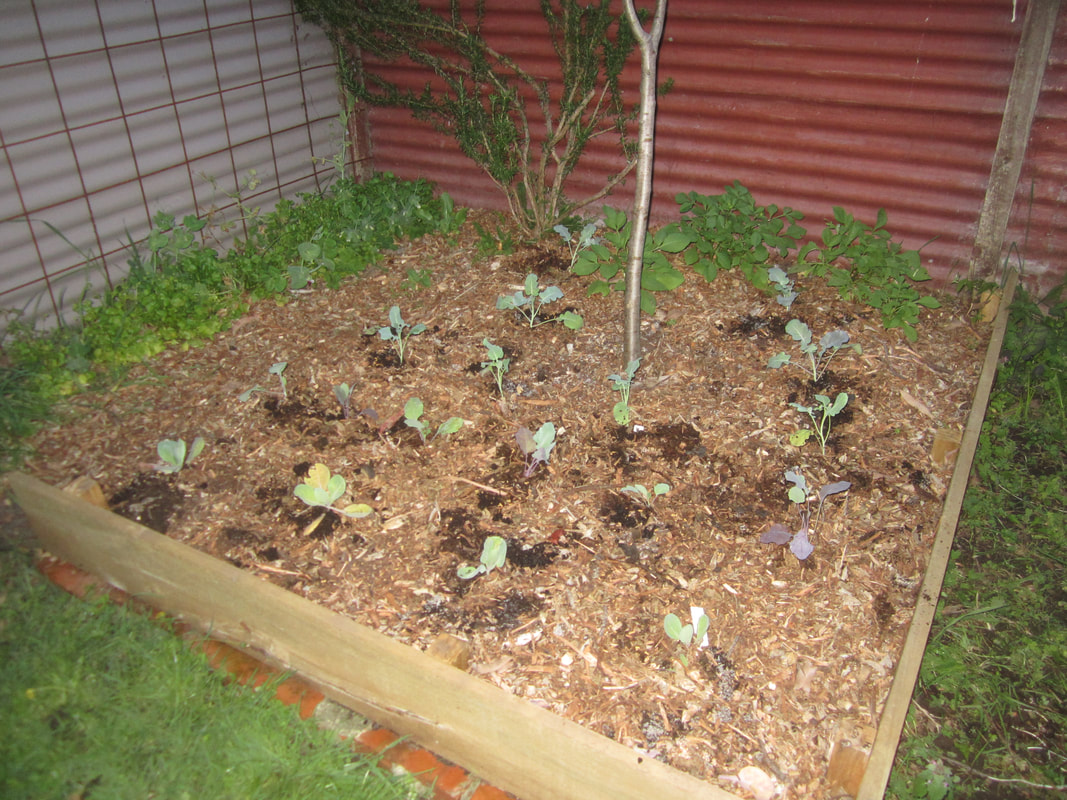
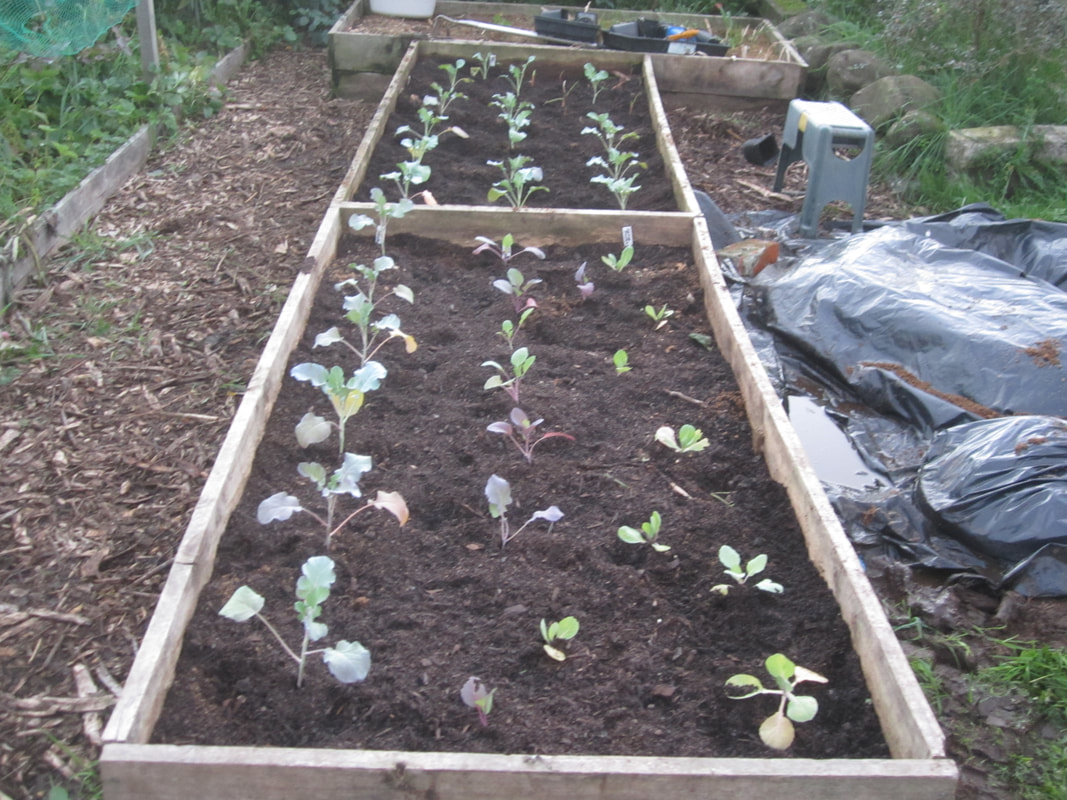
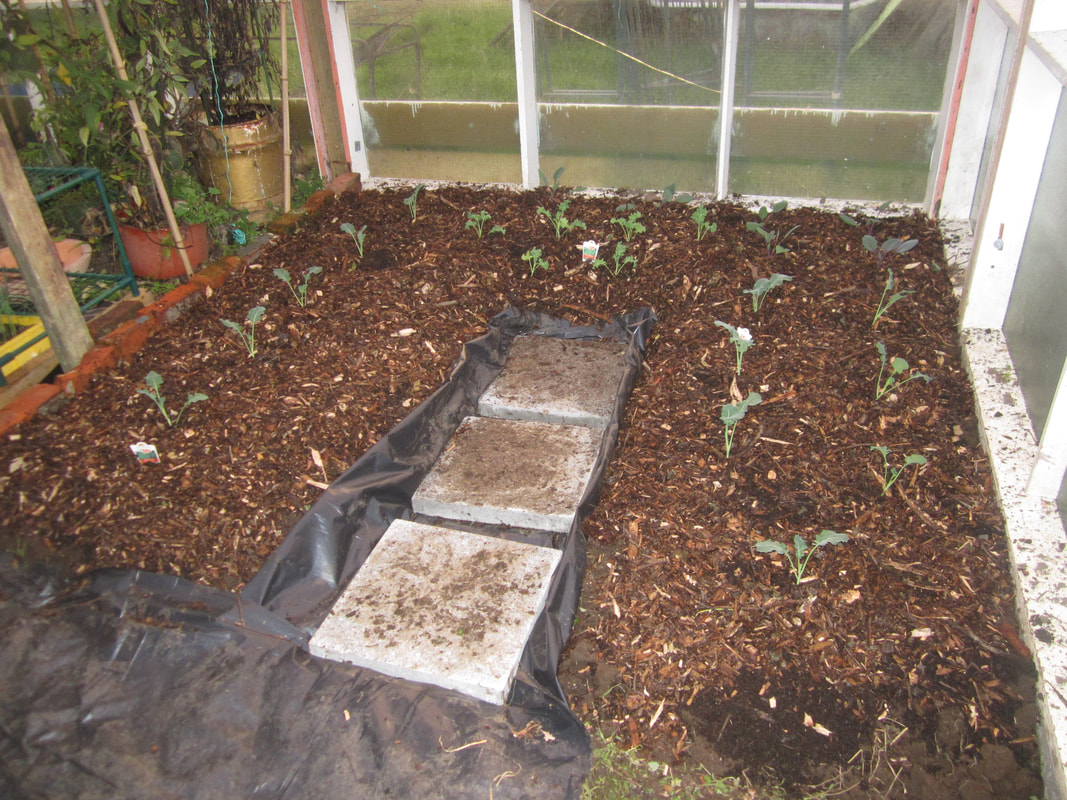

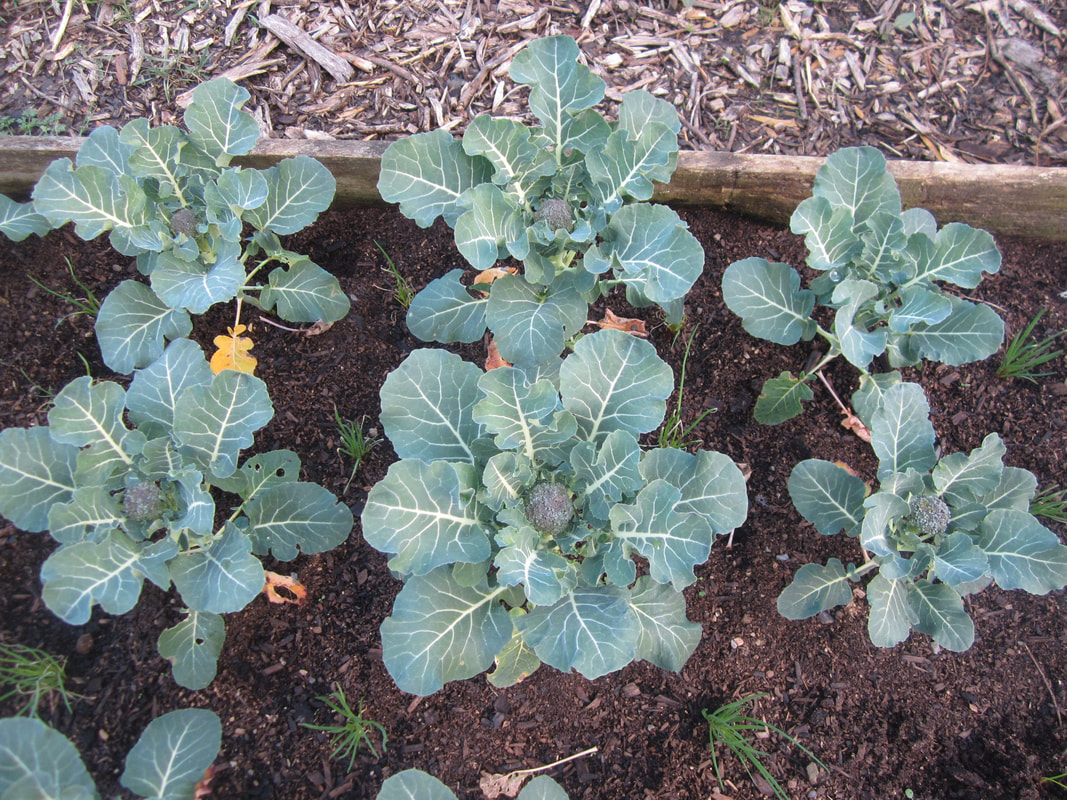
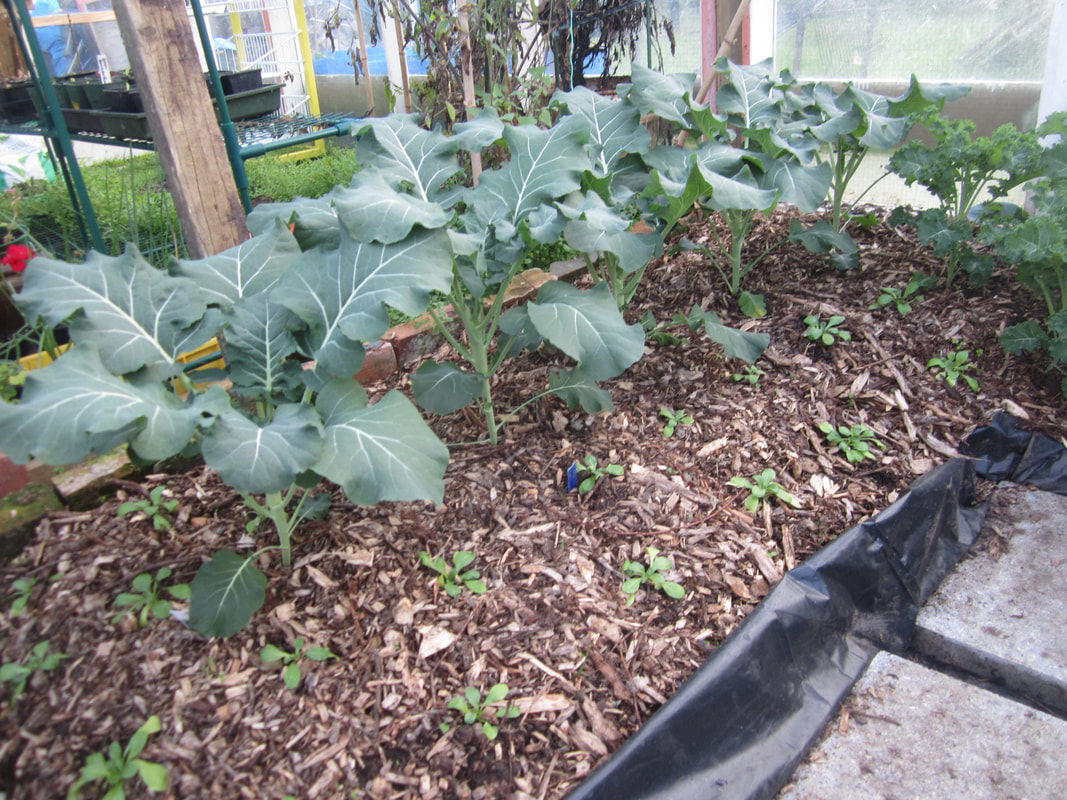
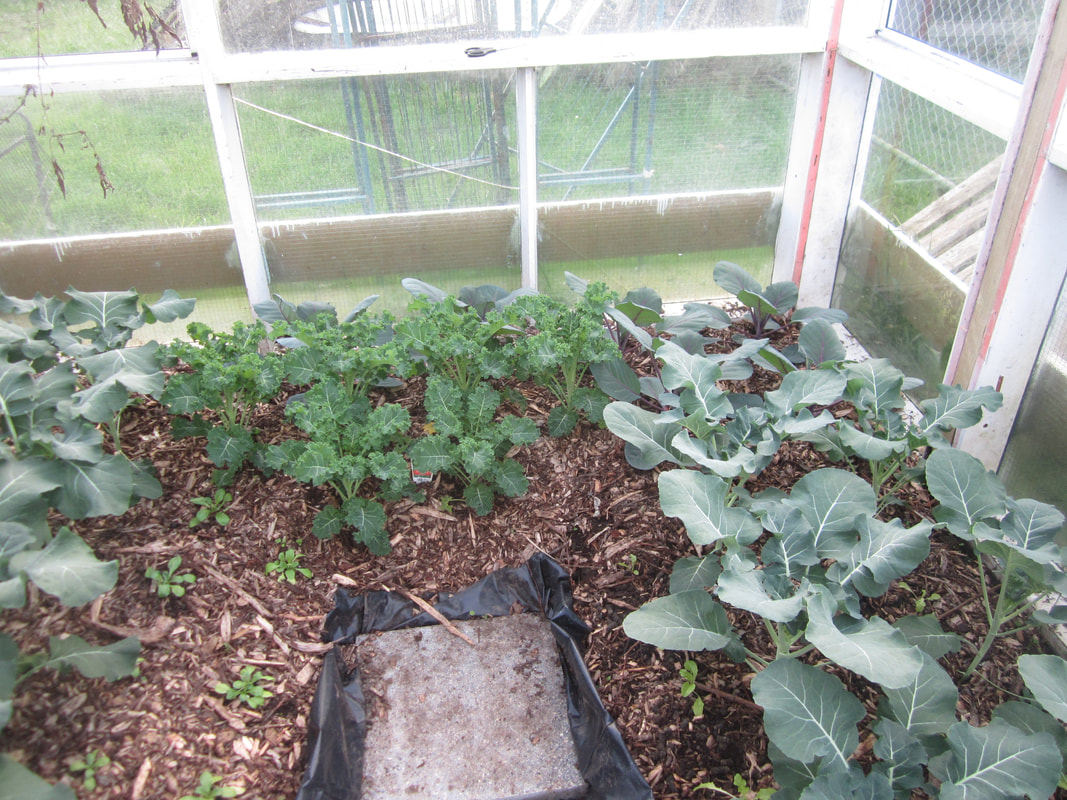

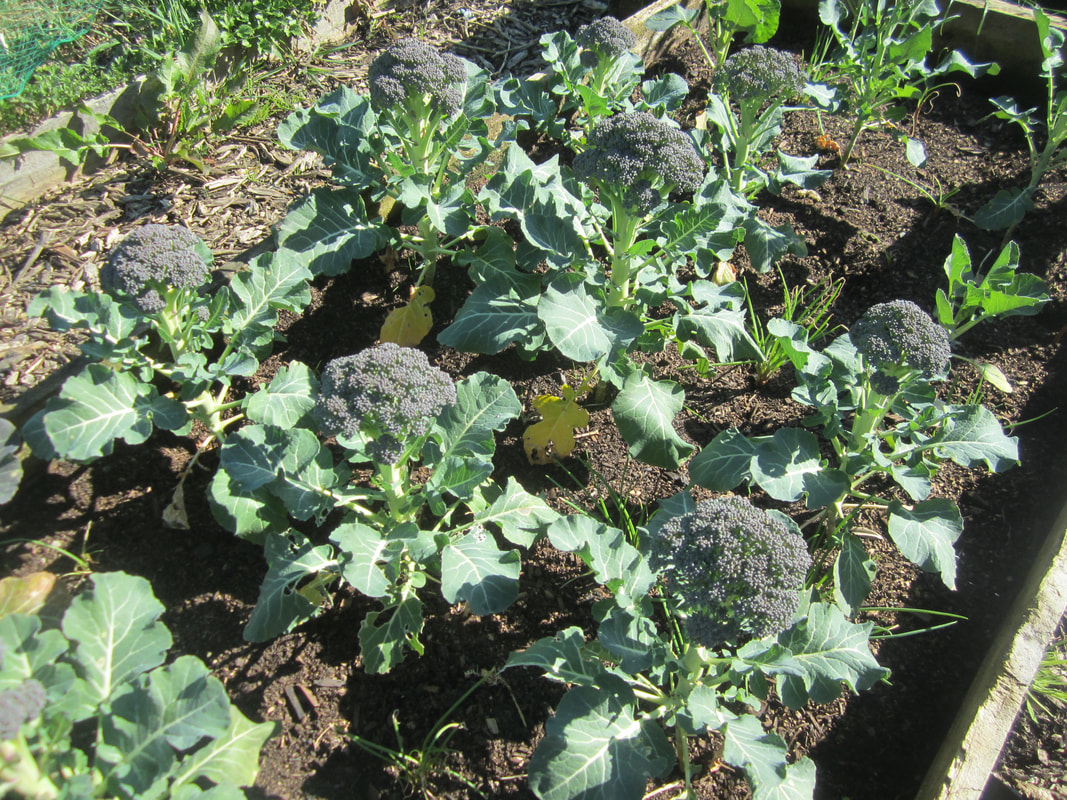
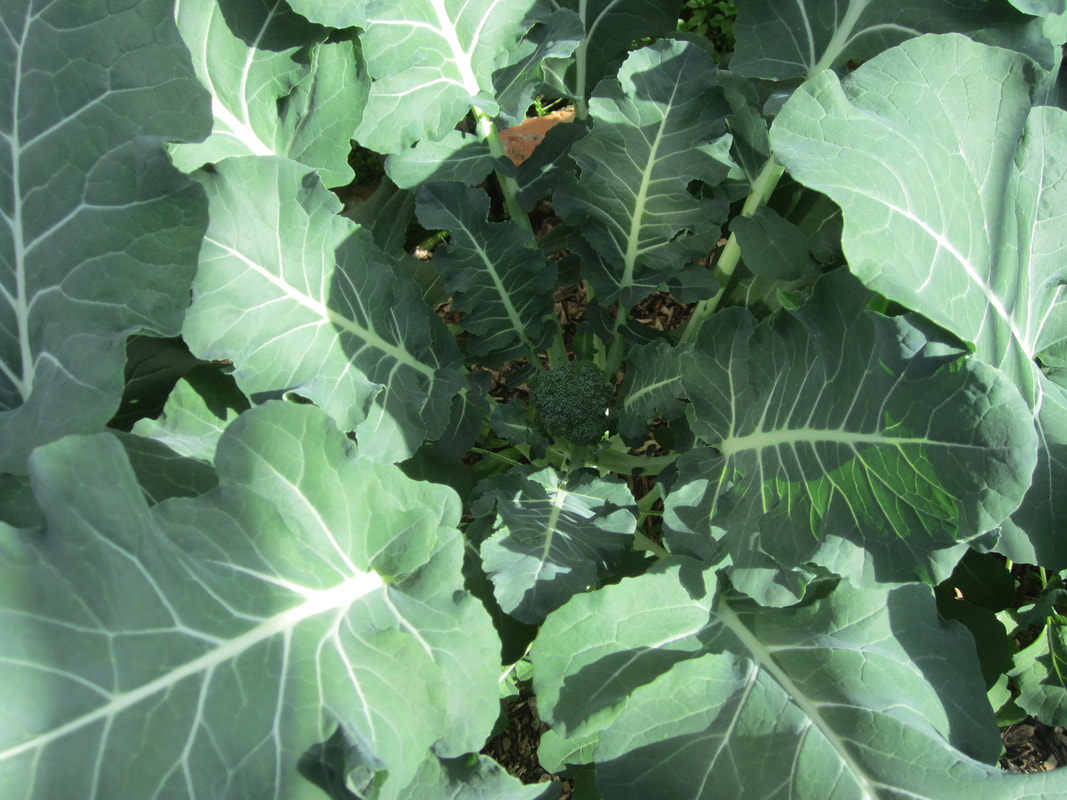
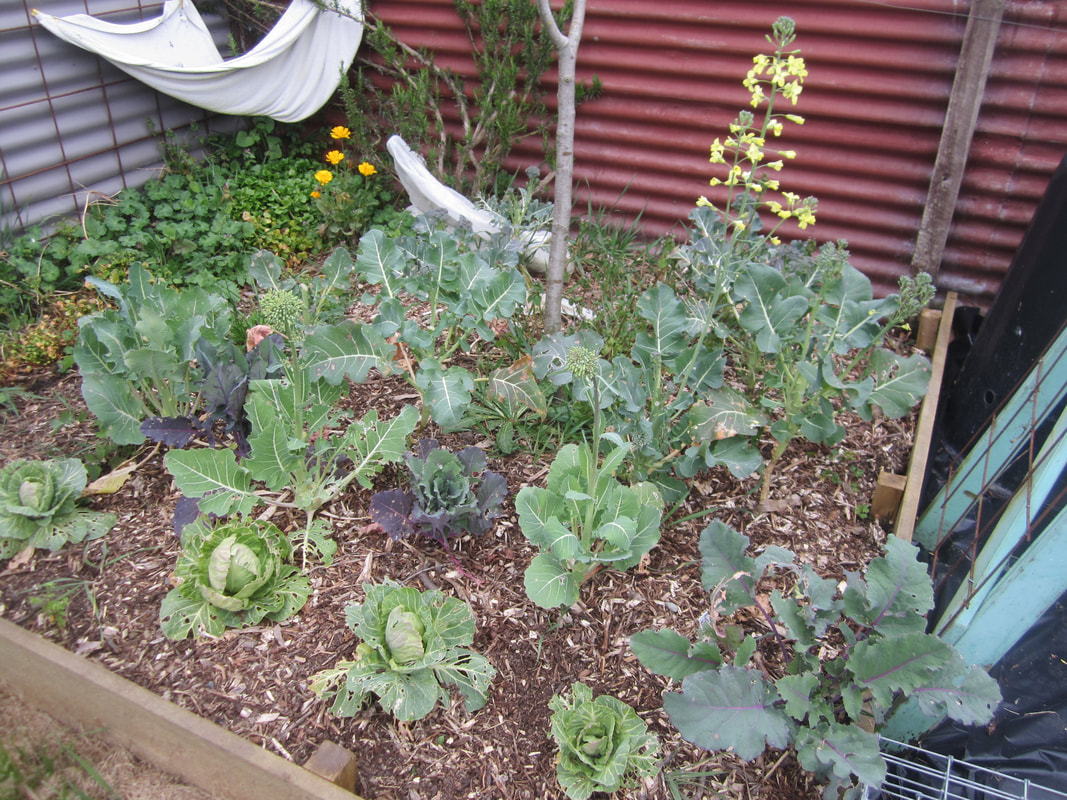
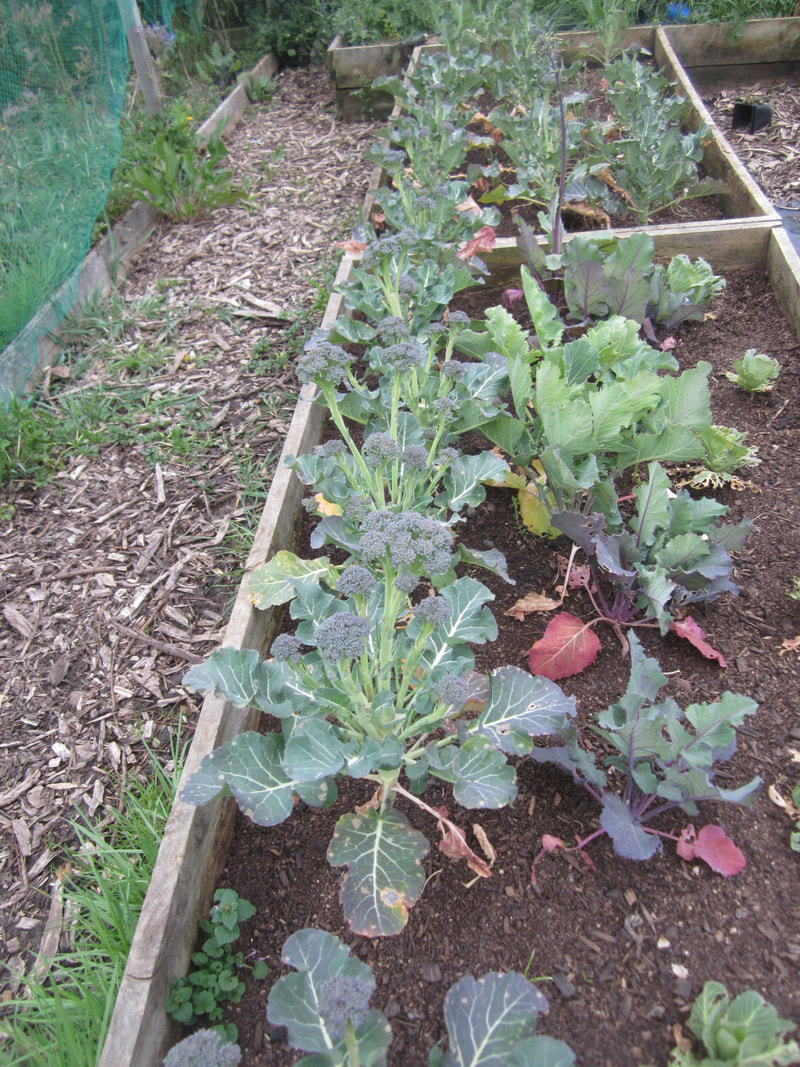

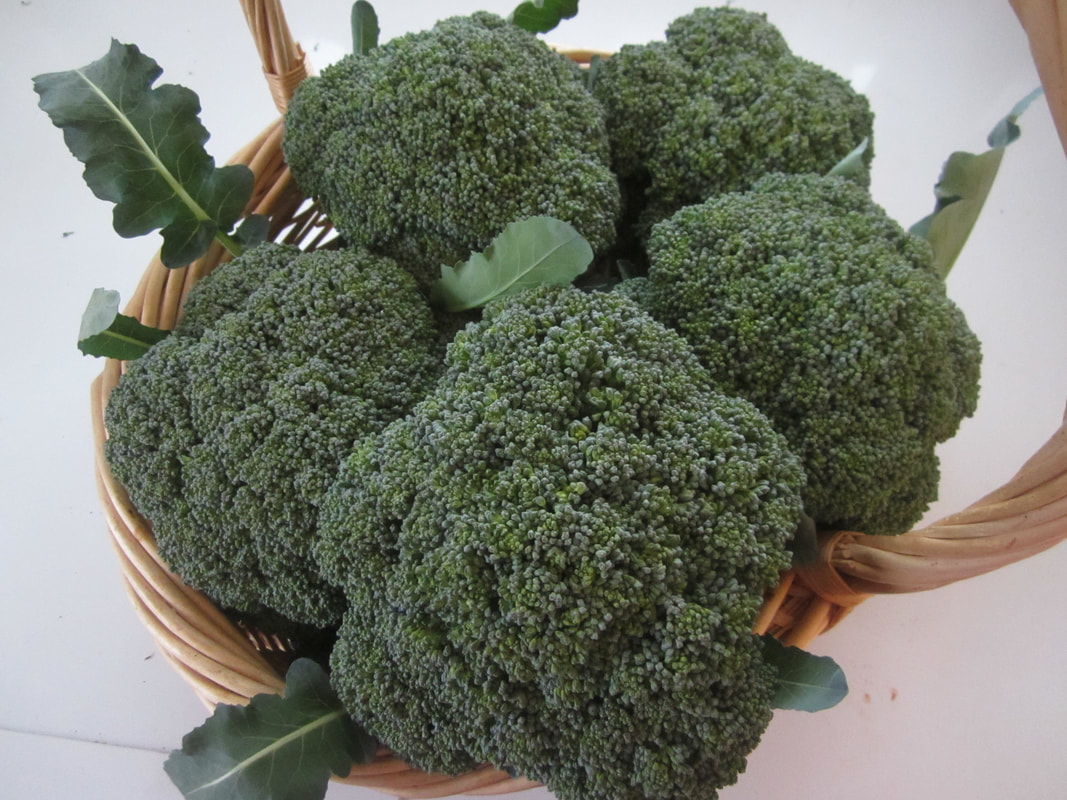
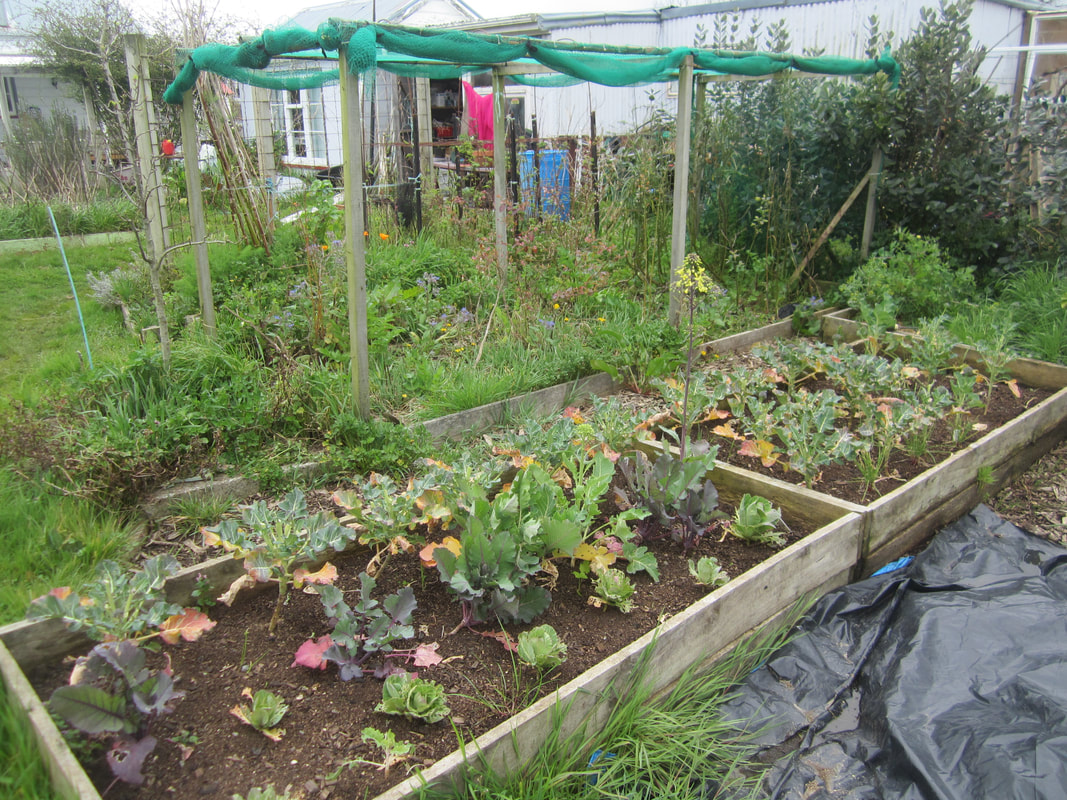

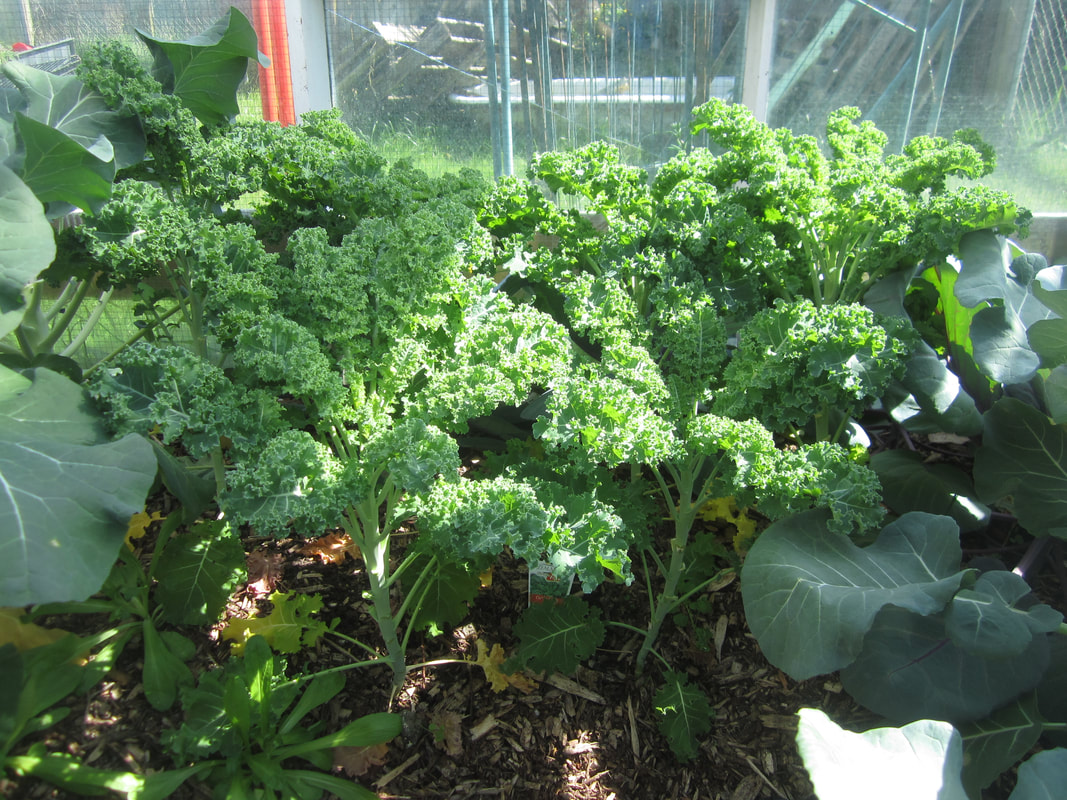
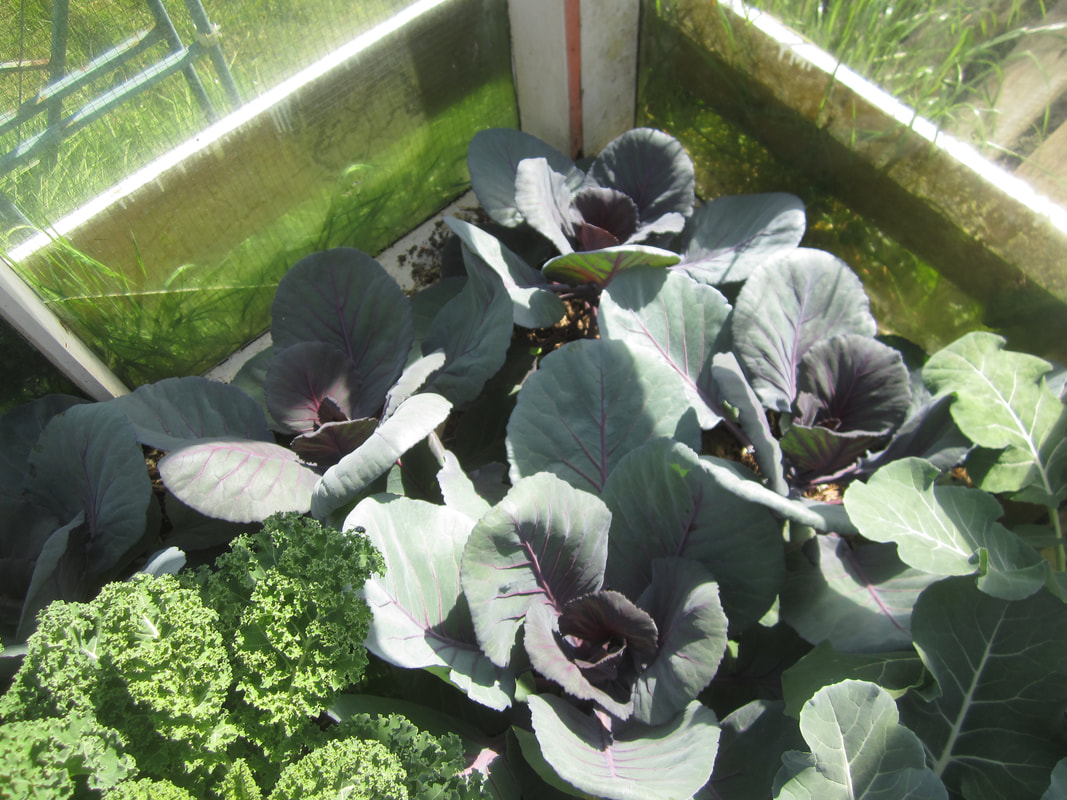
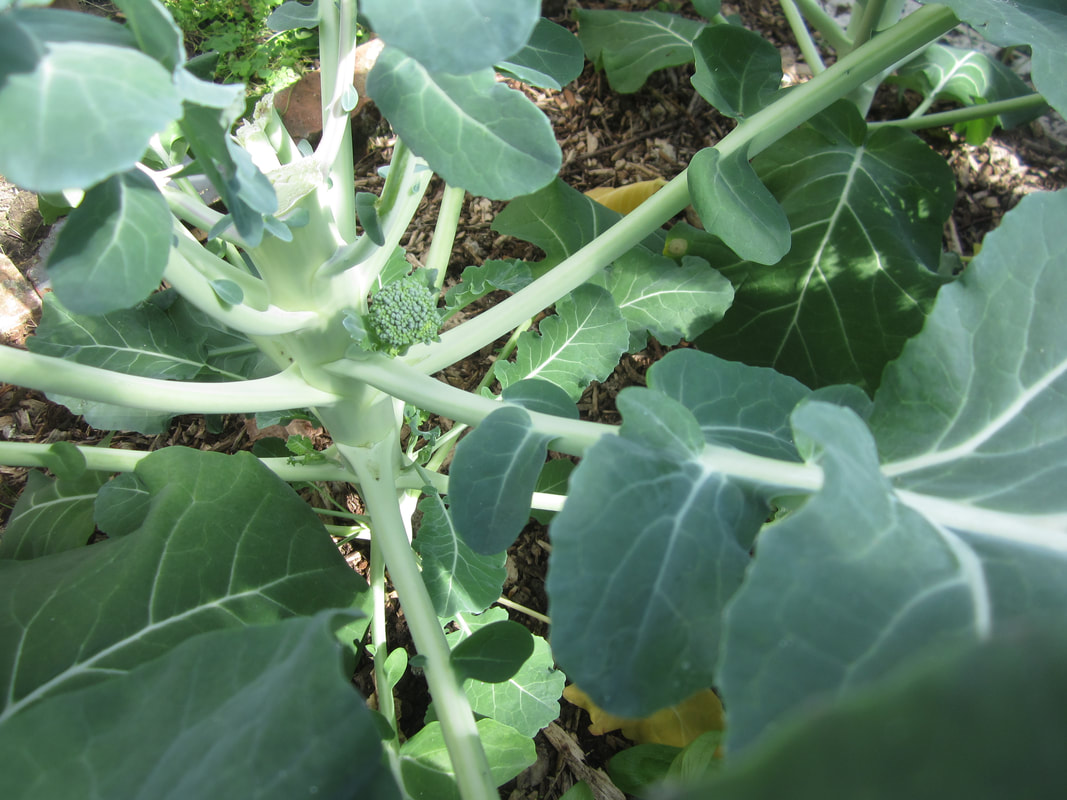

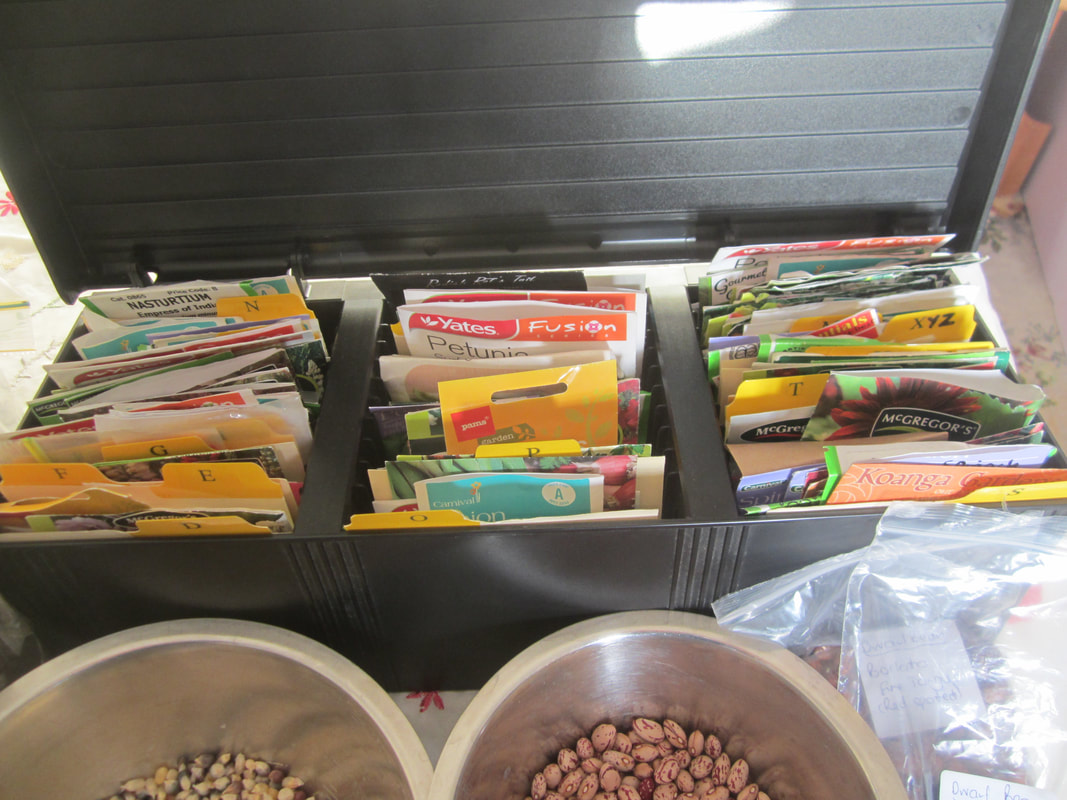
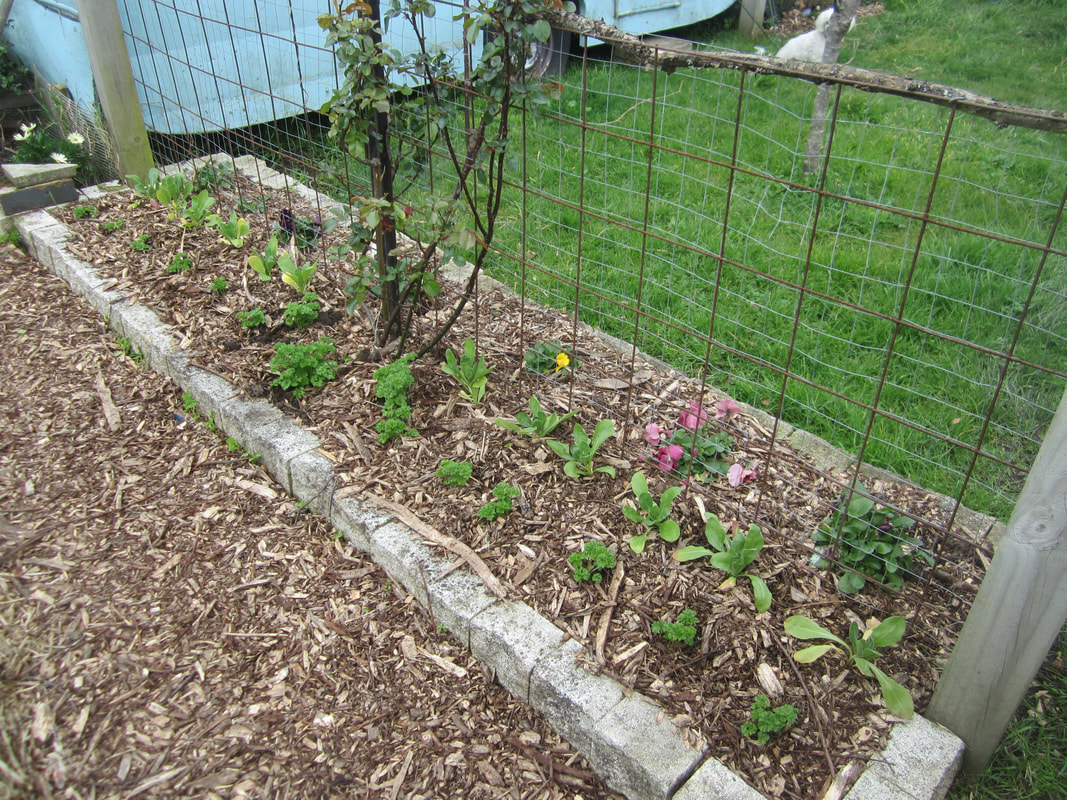
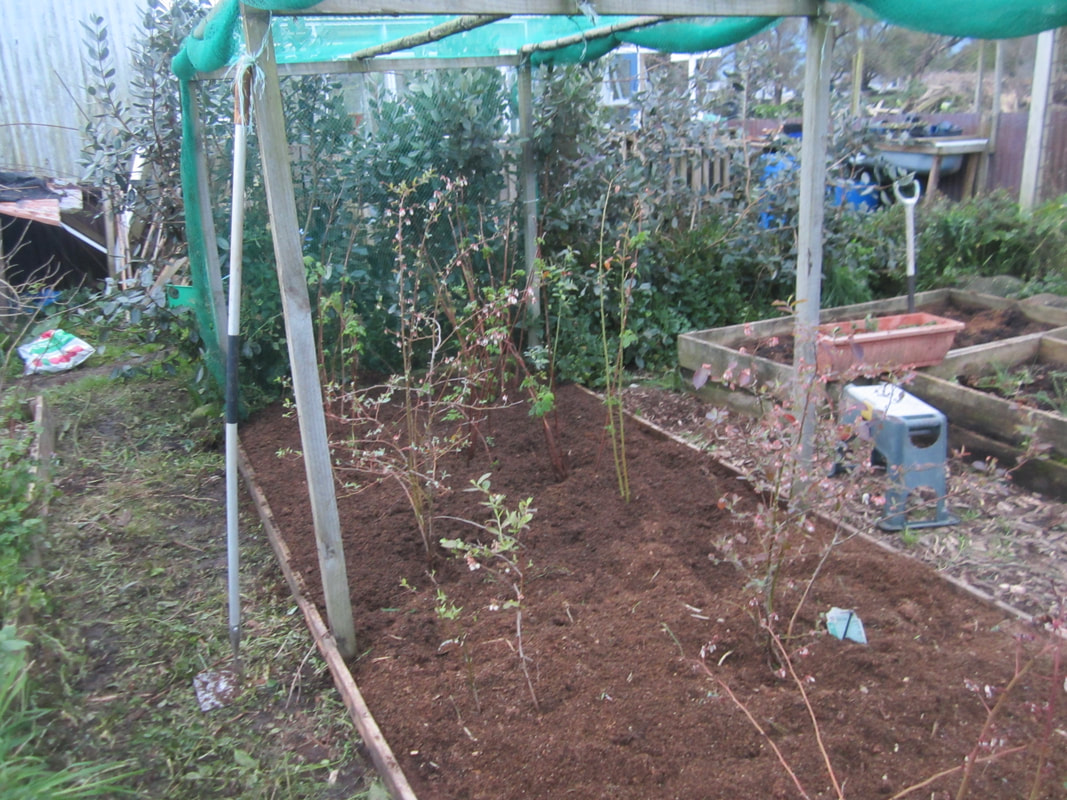
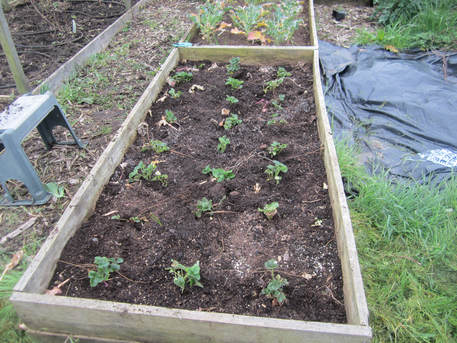
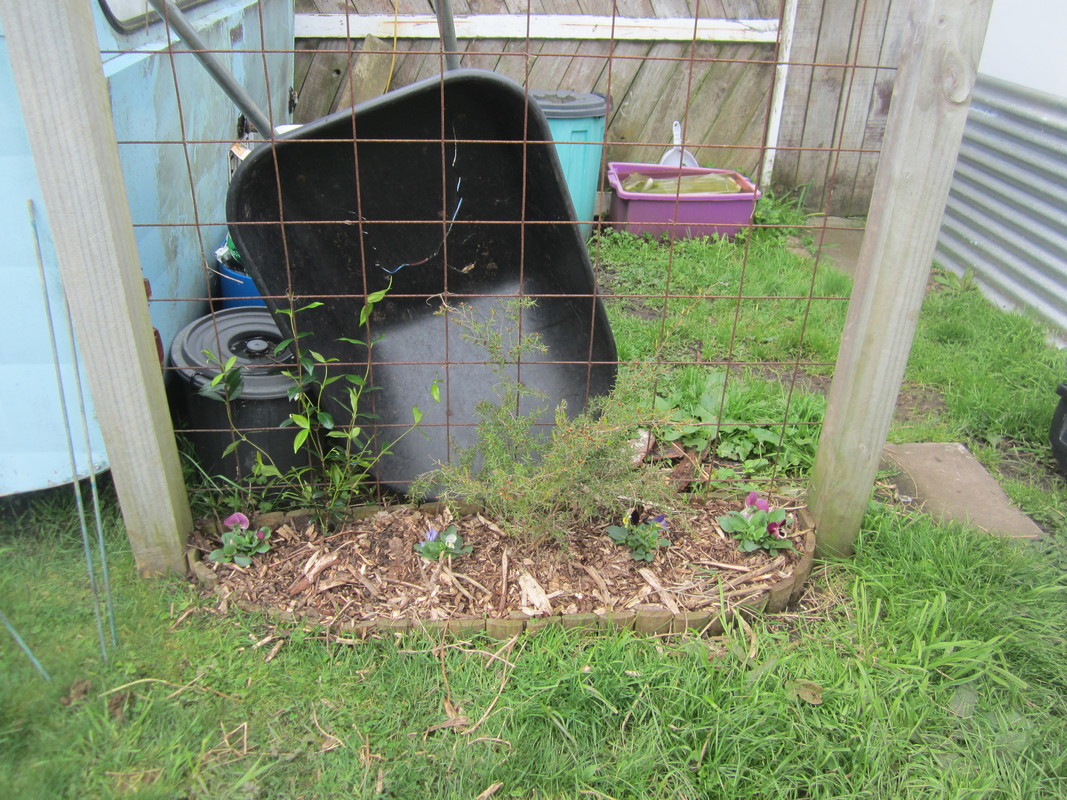

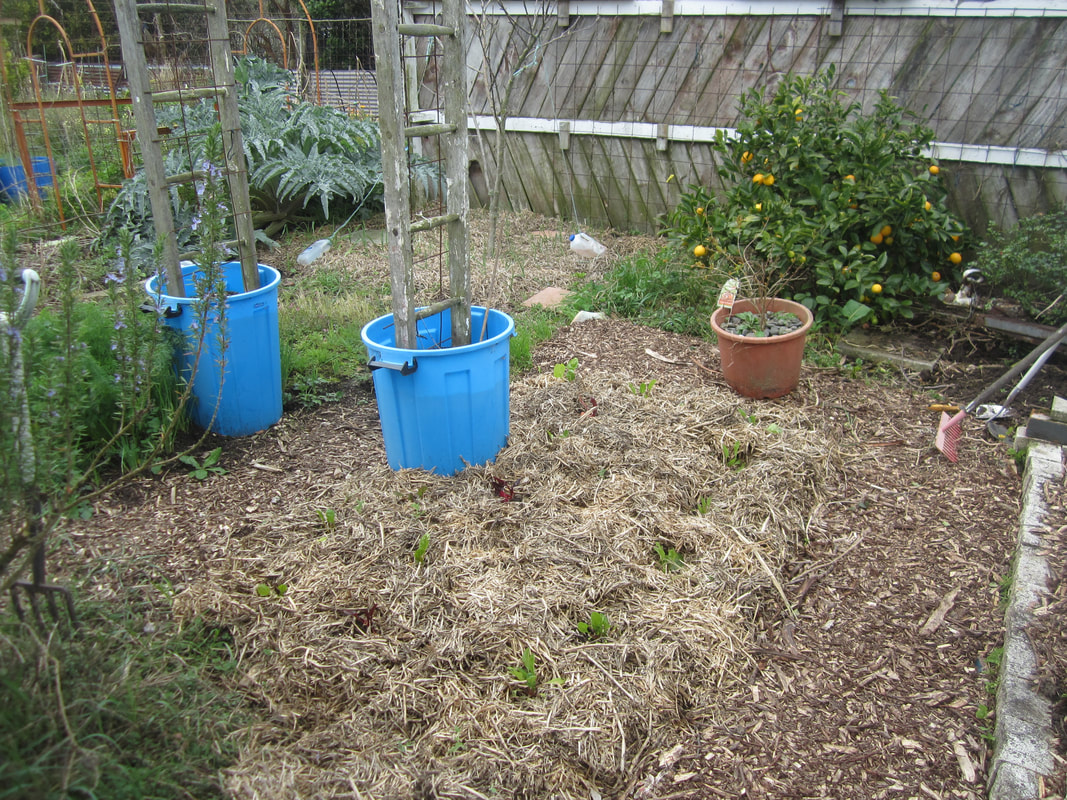
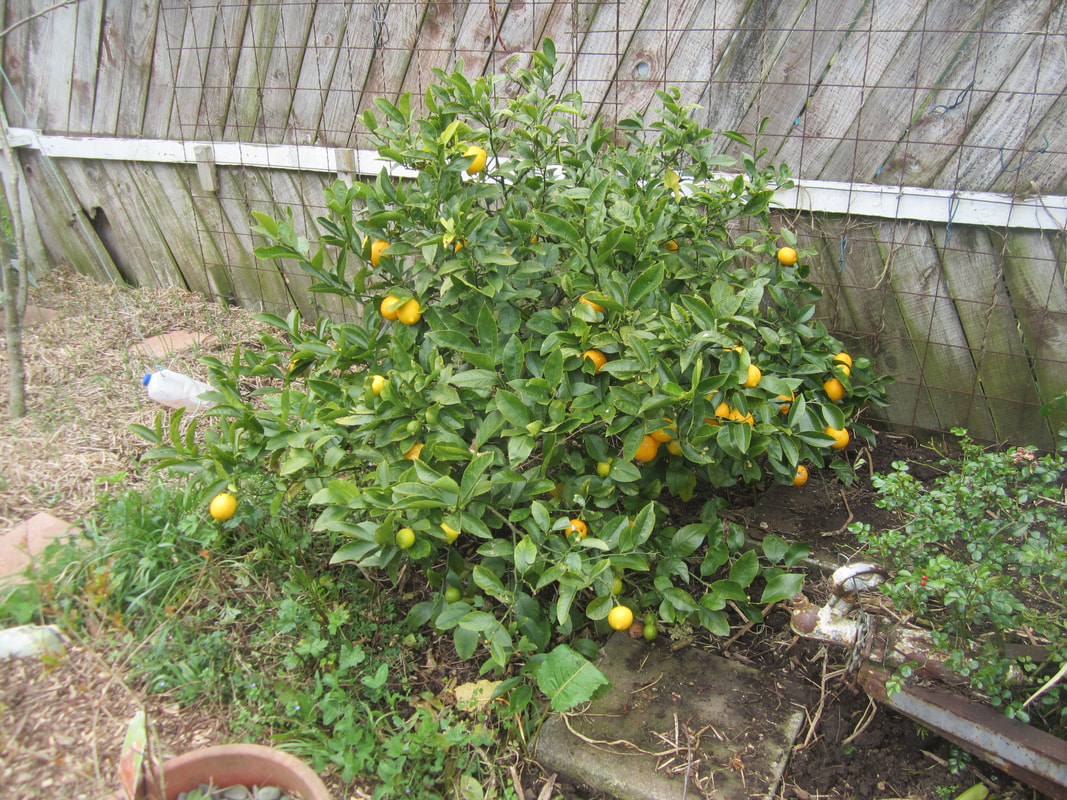
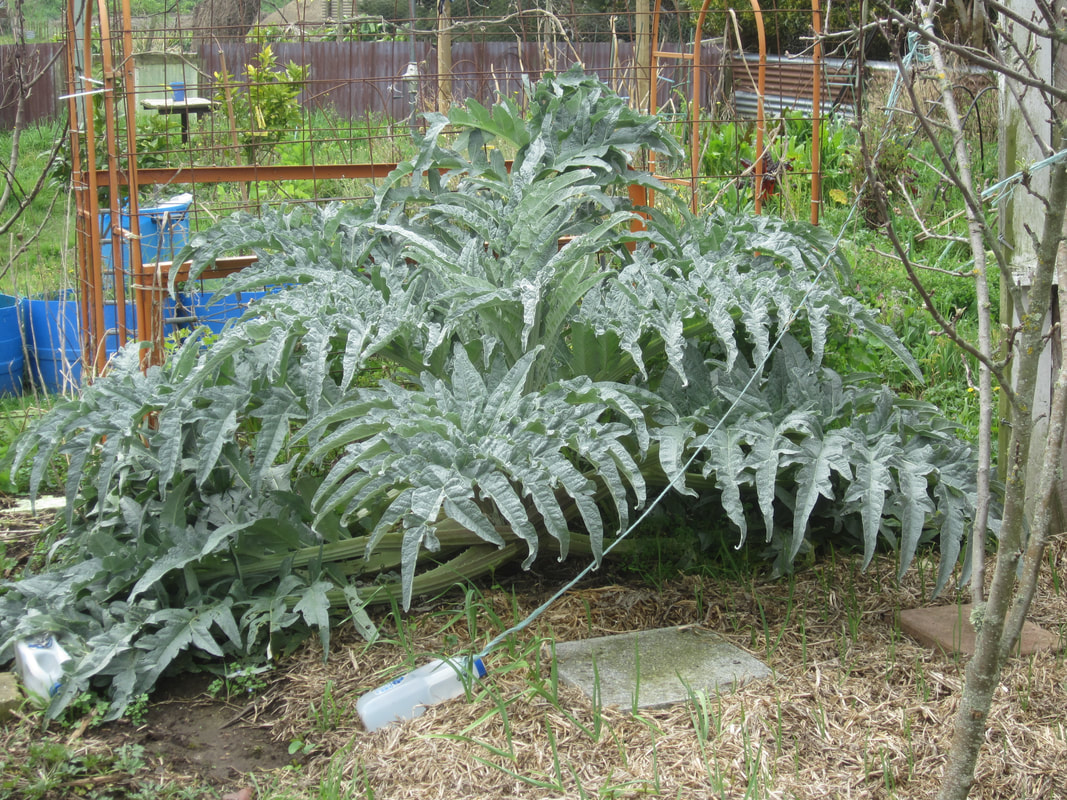
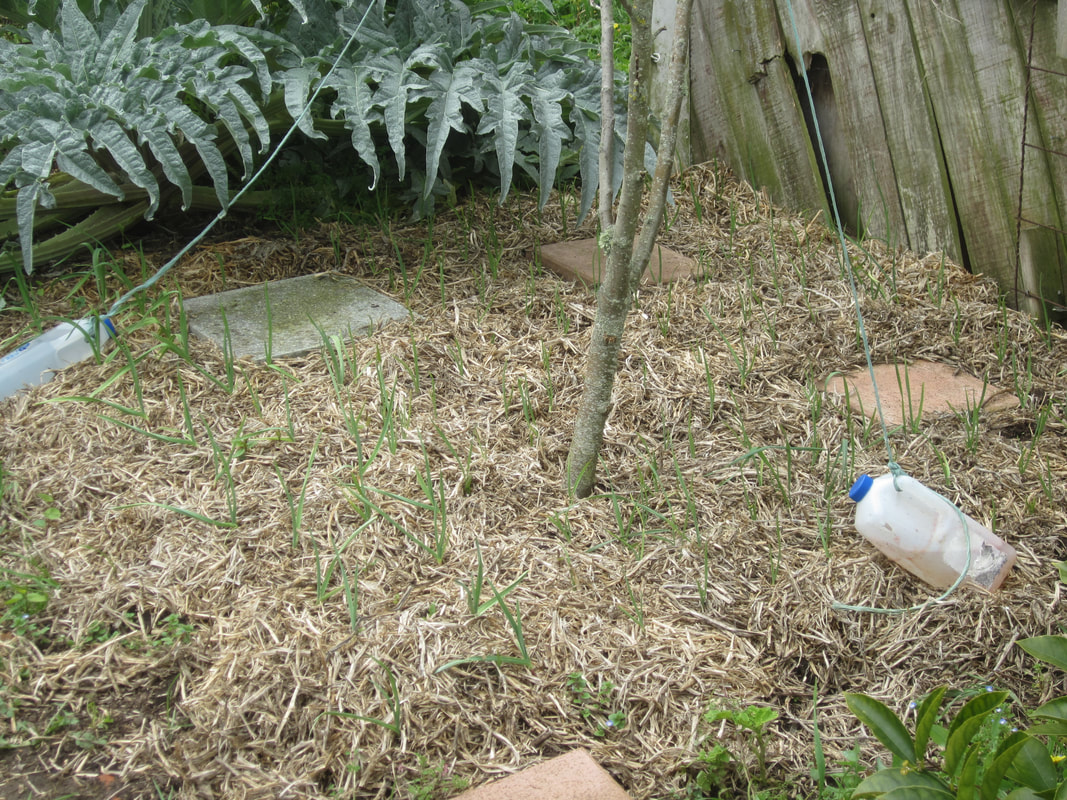
 RSS Feed
RSS Feed
